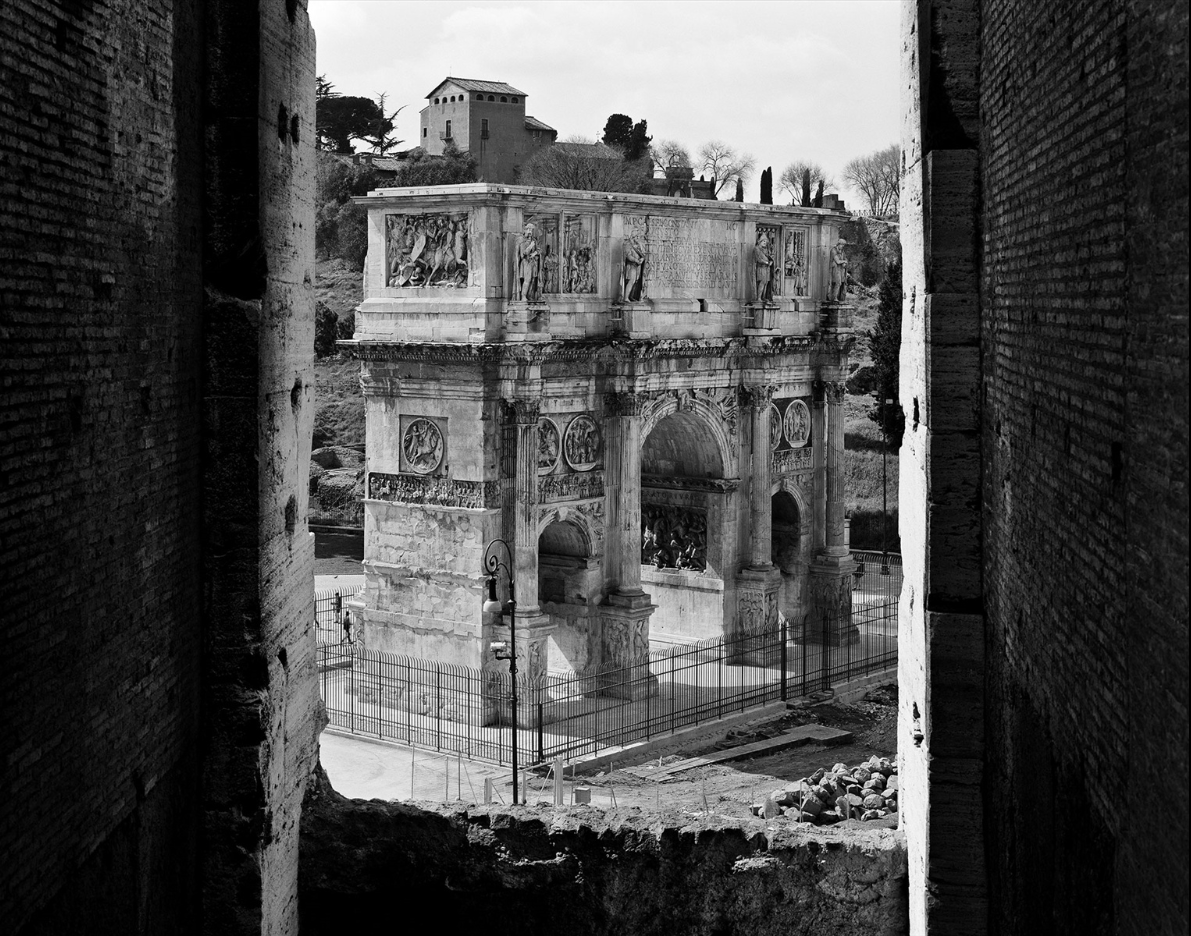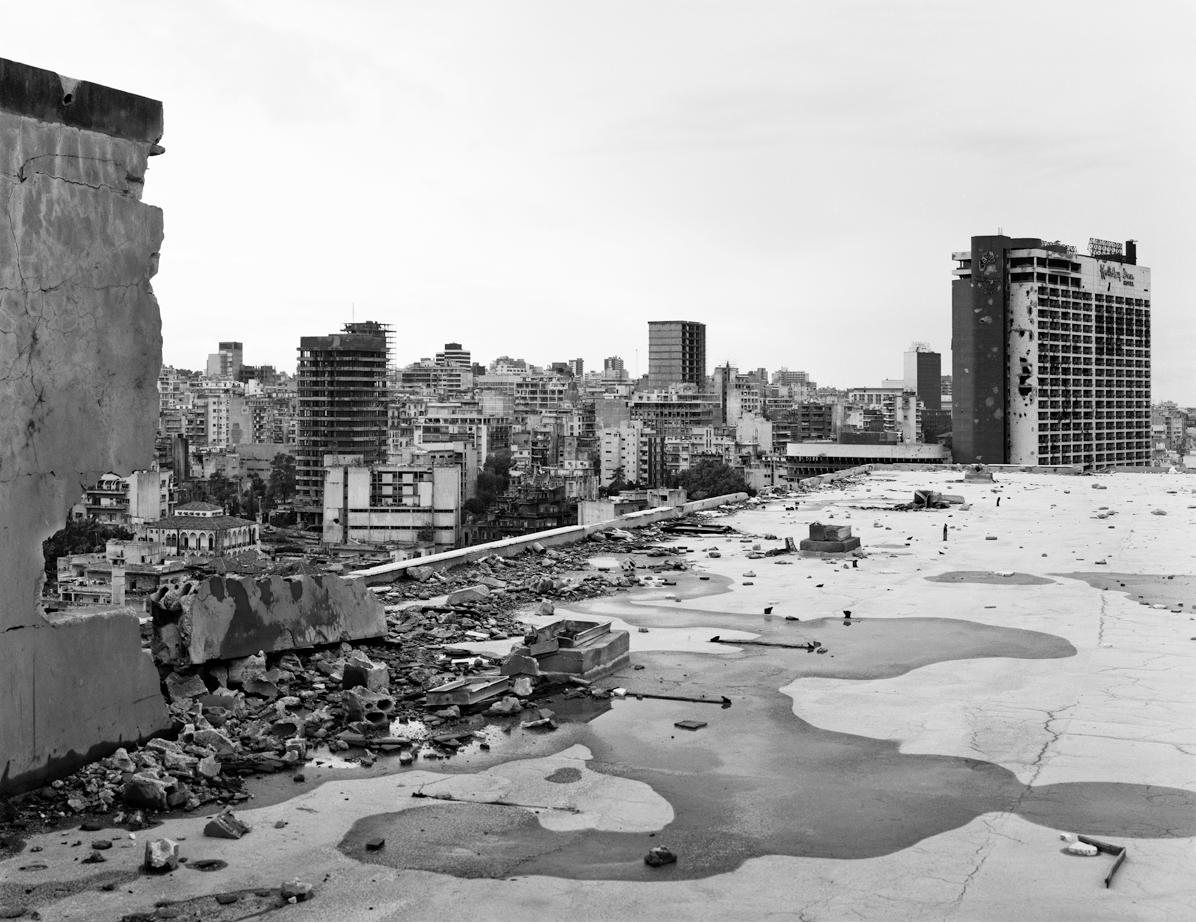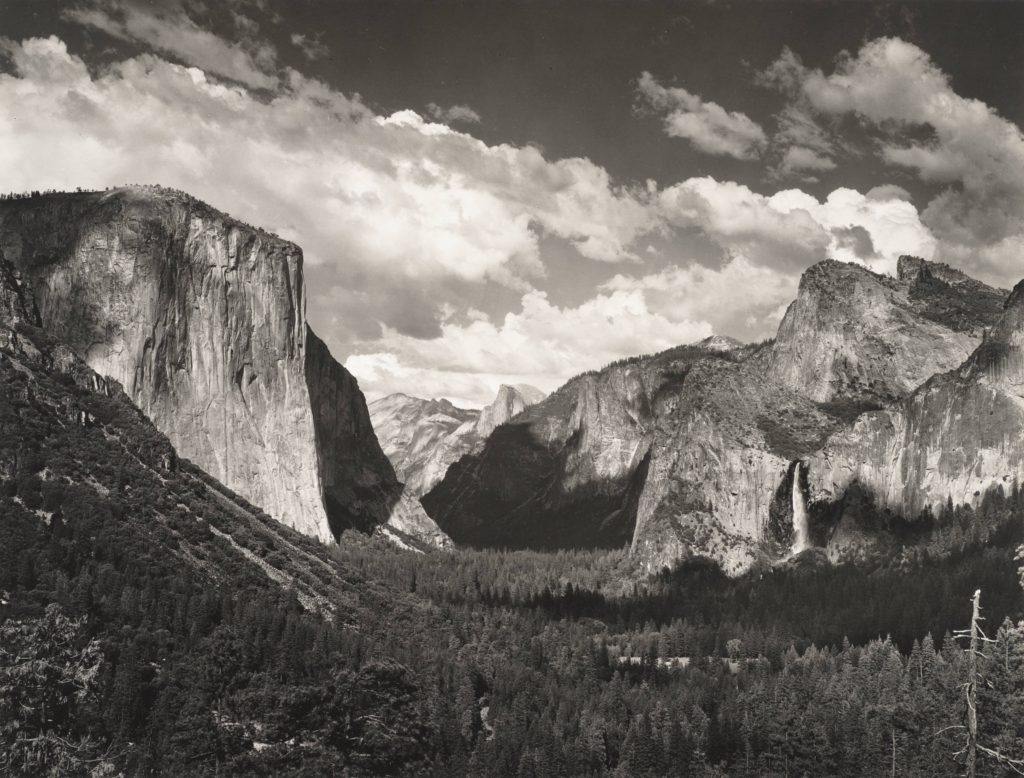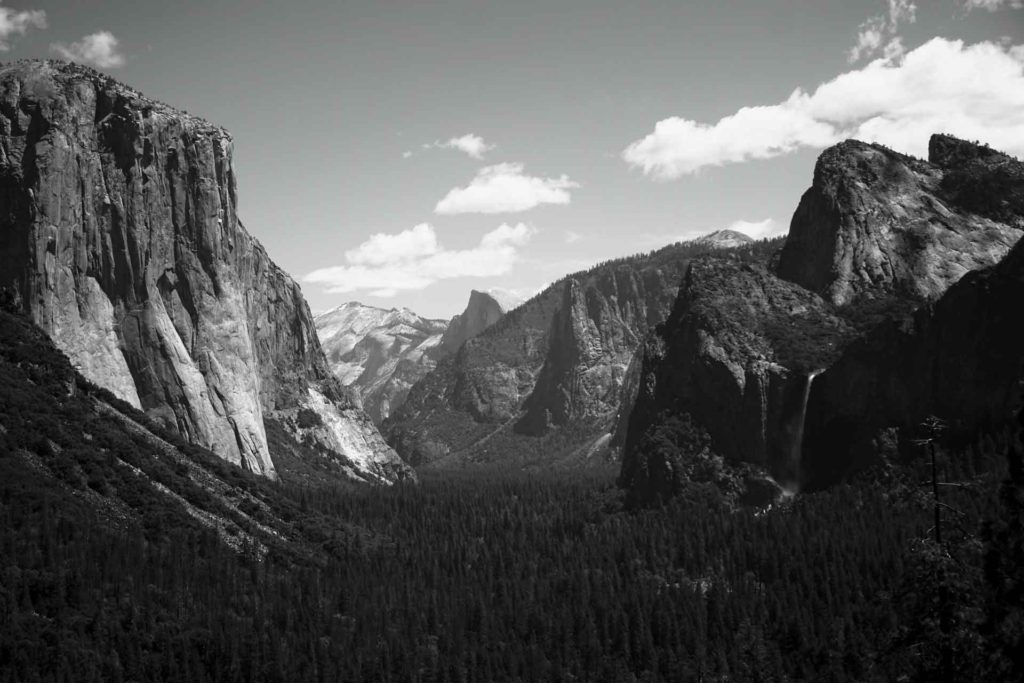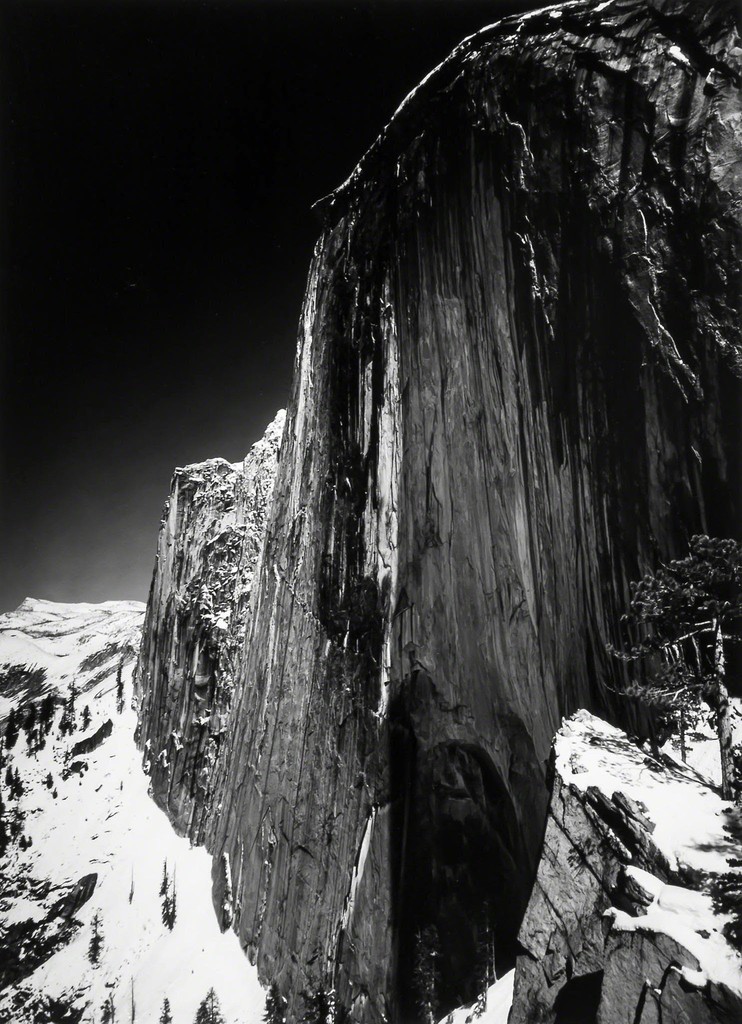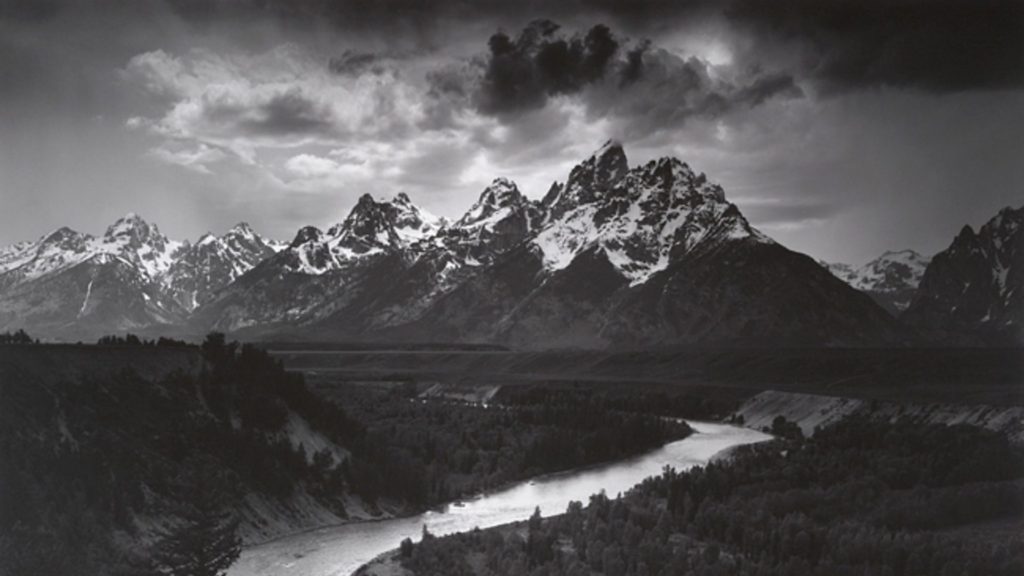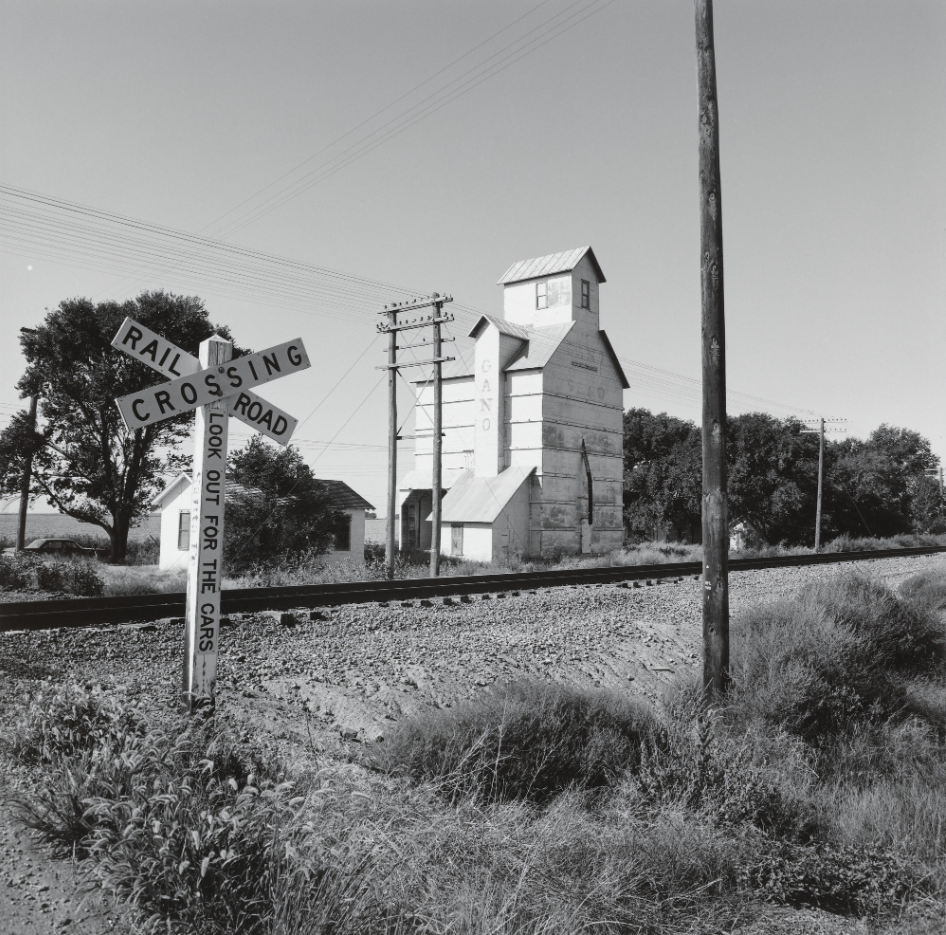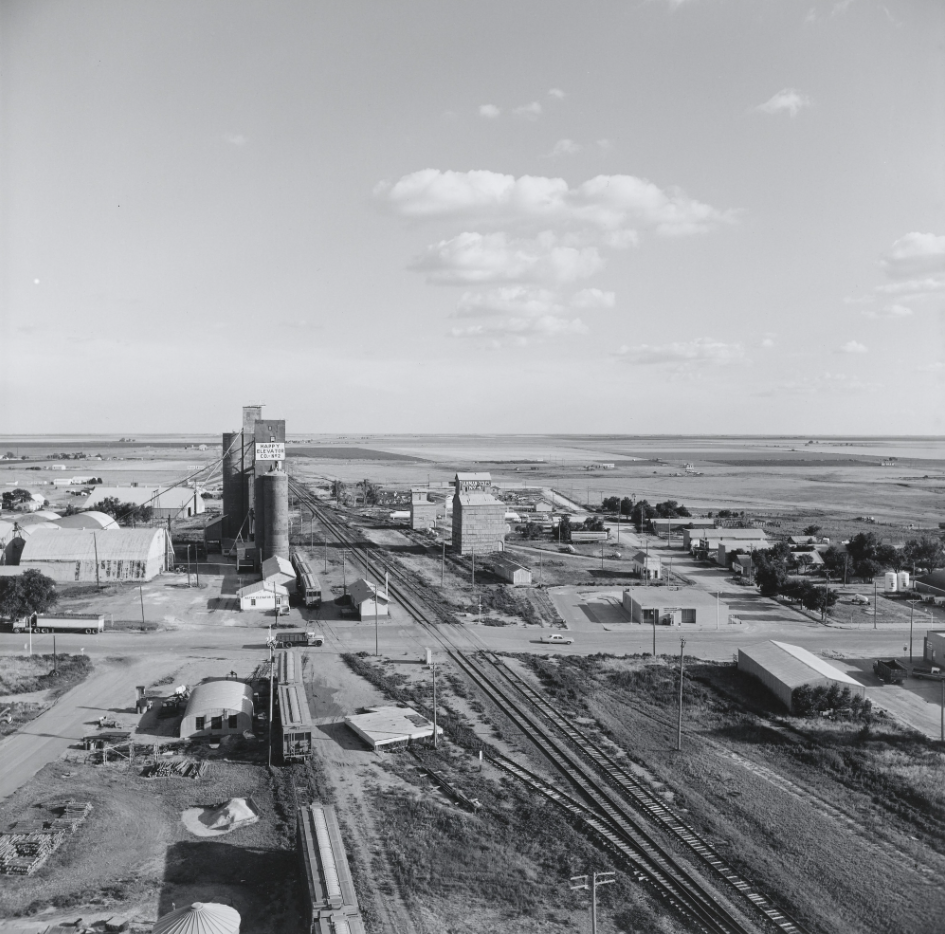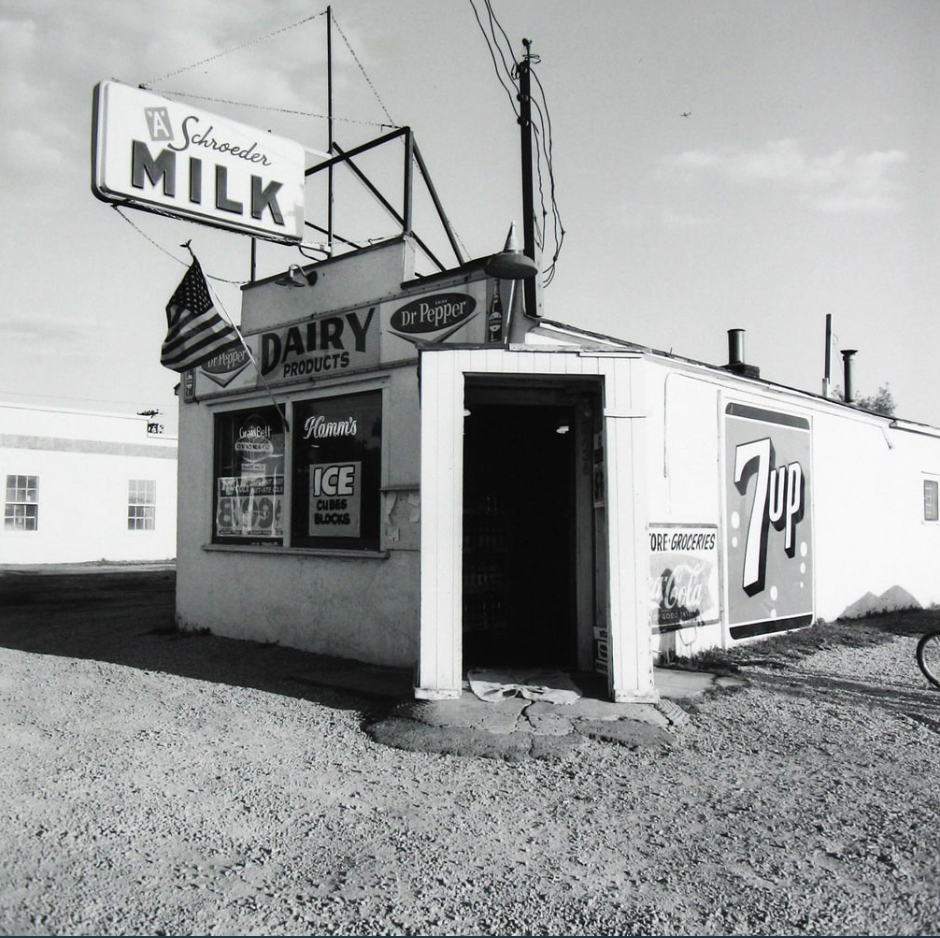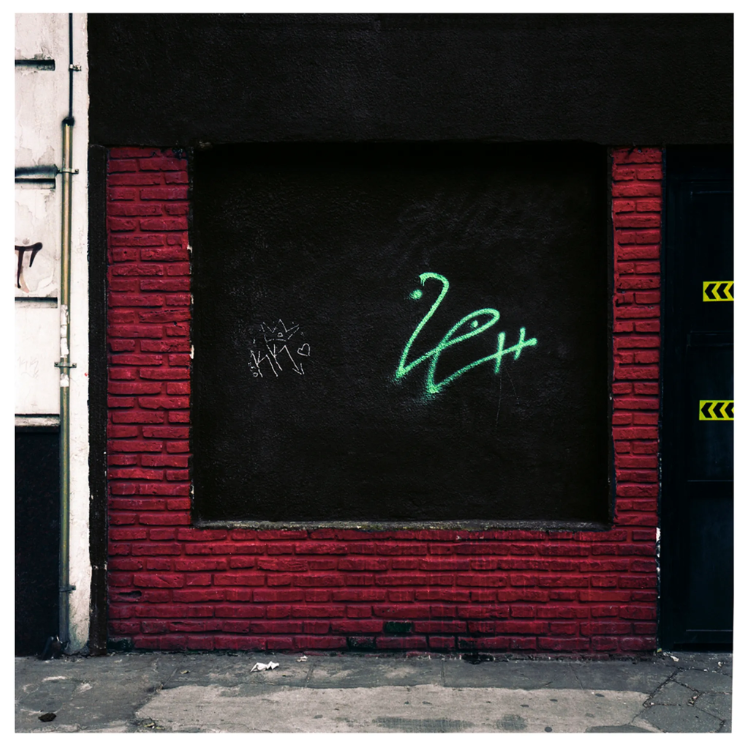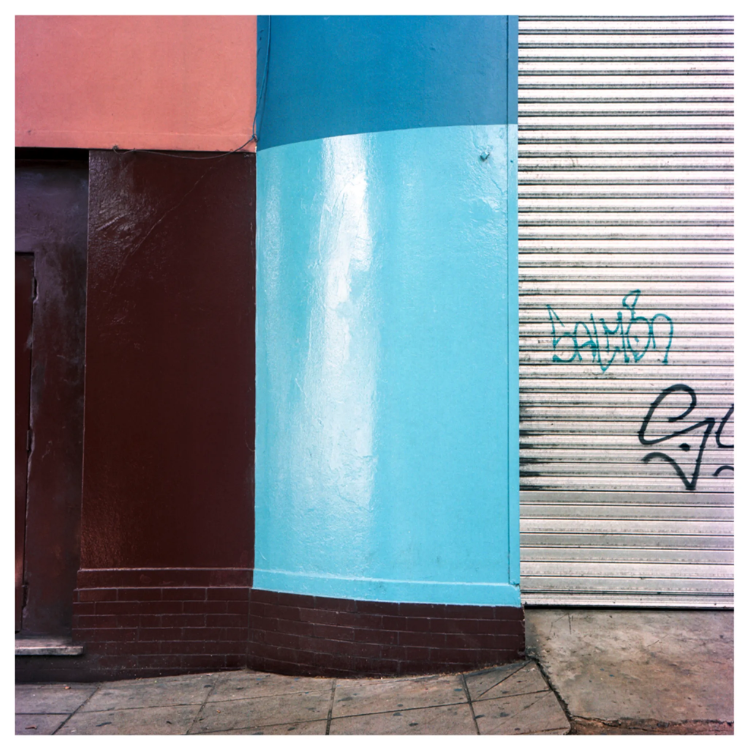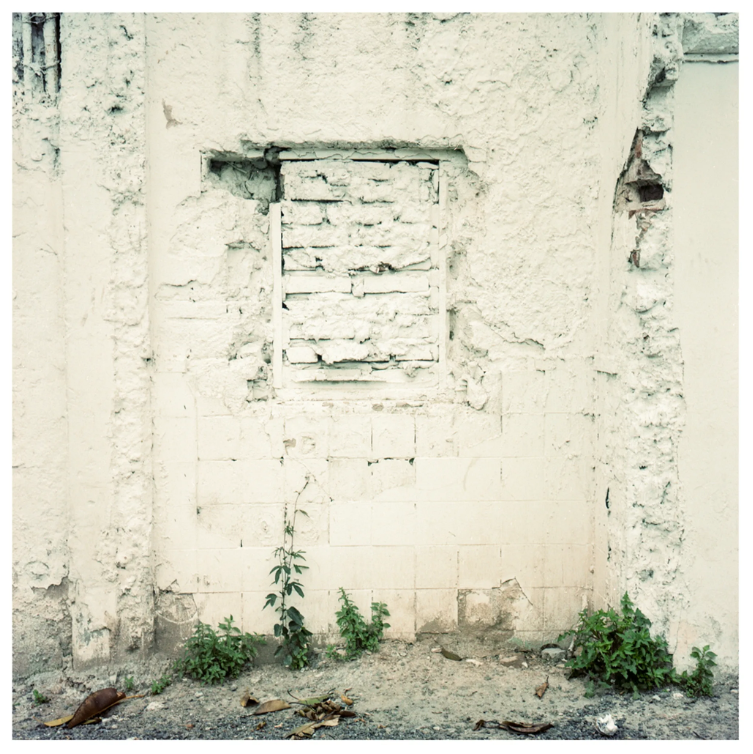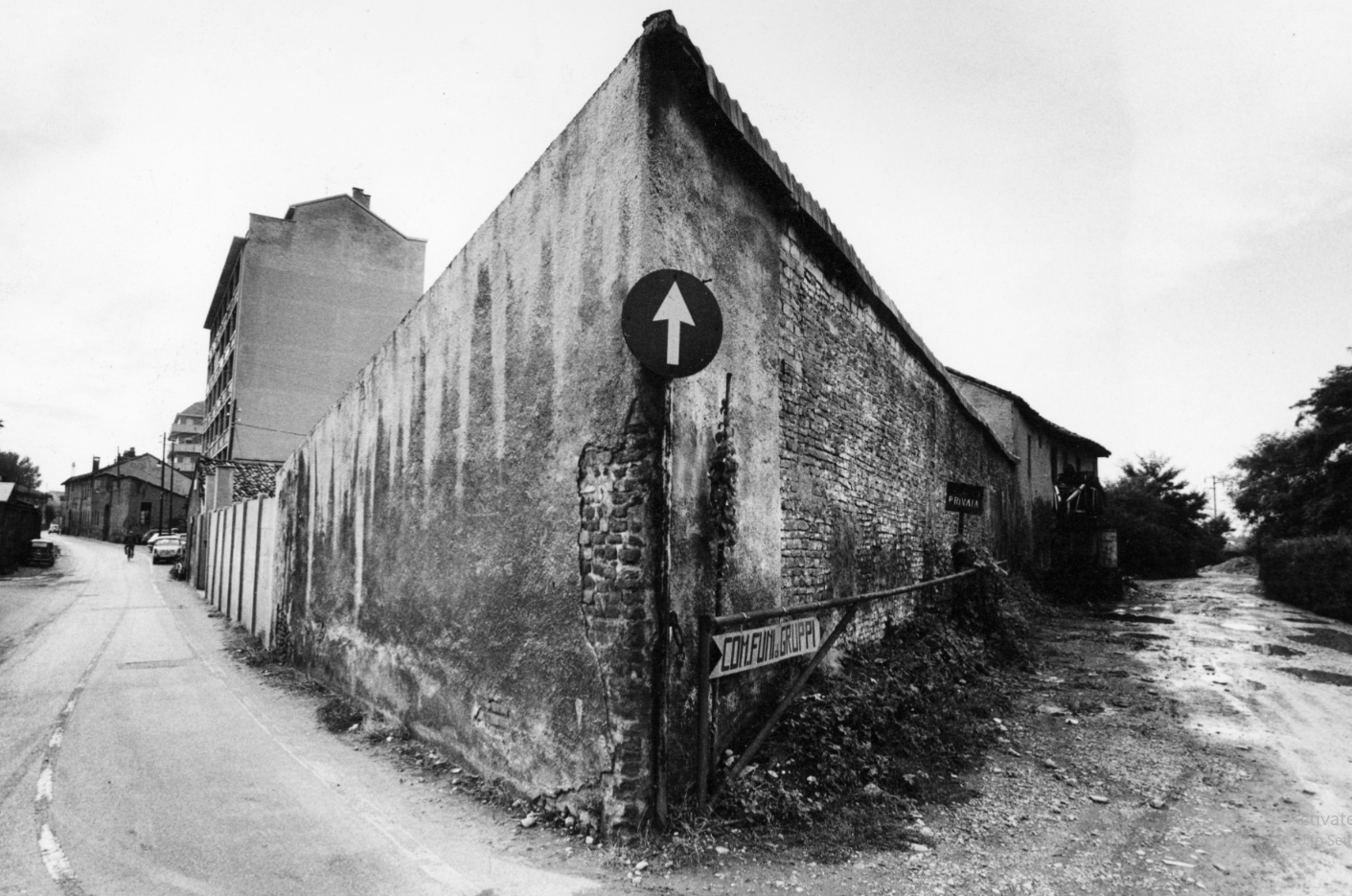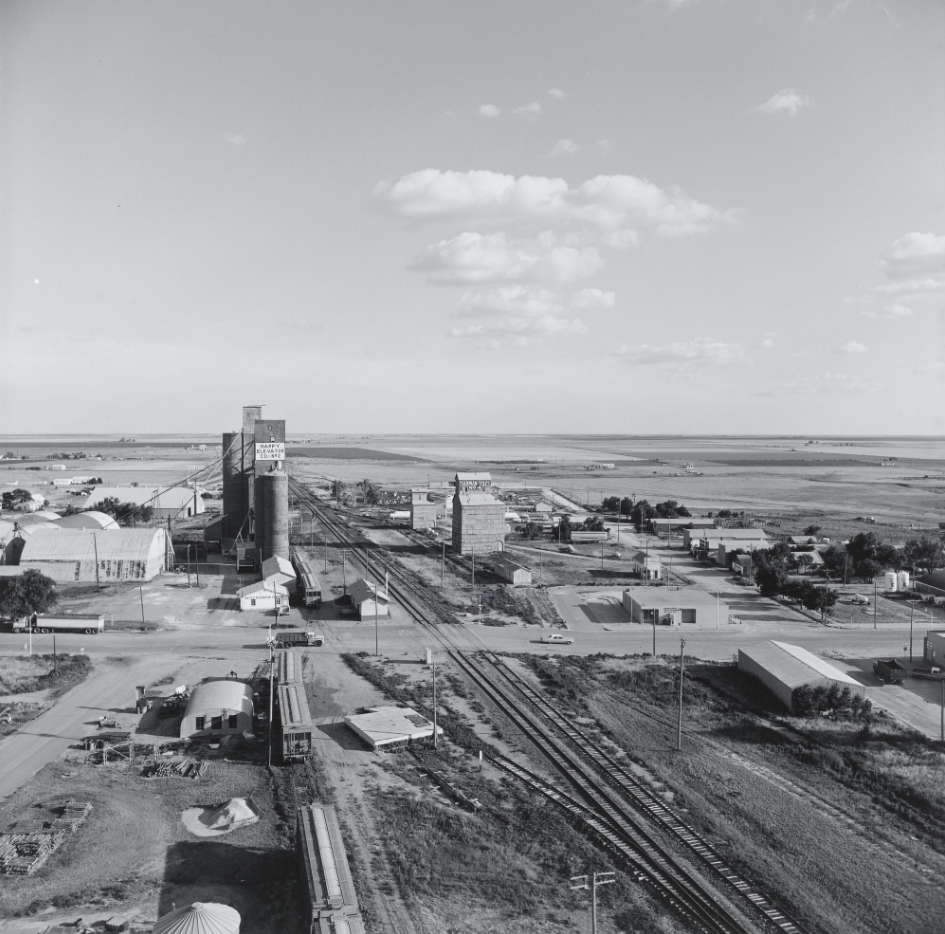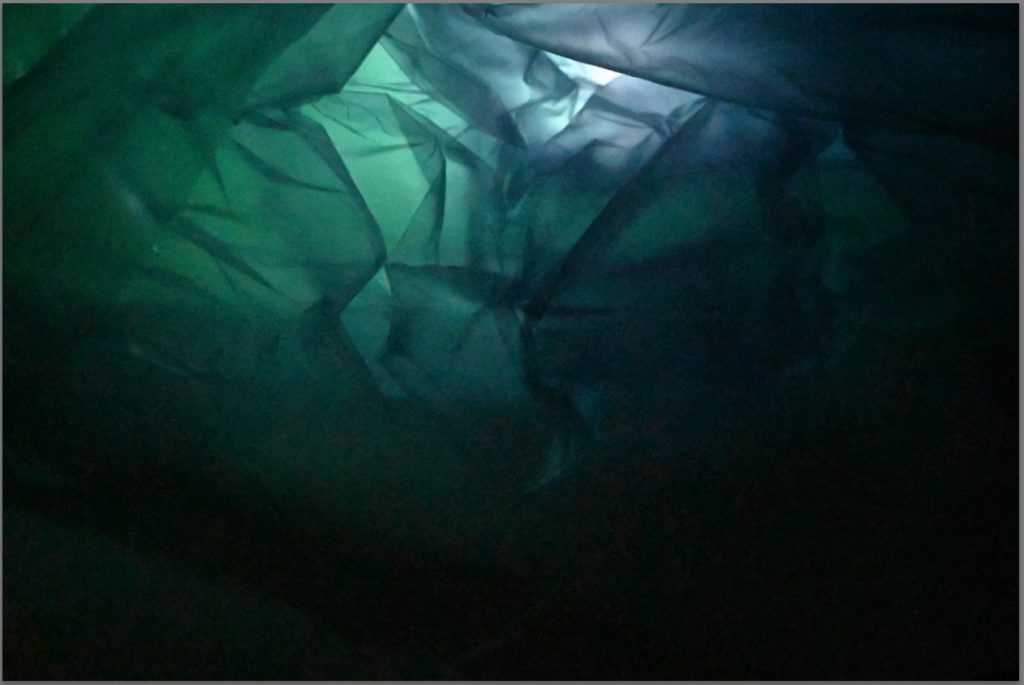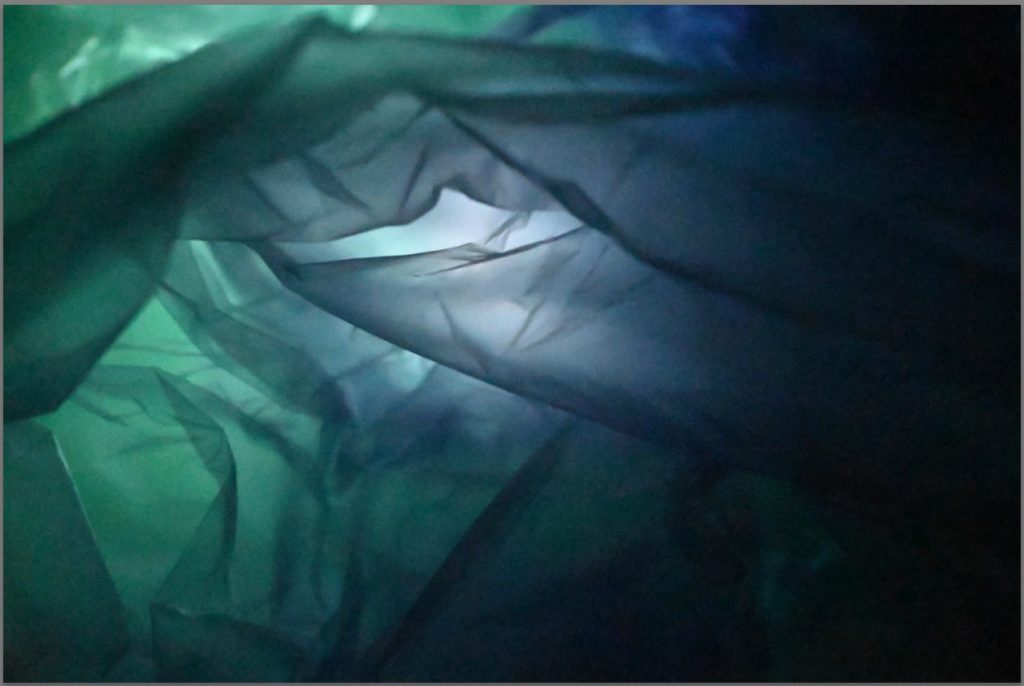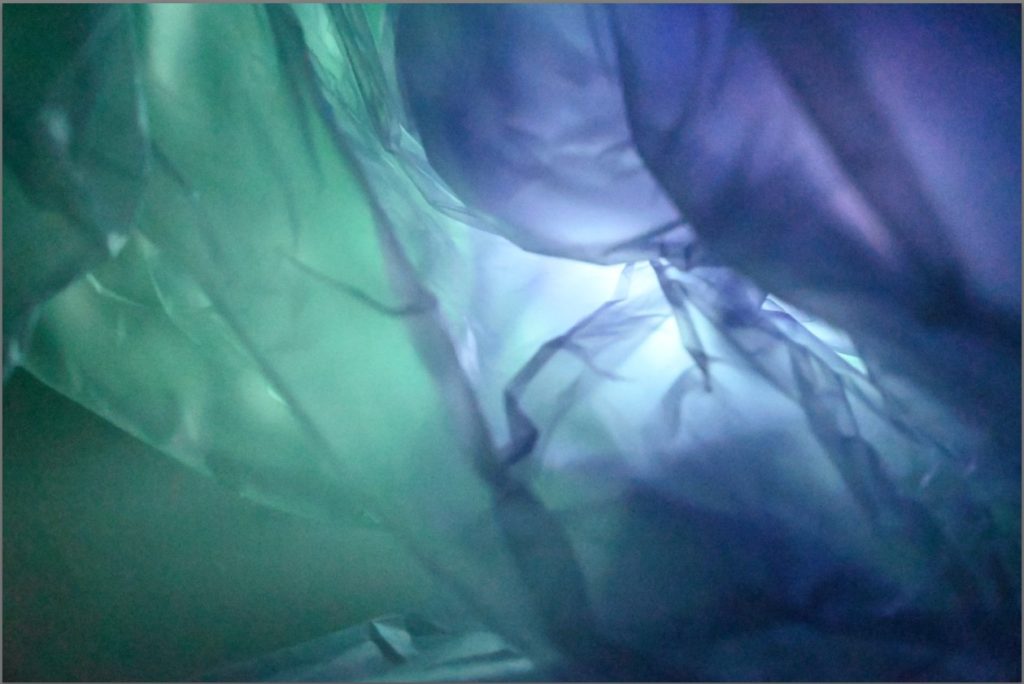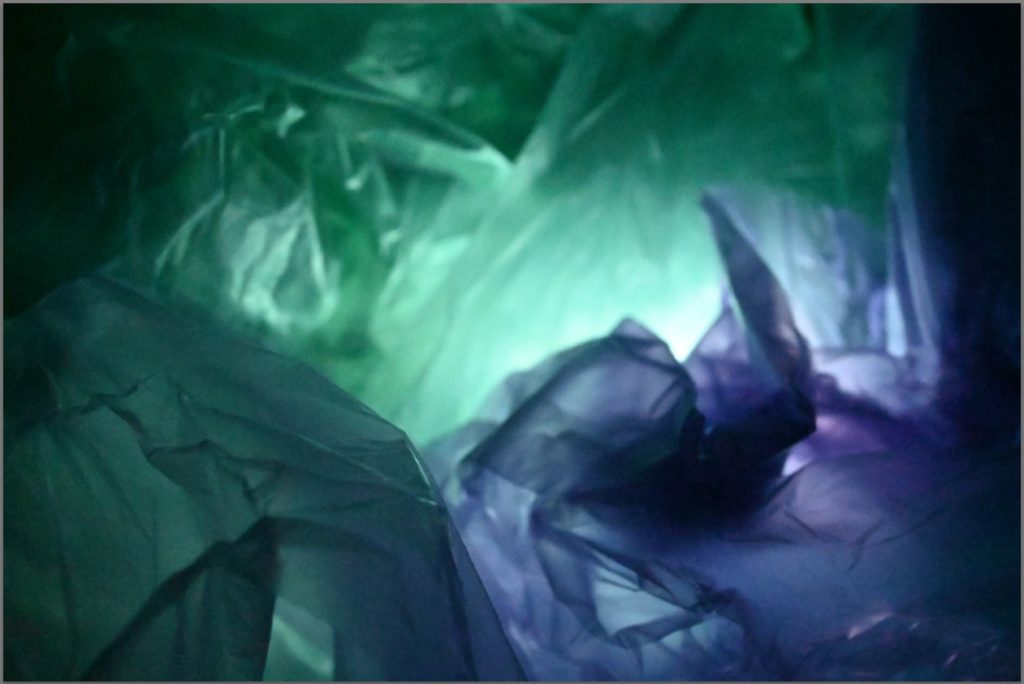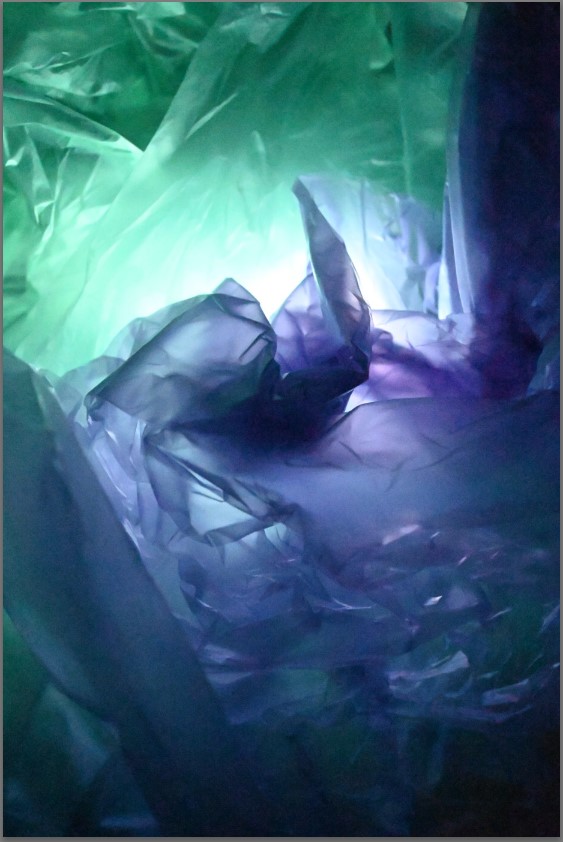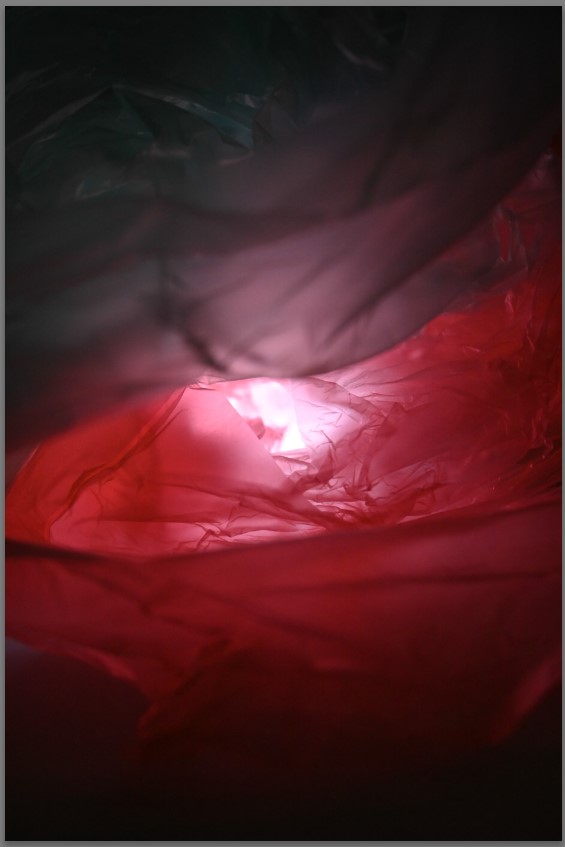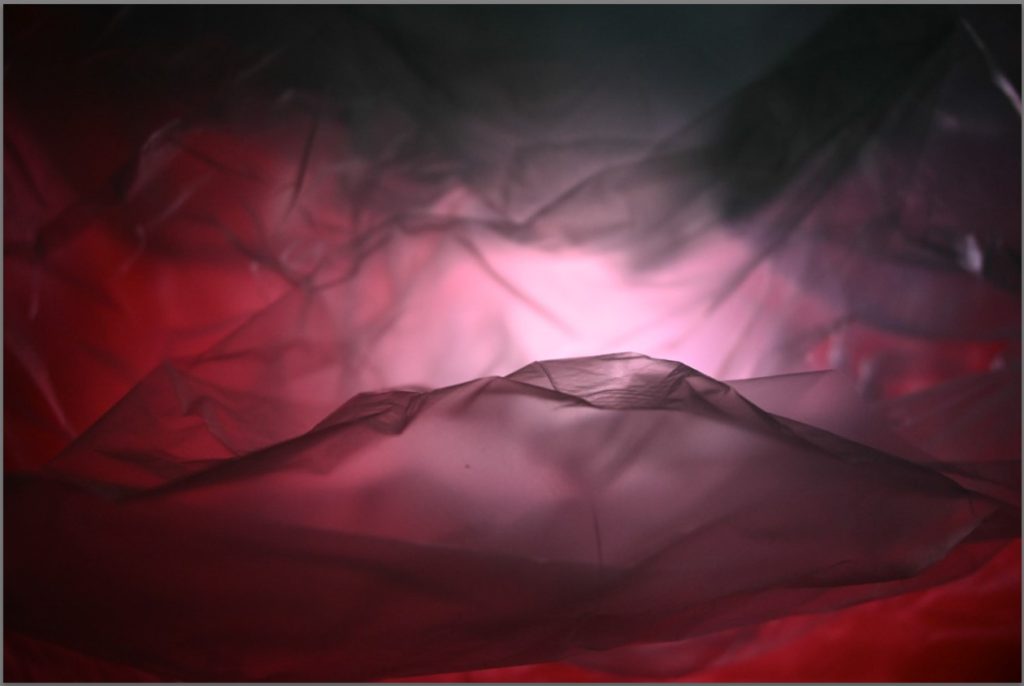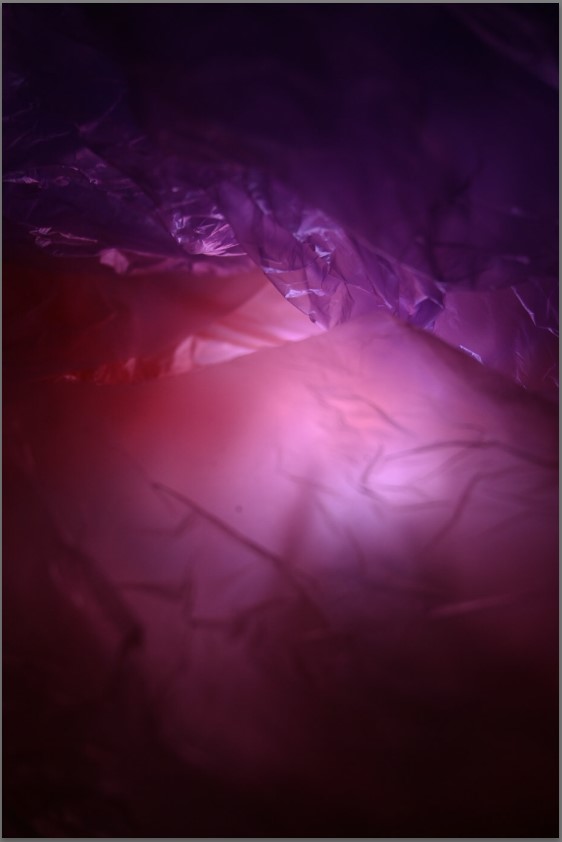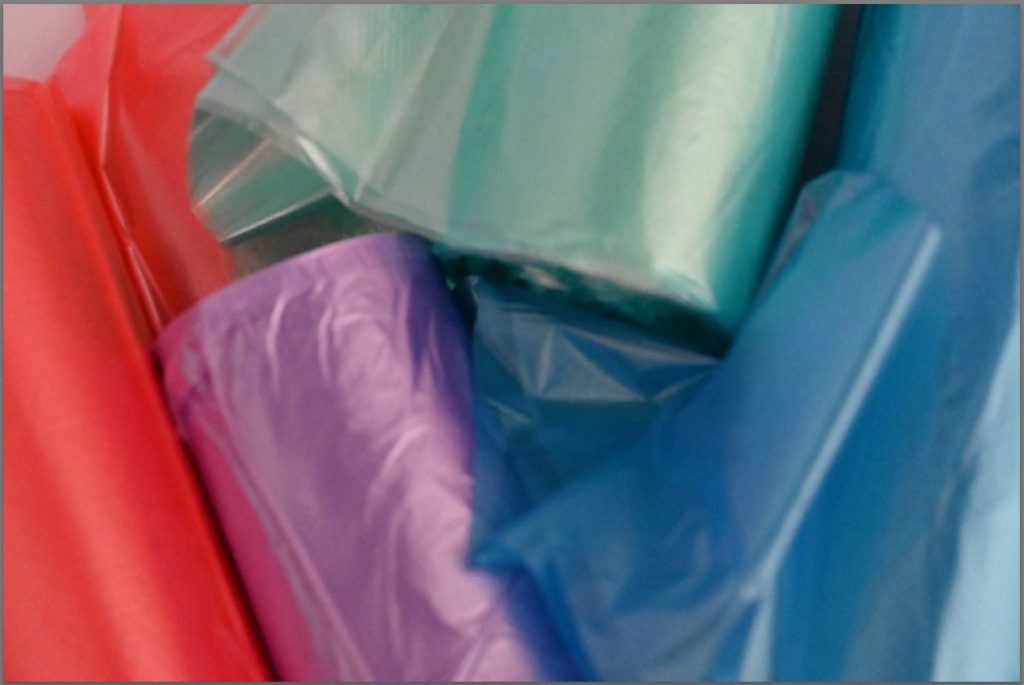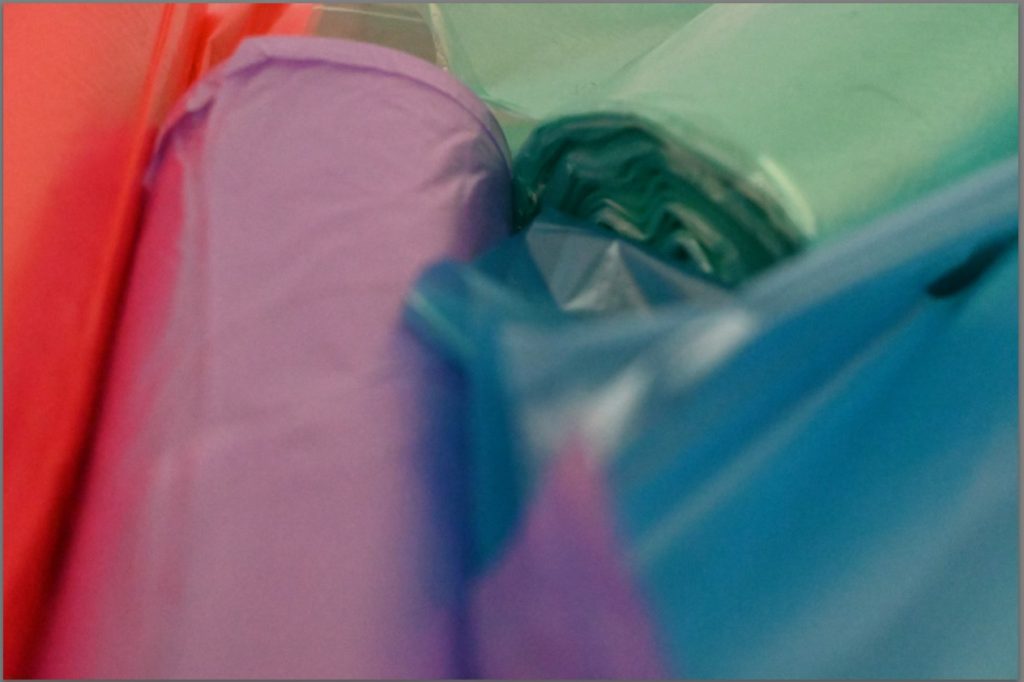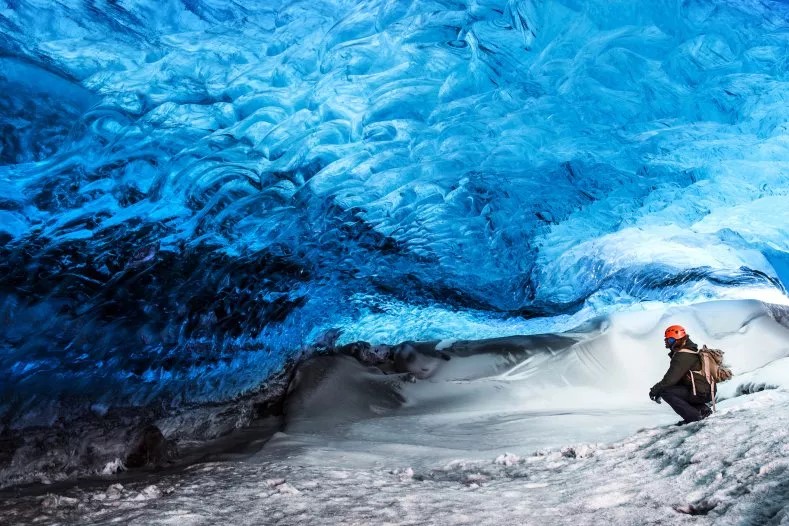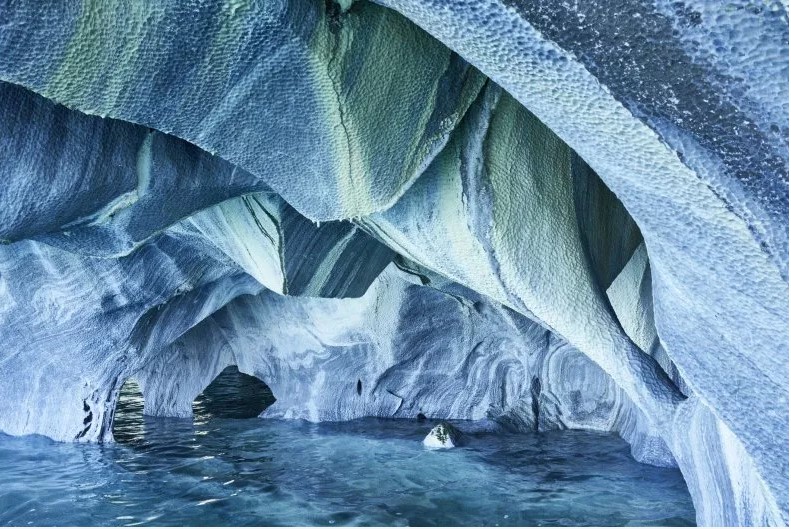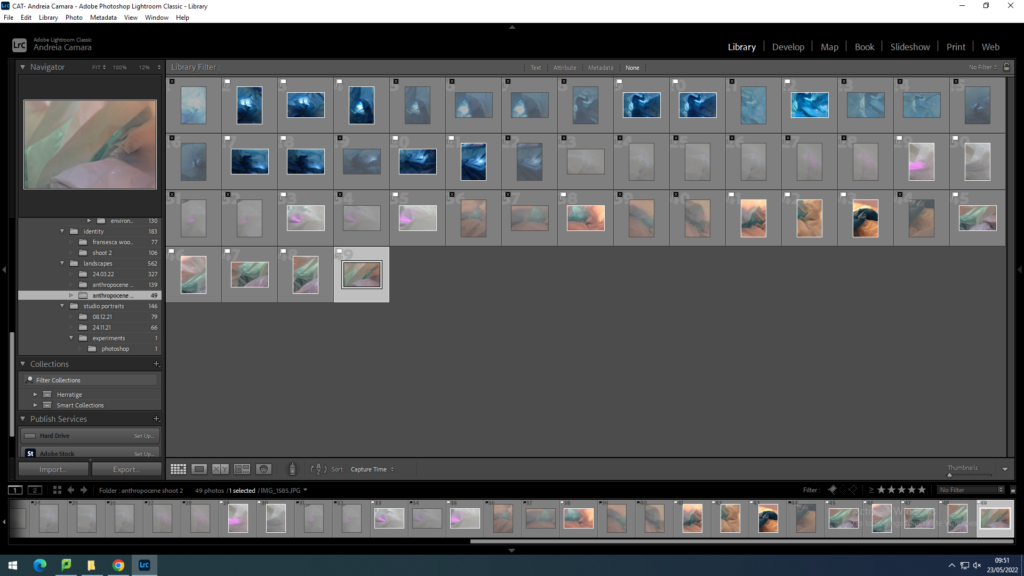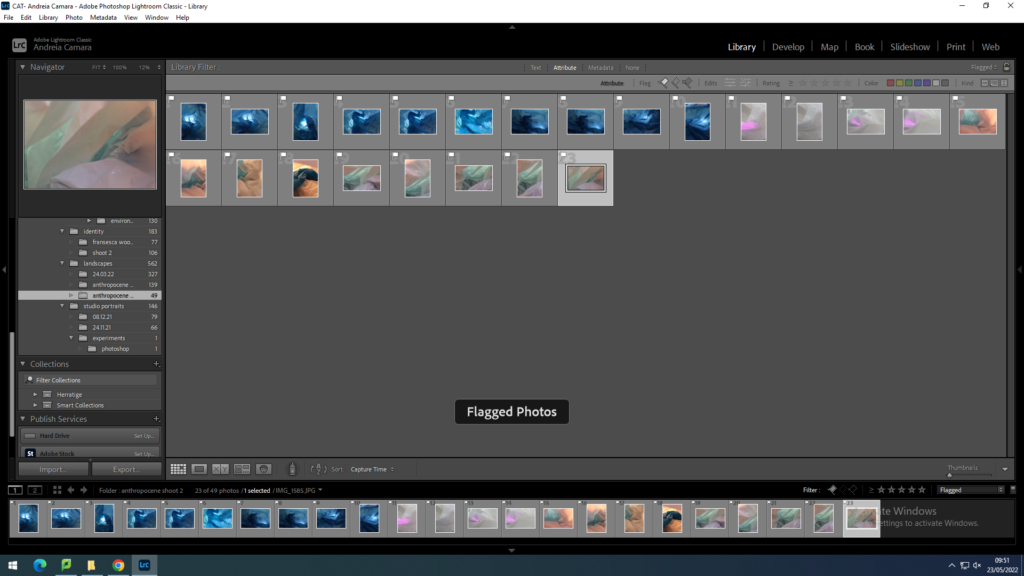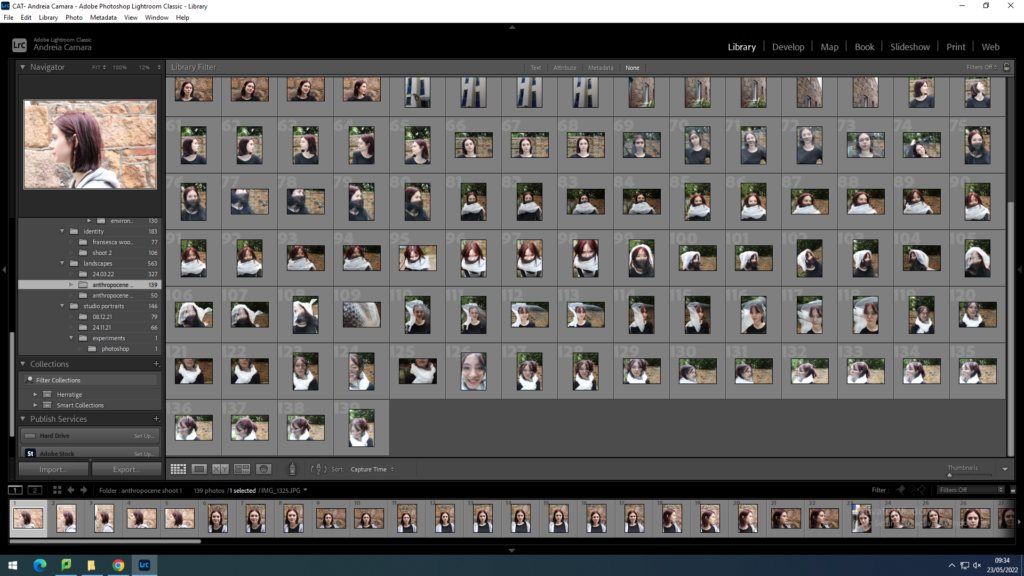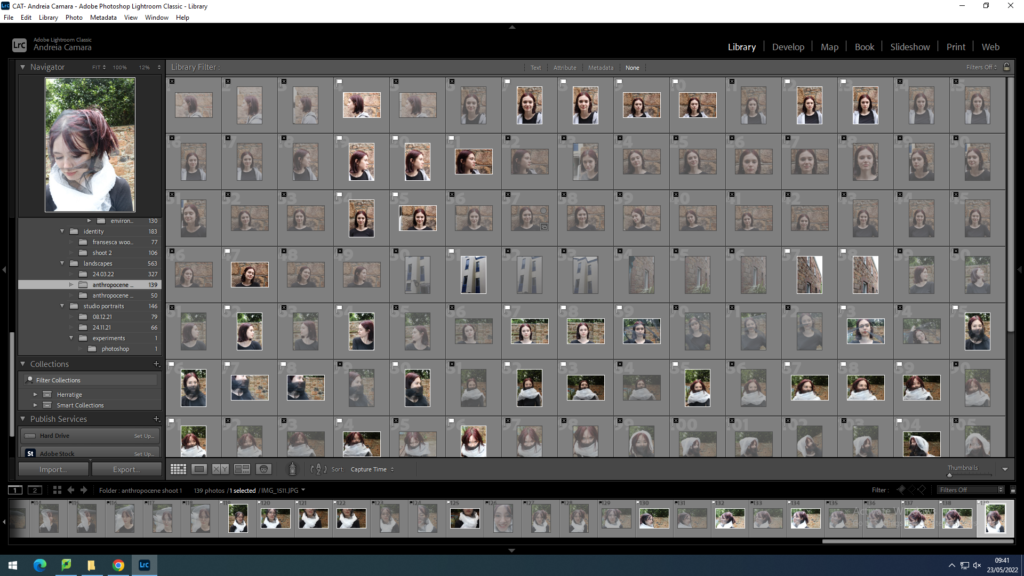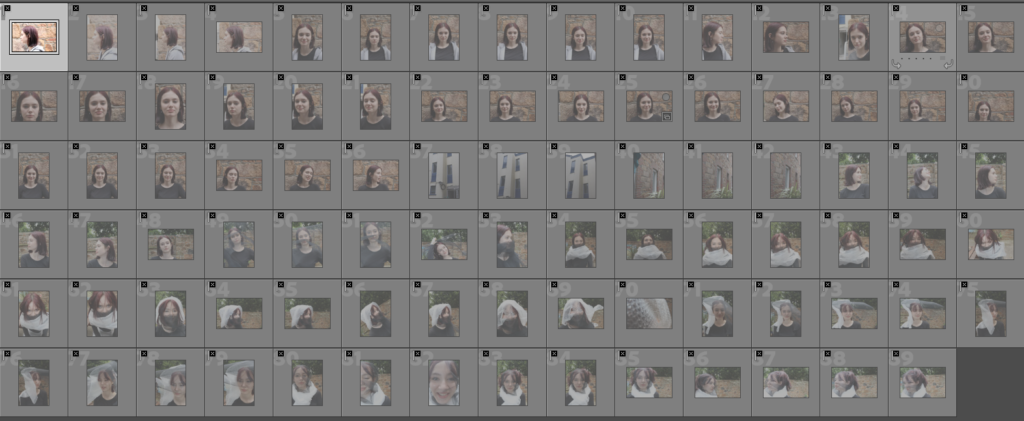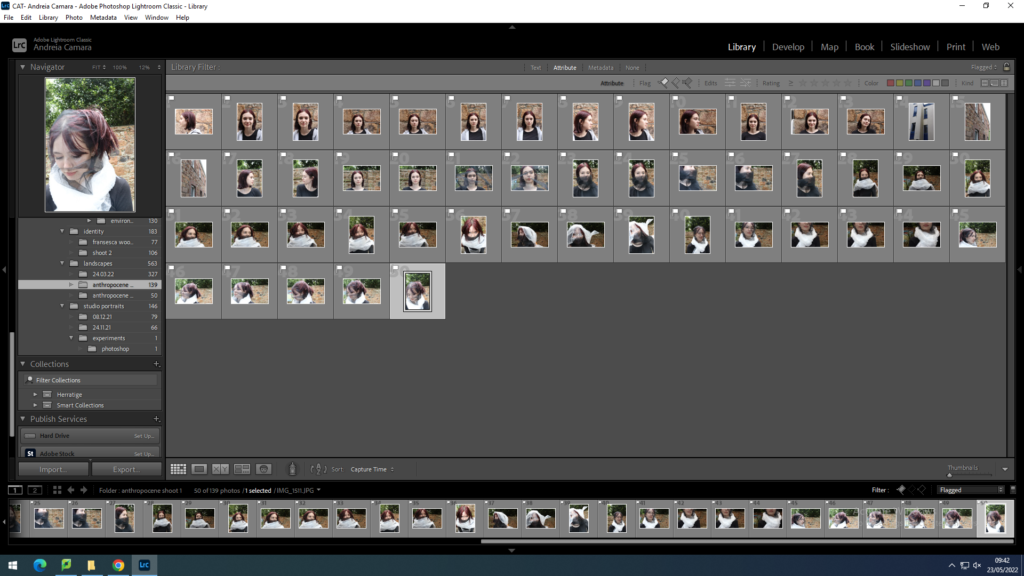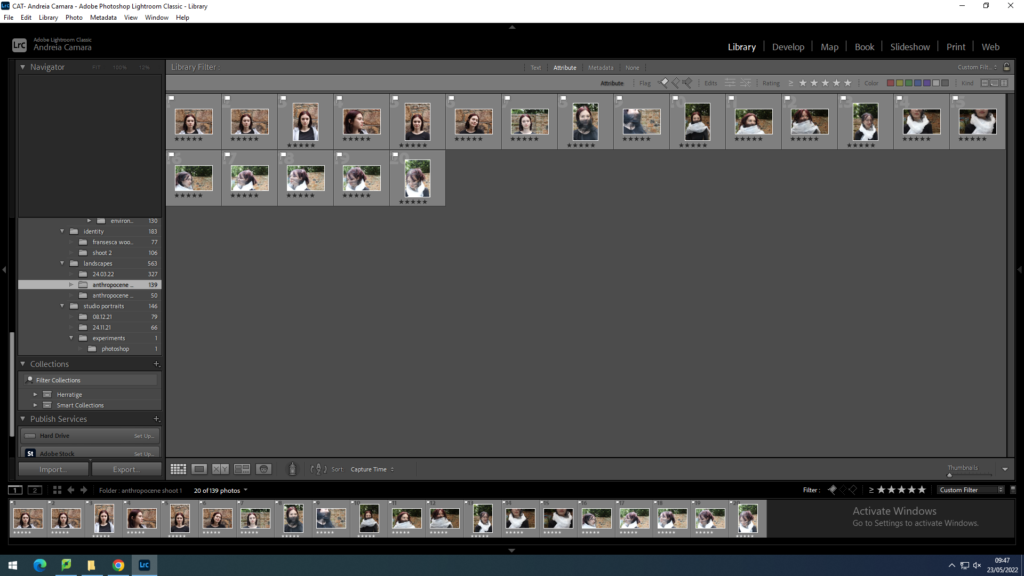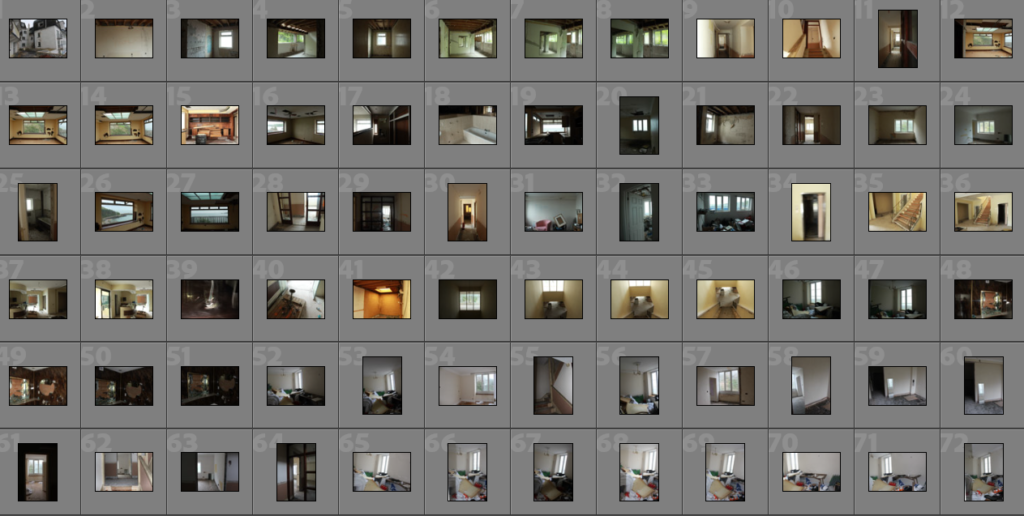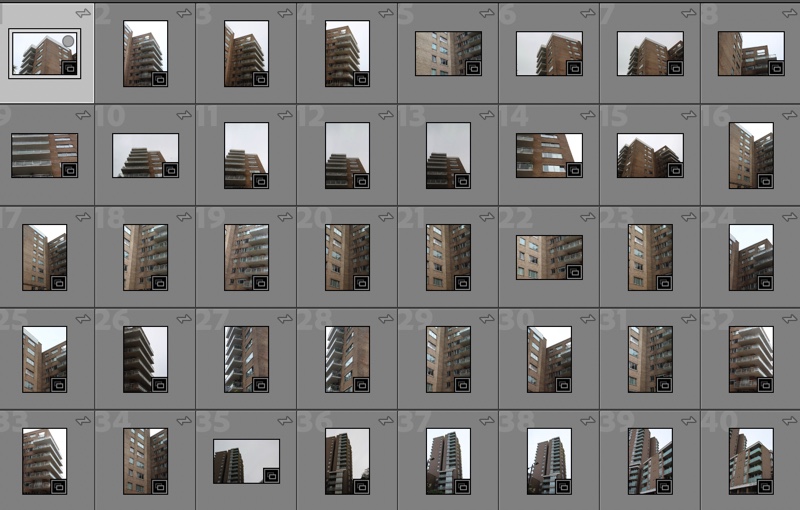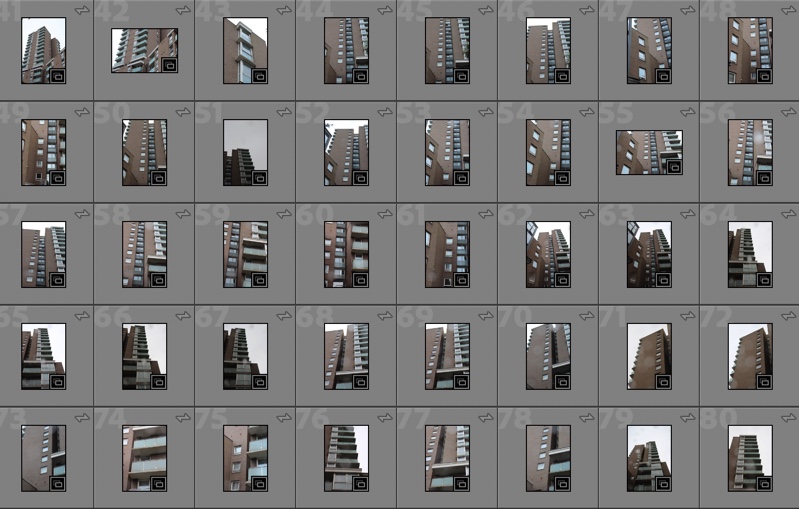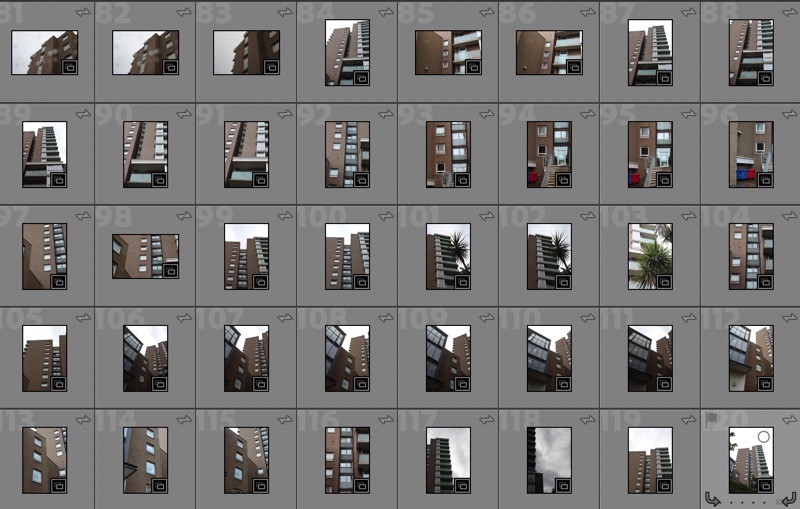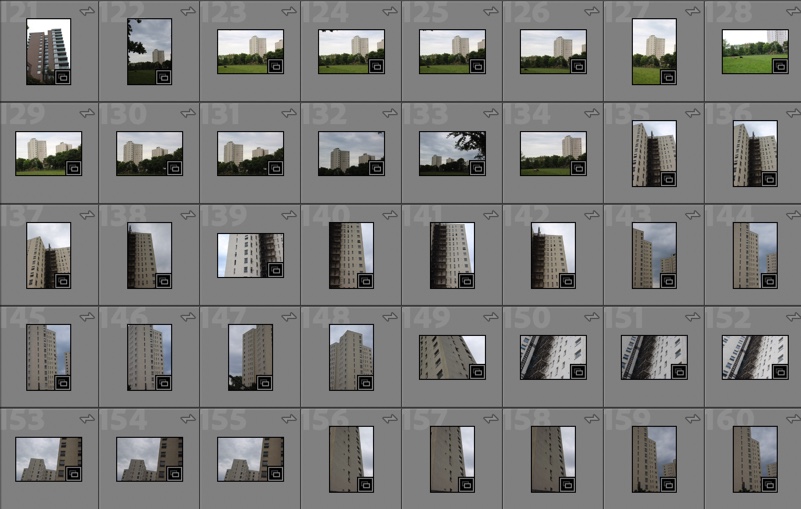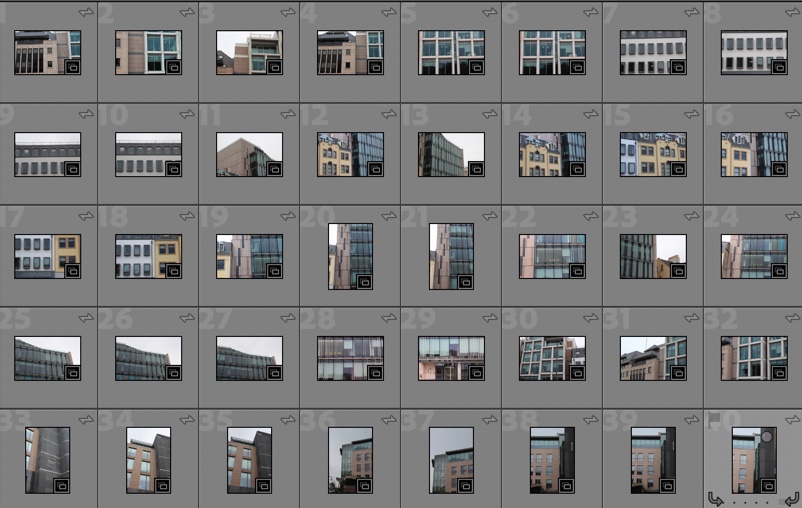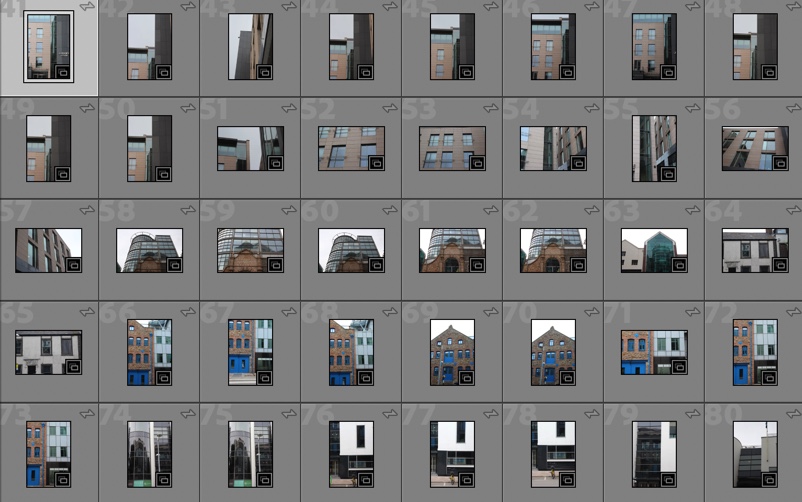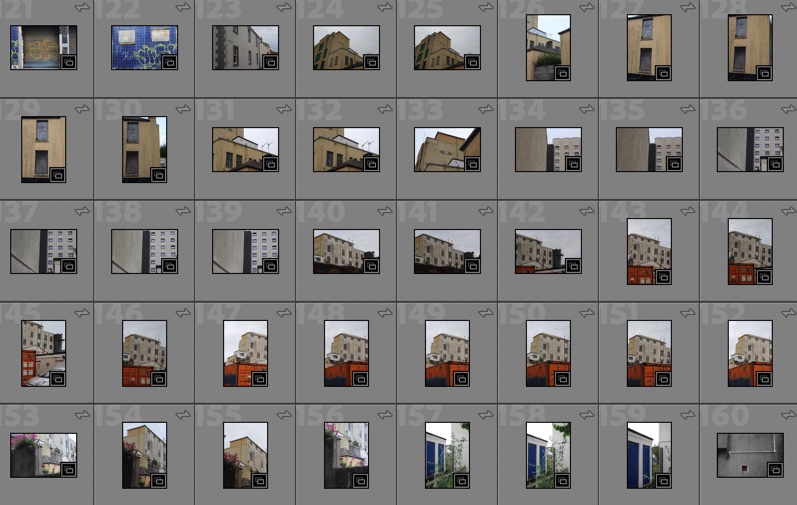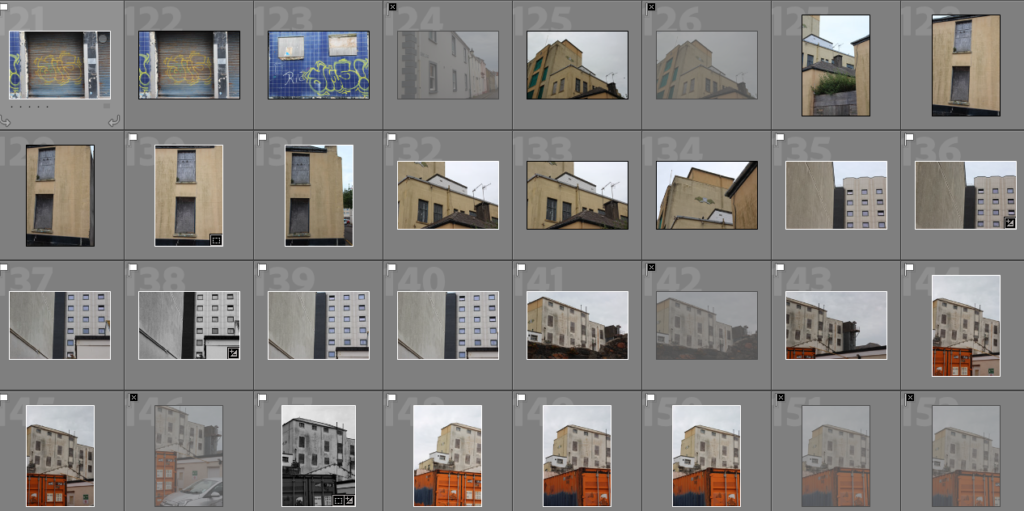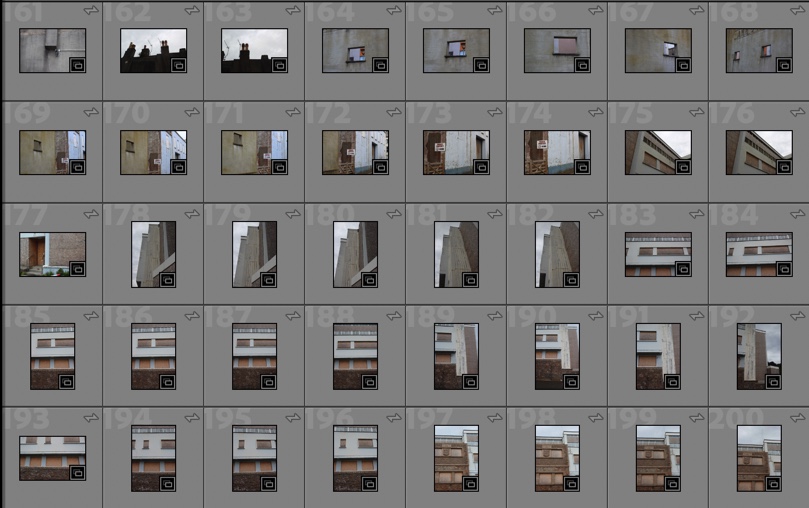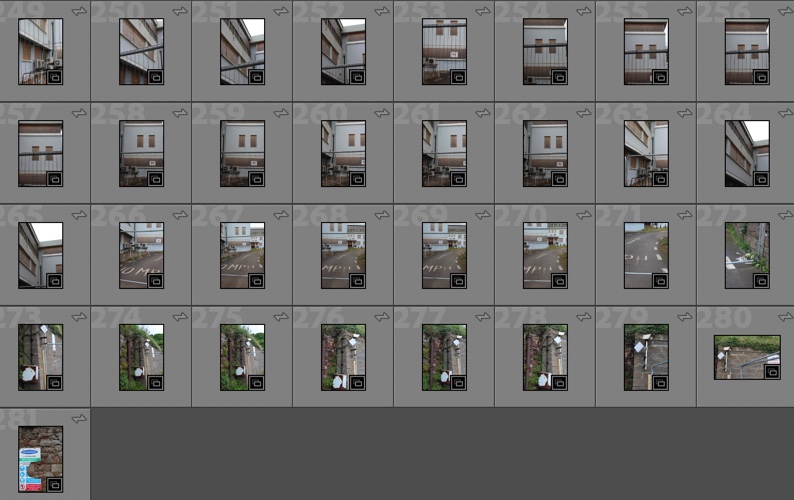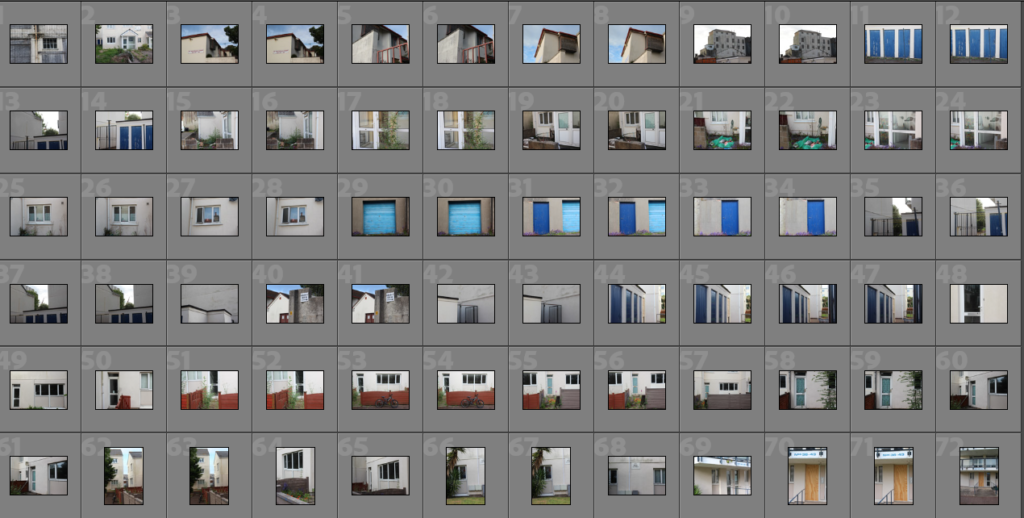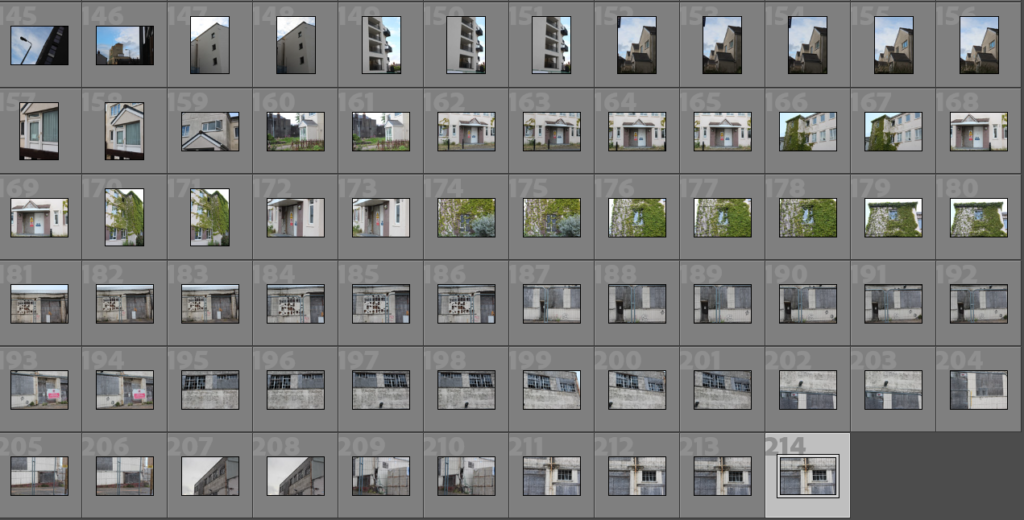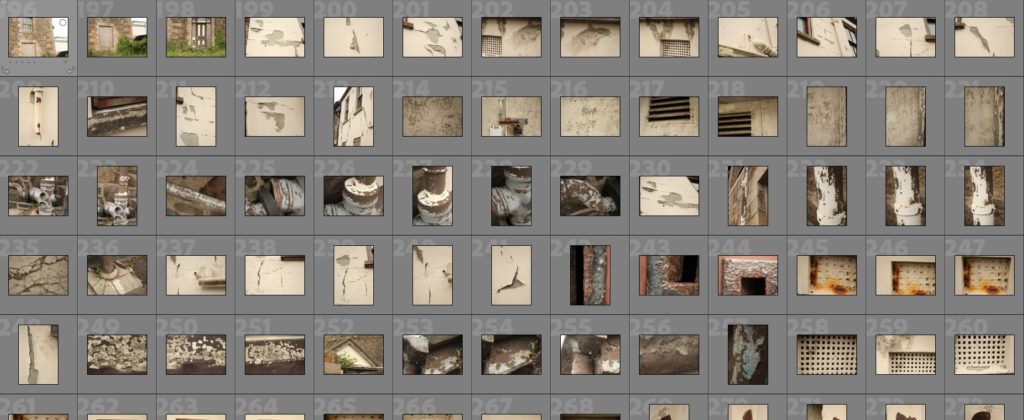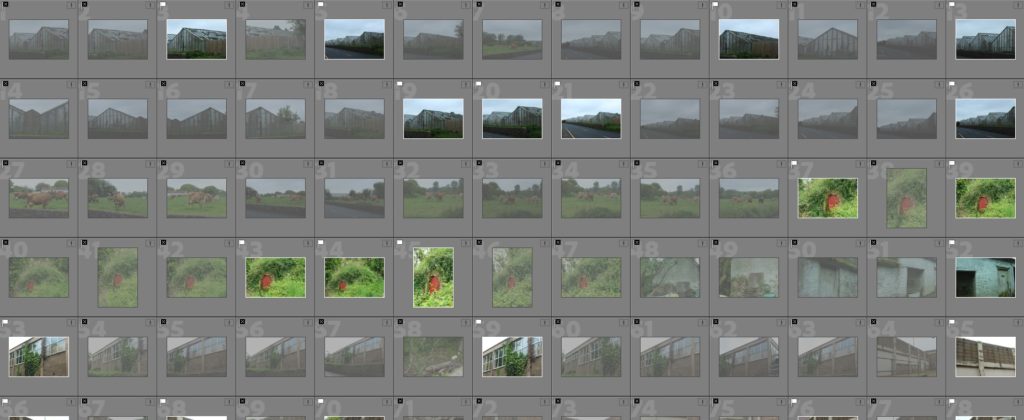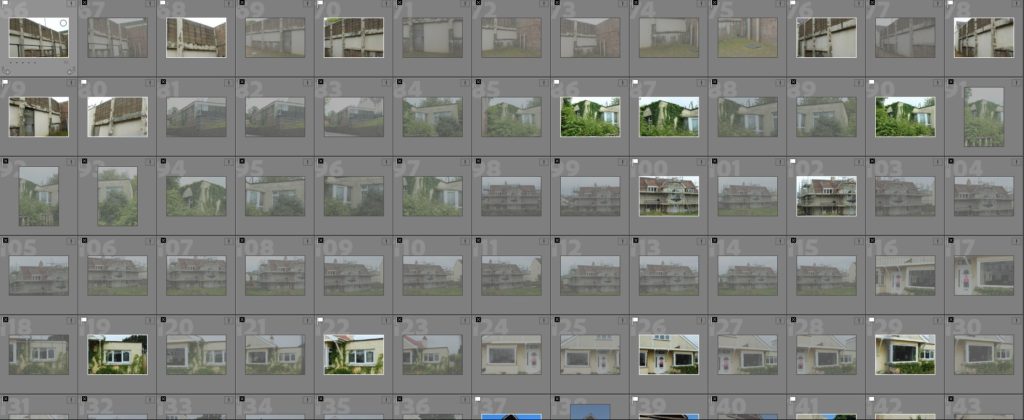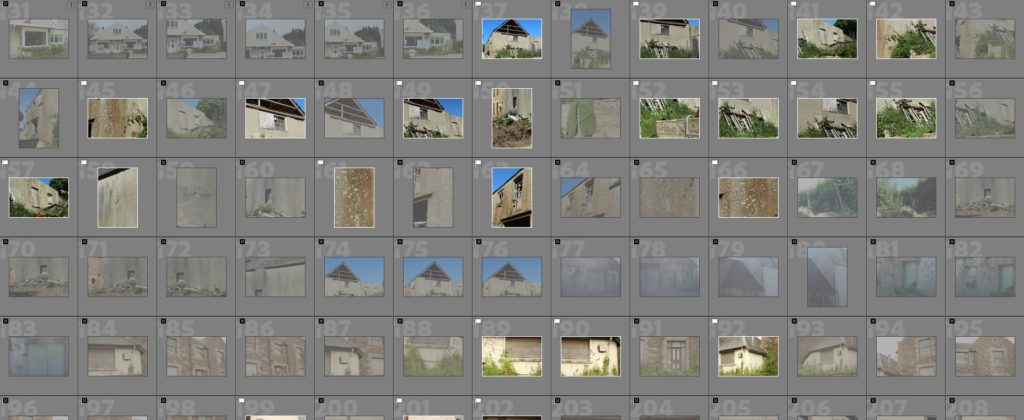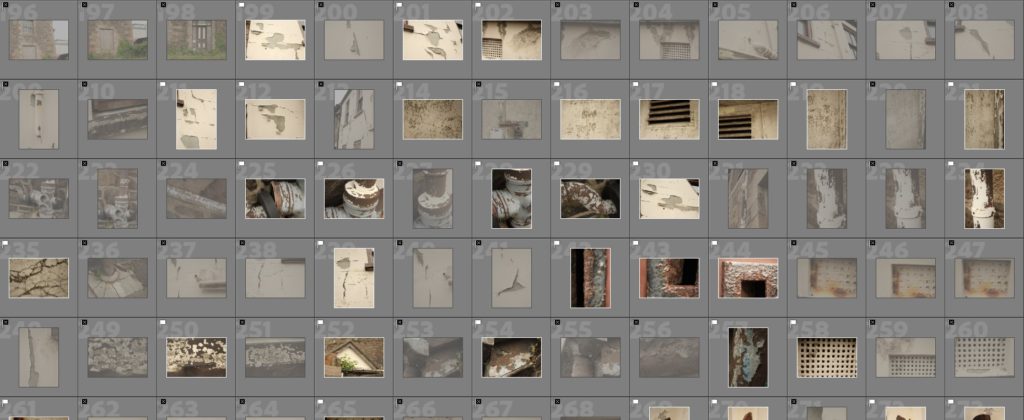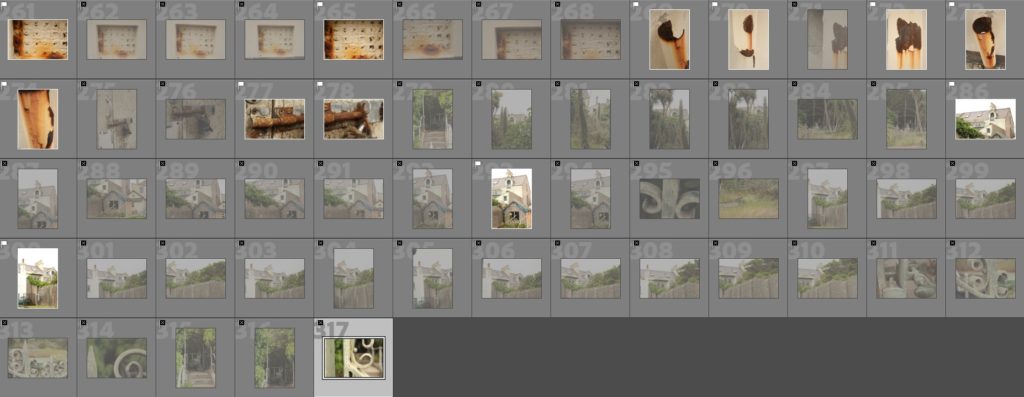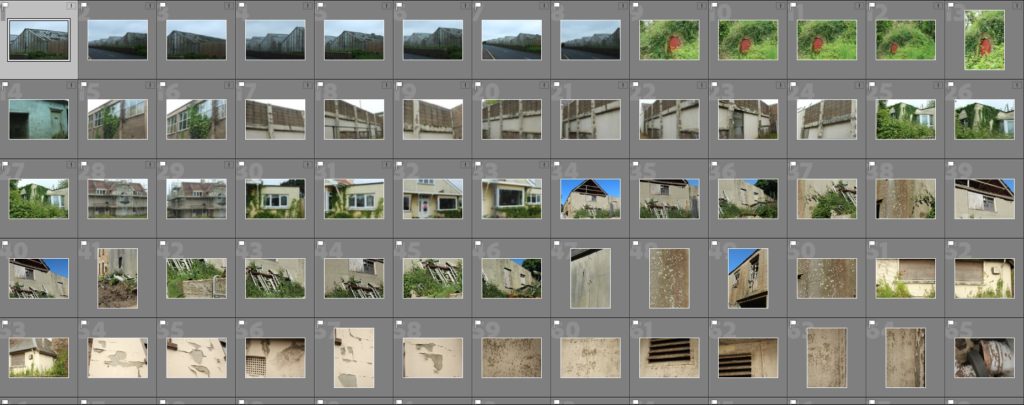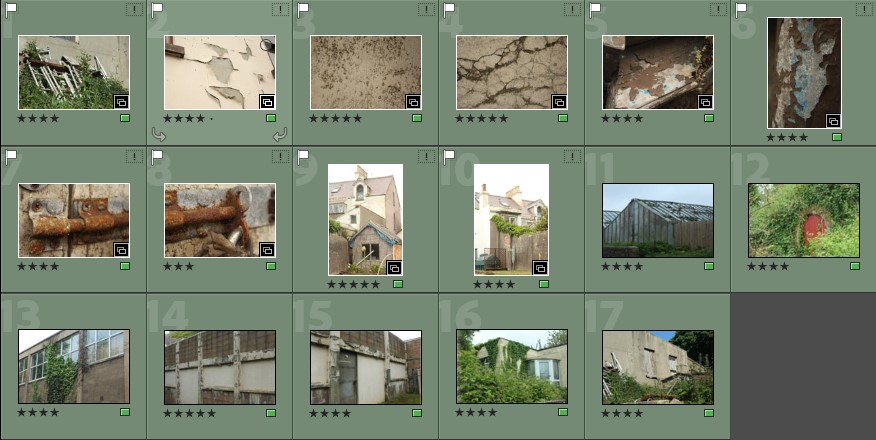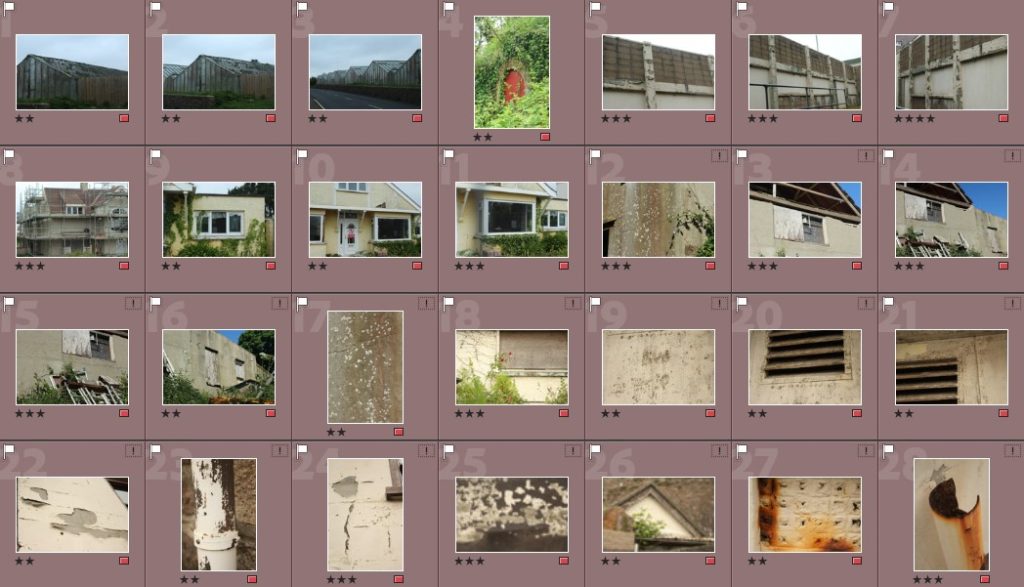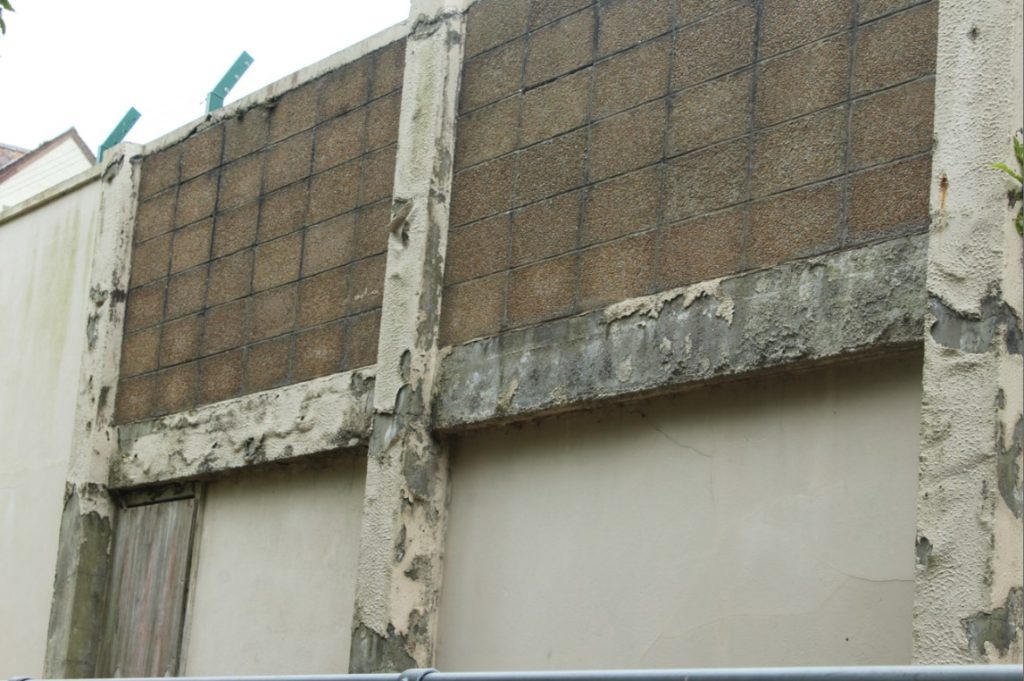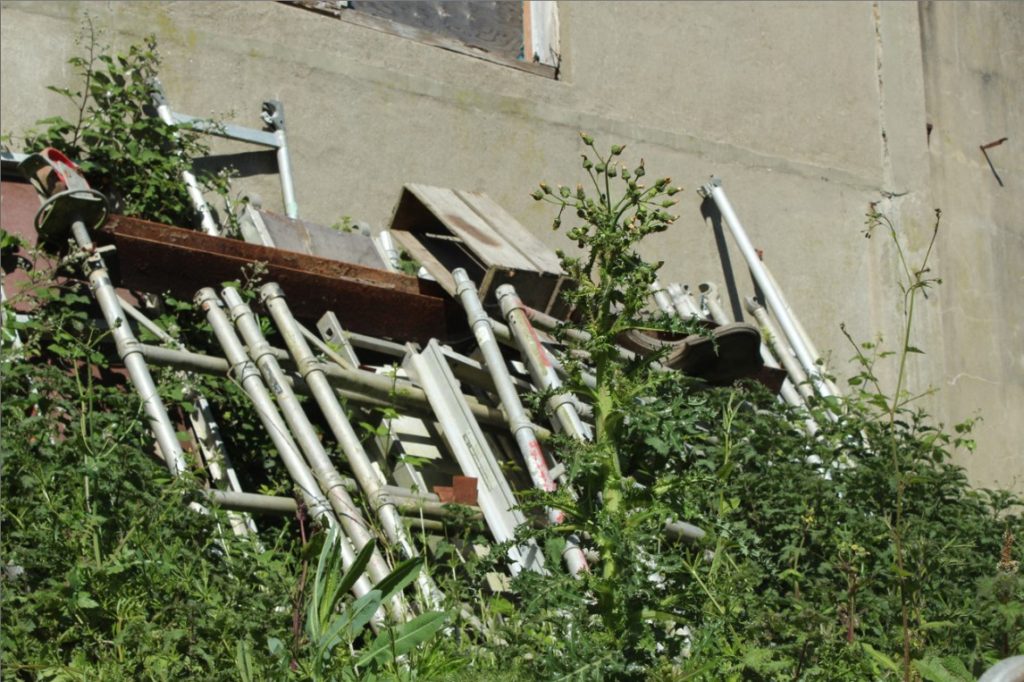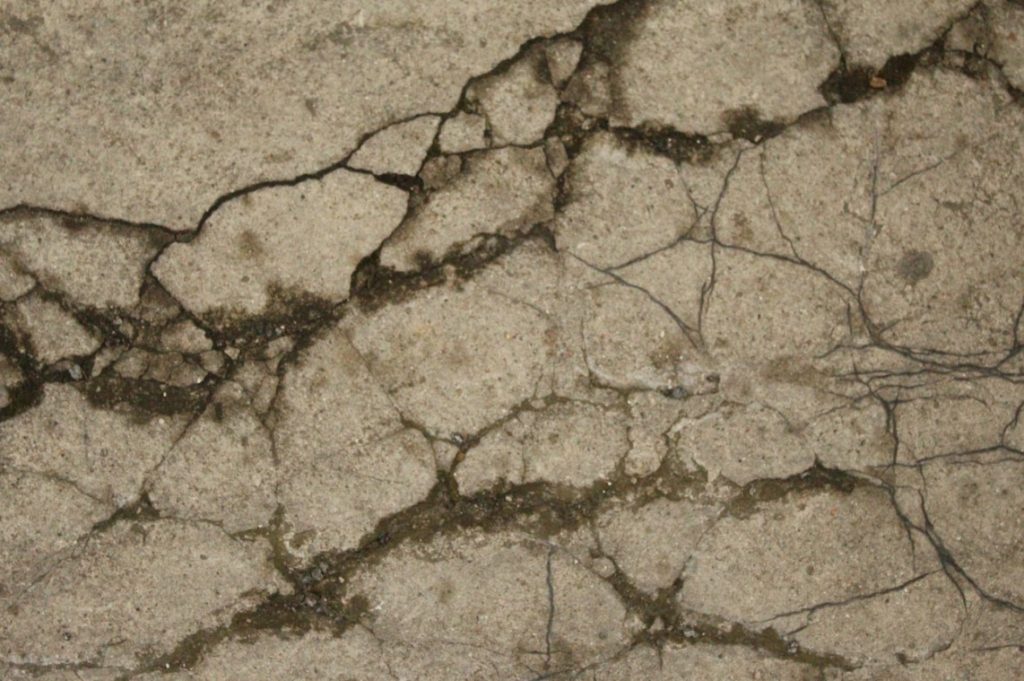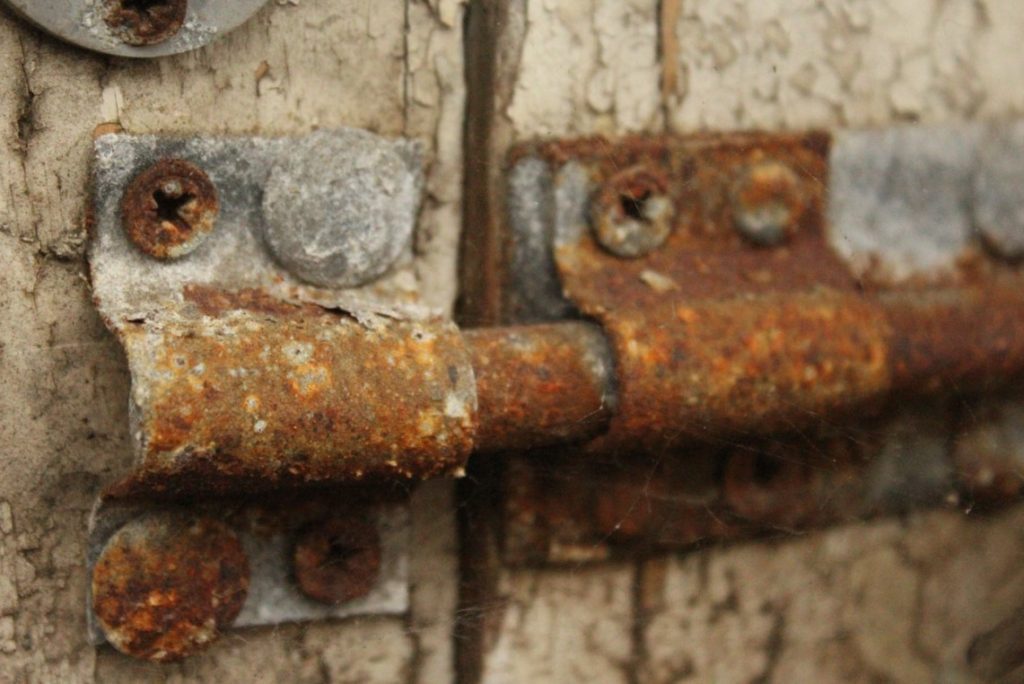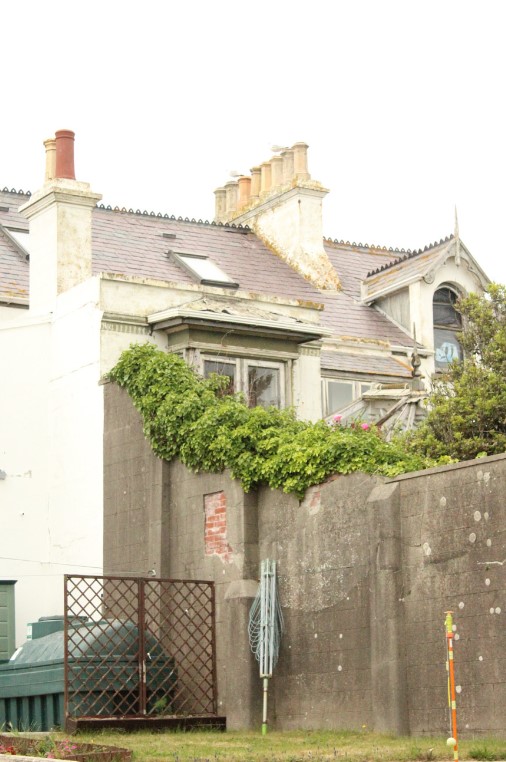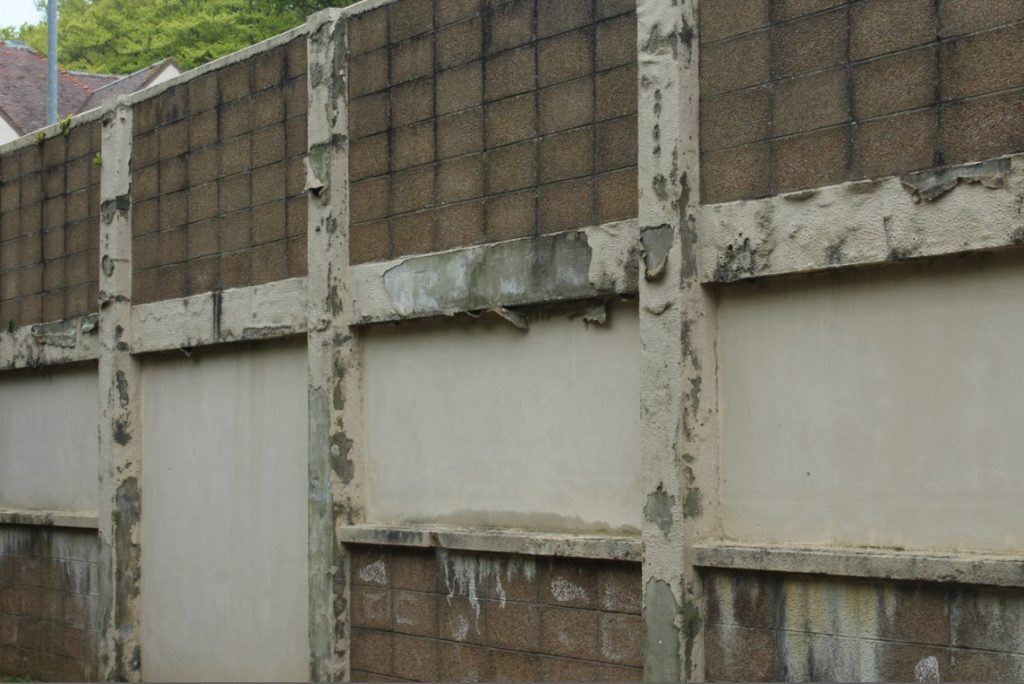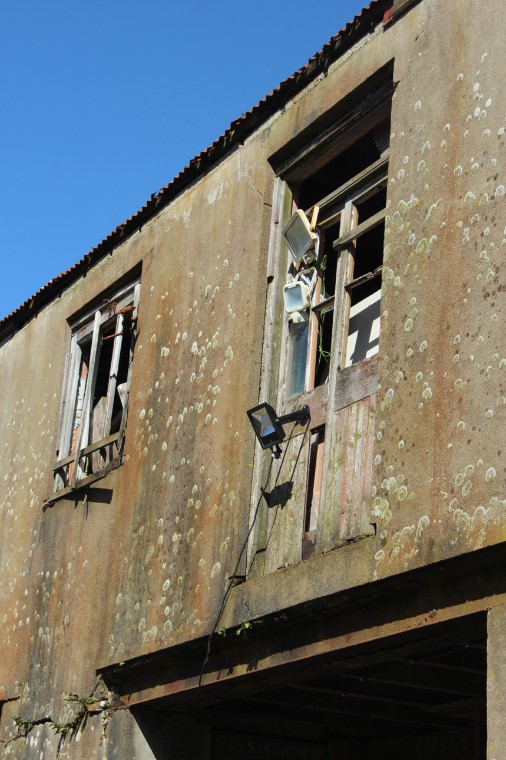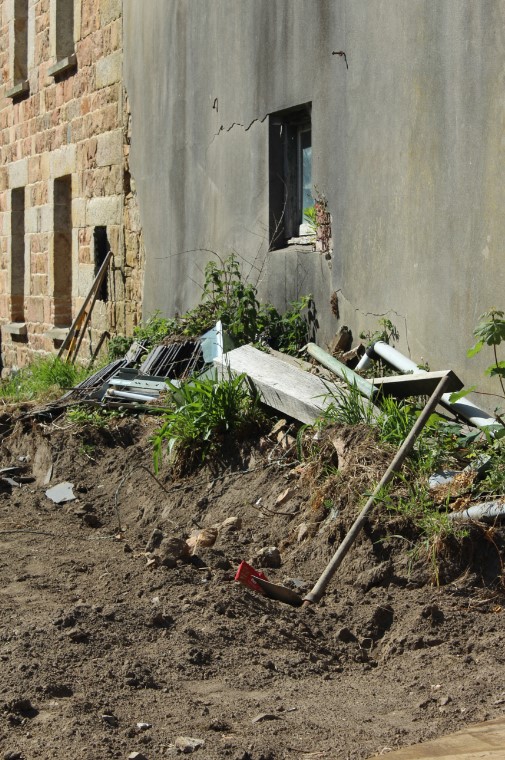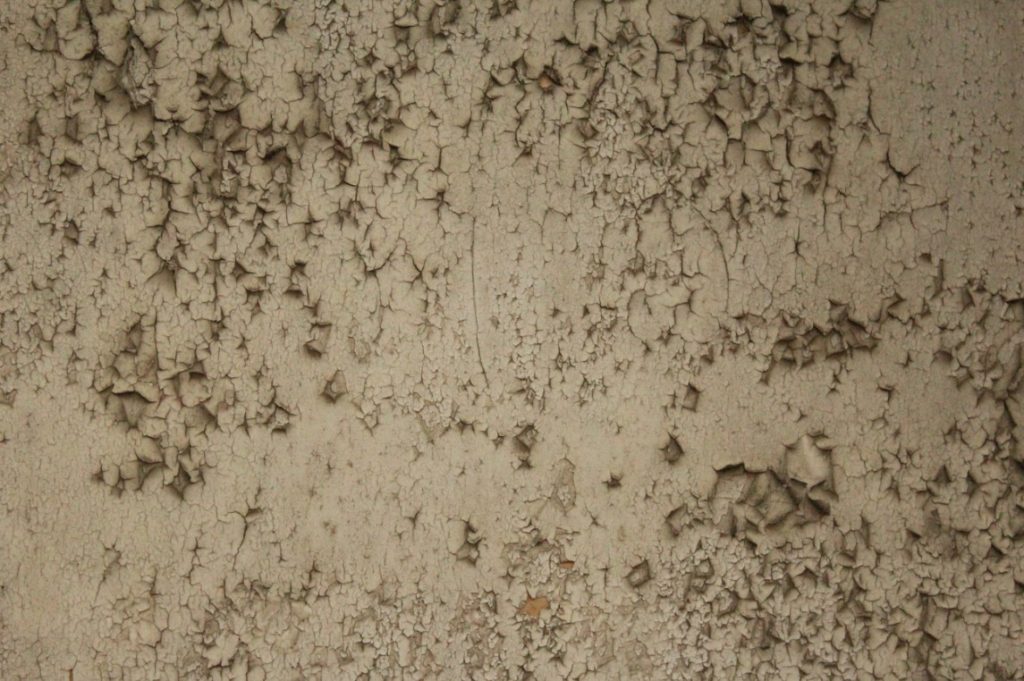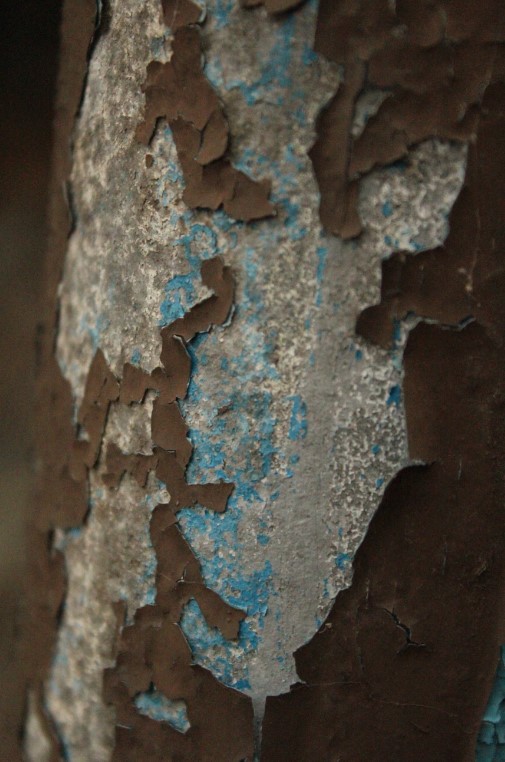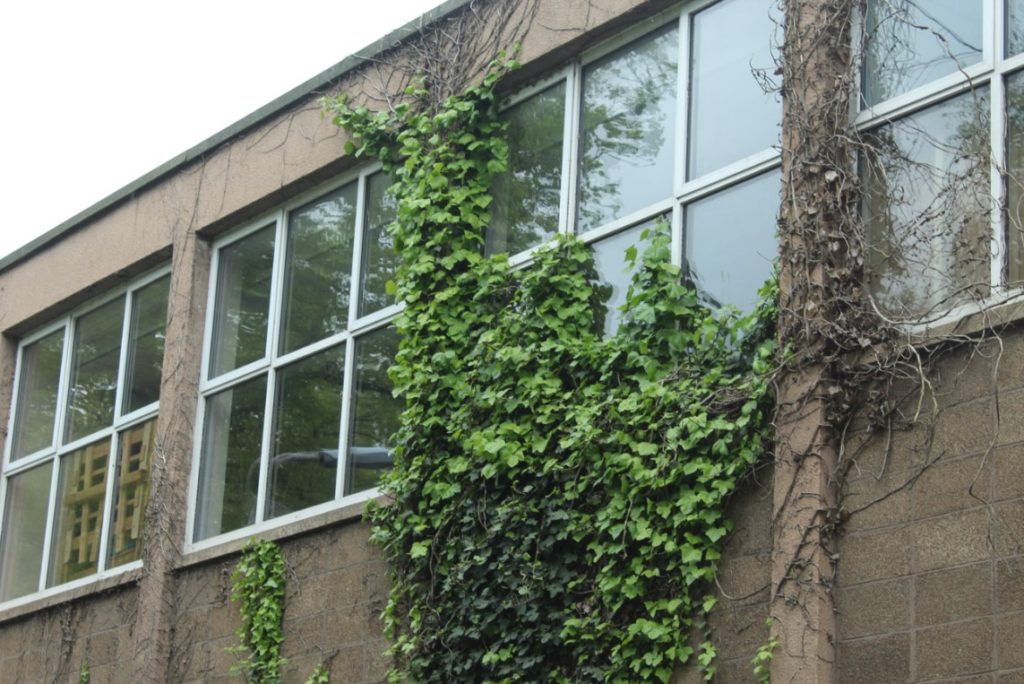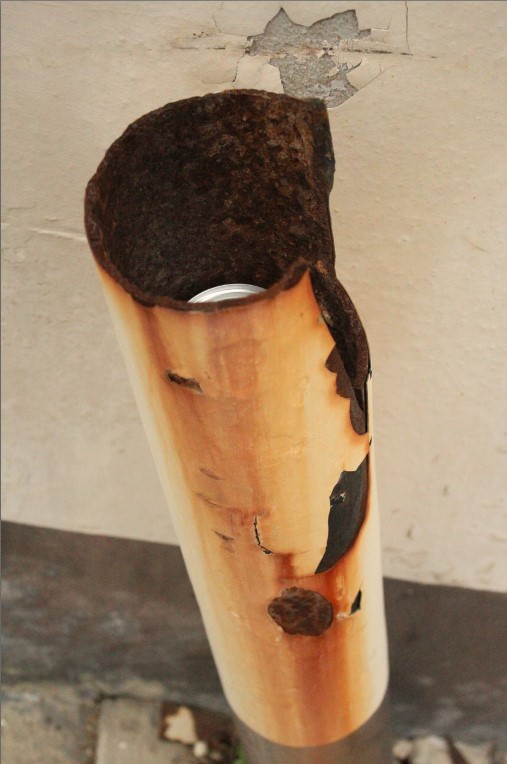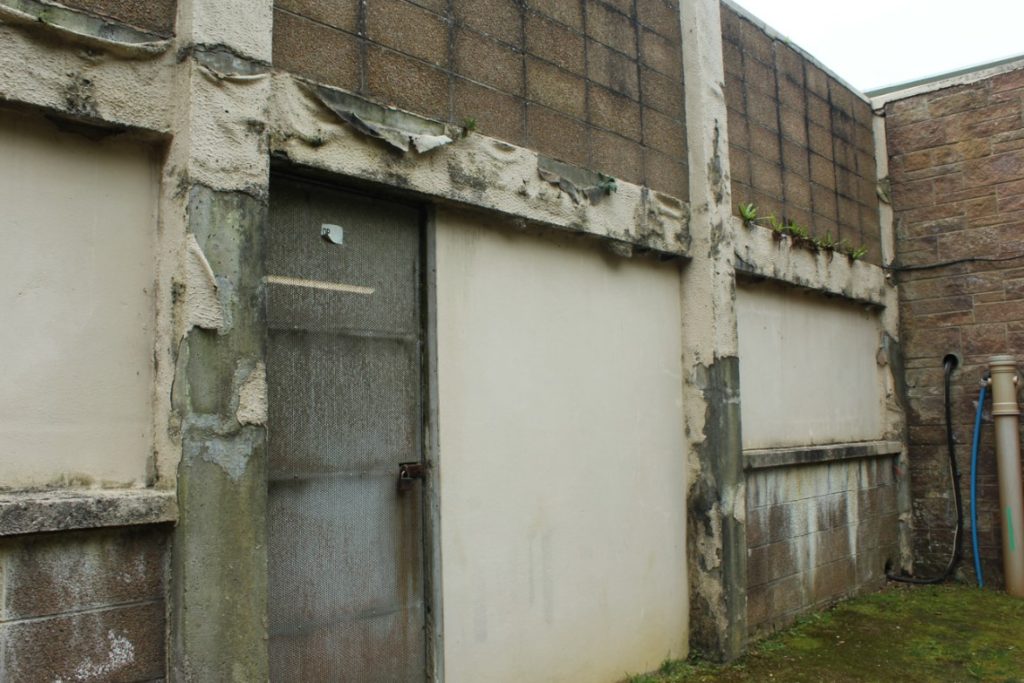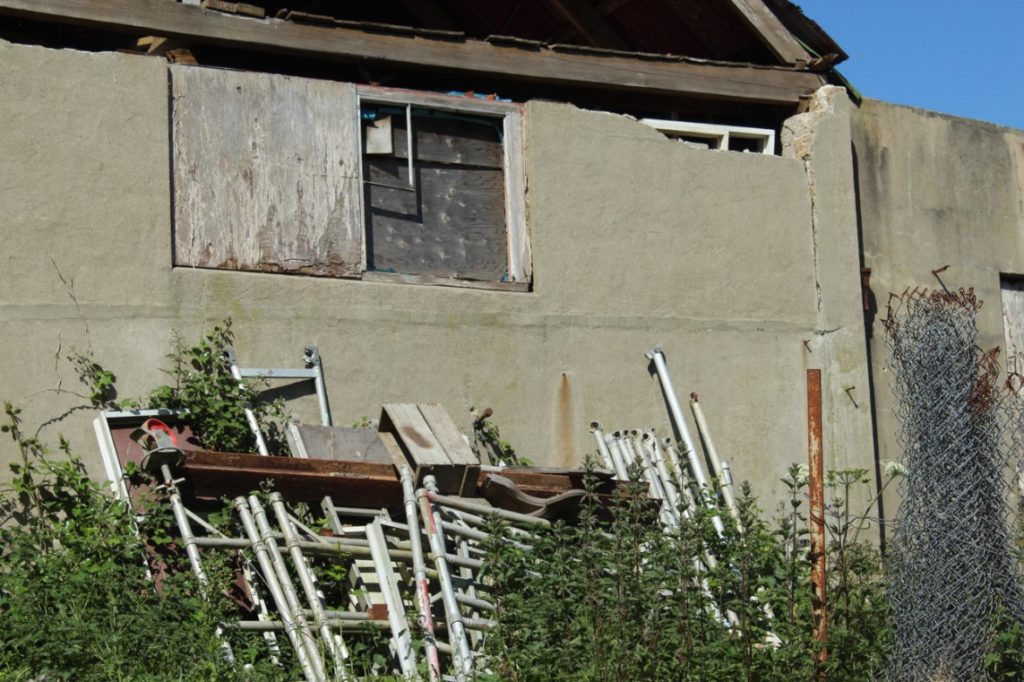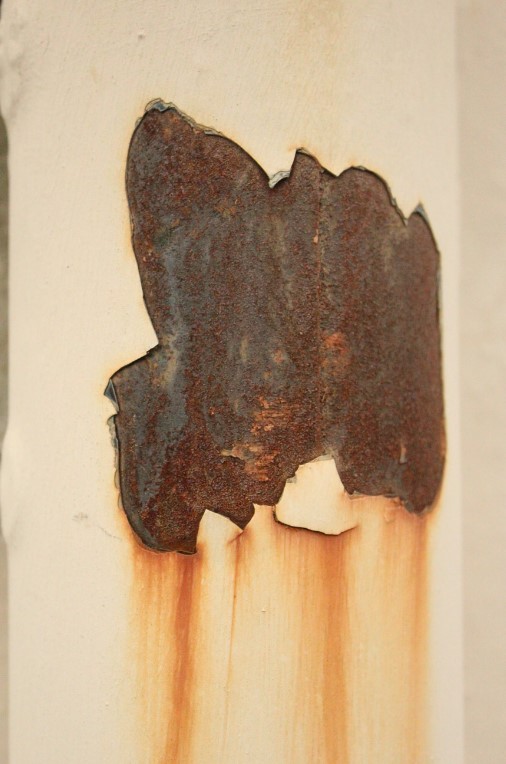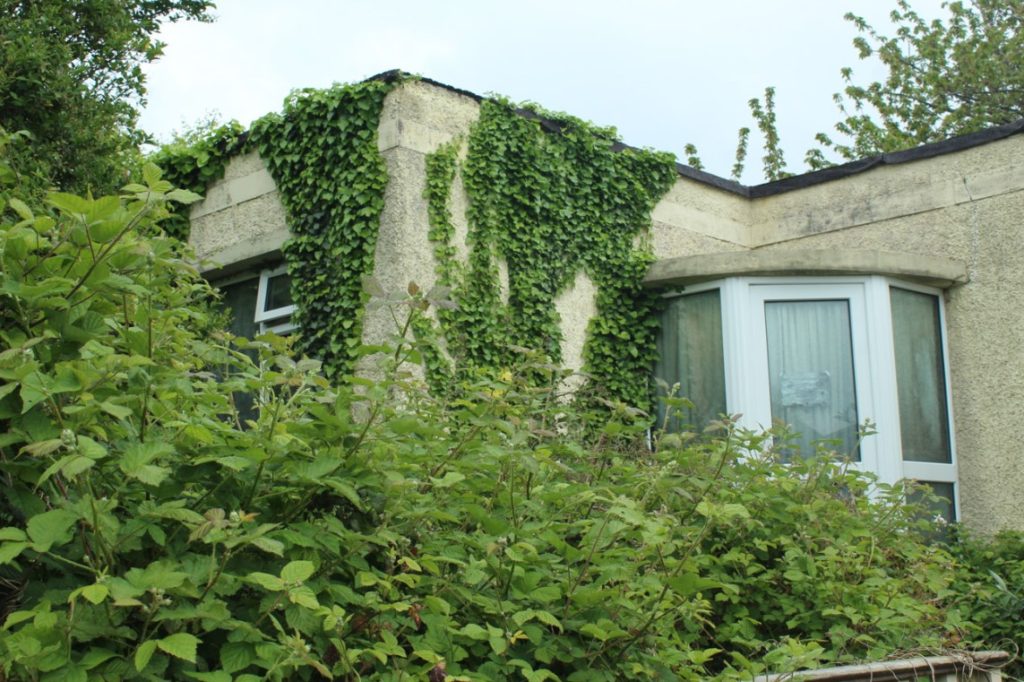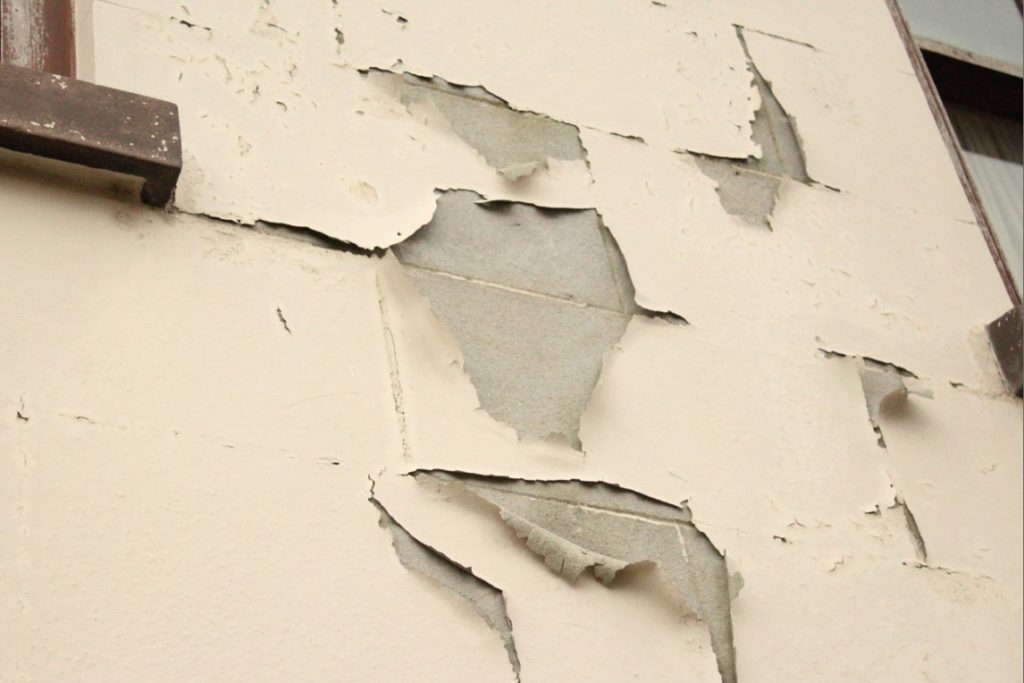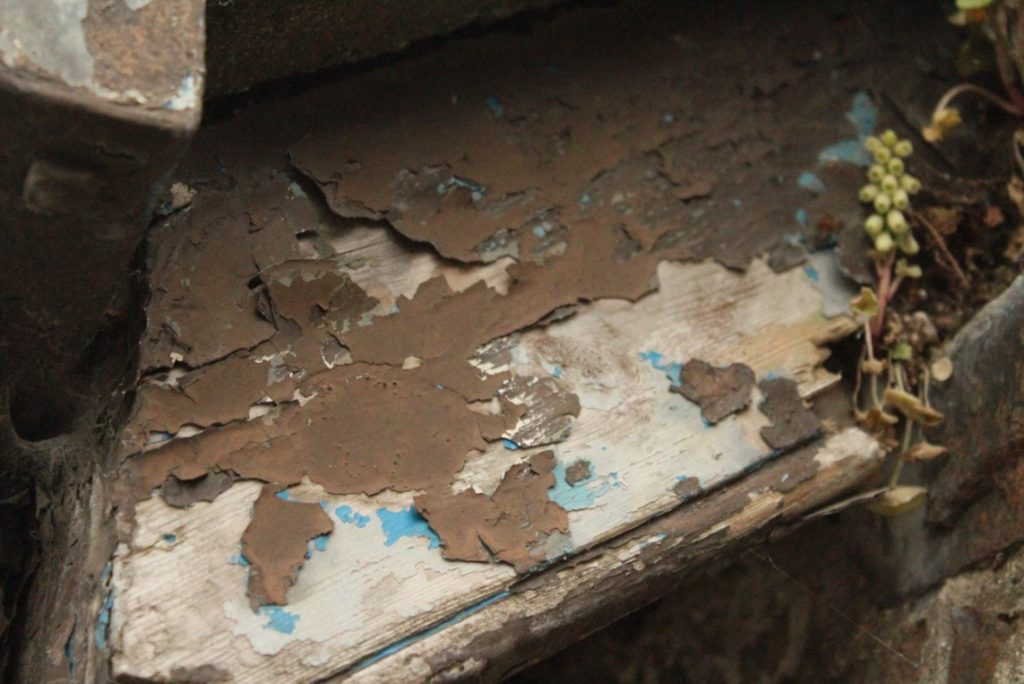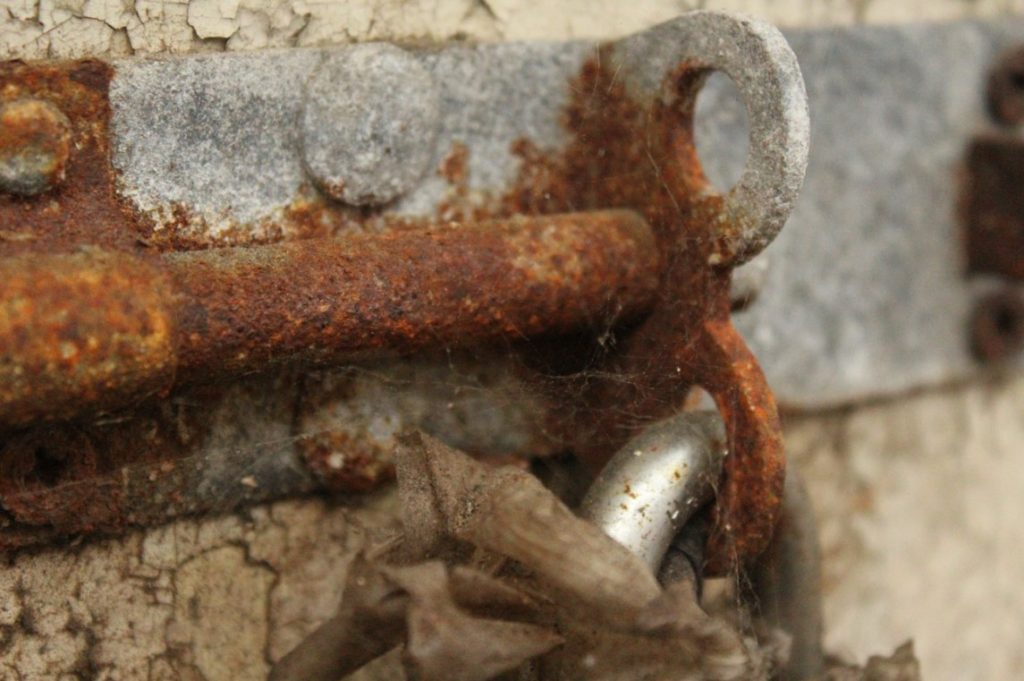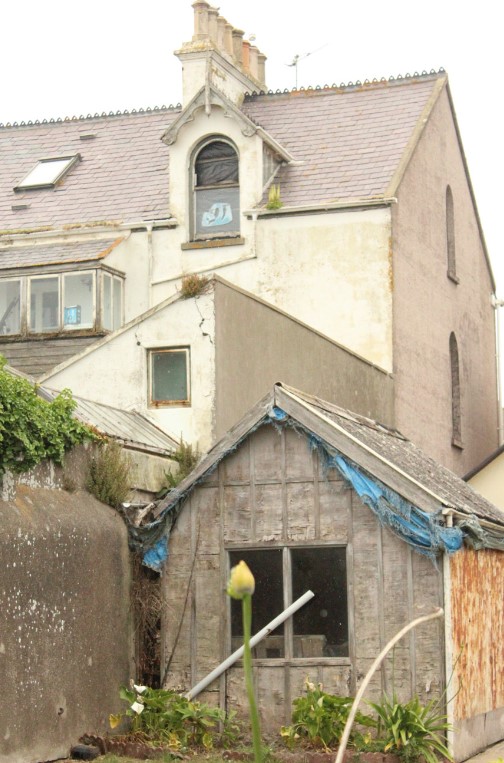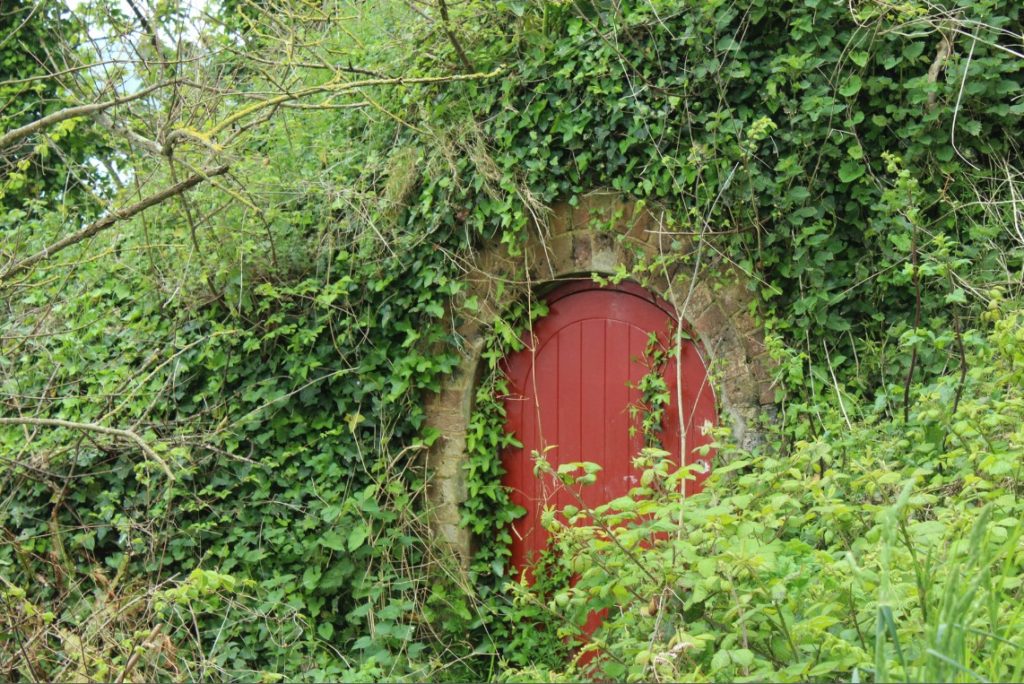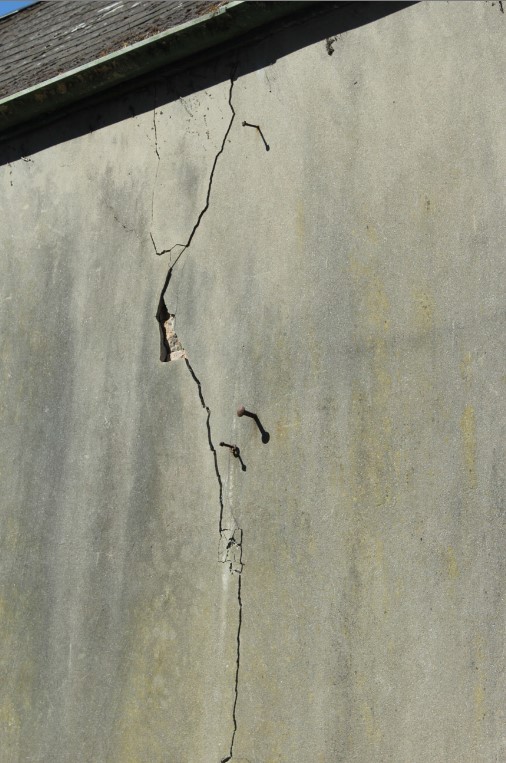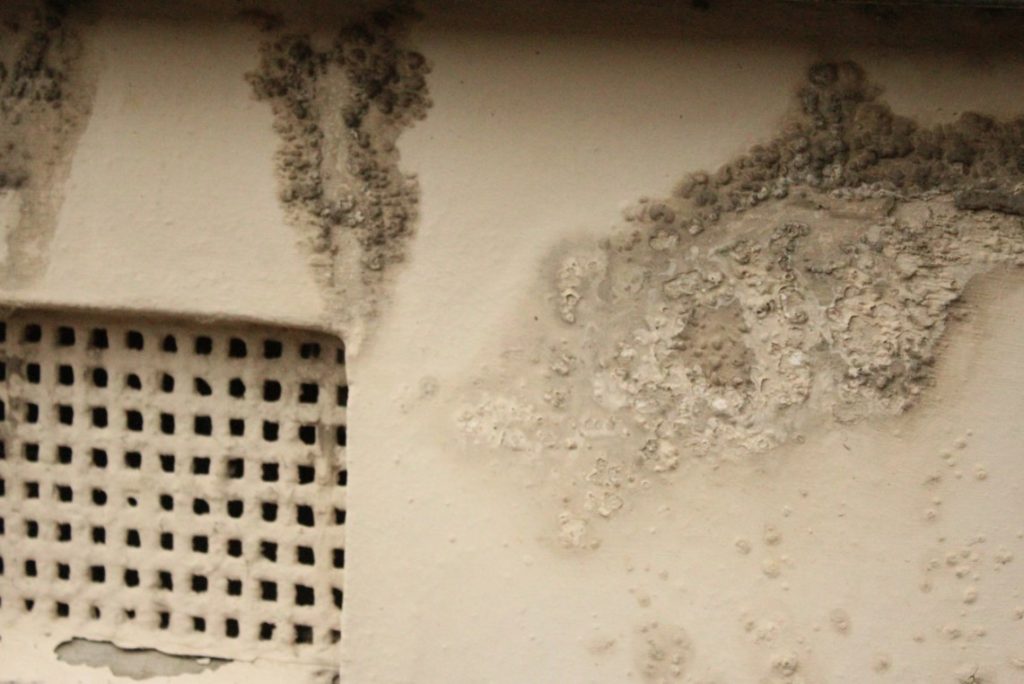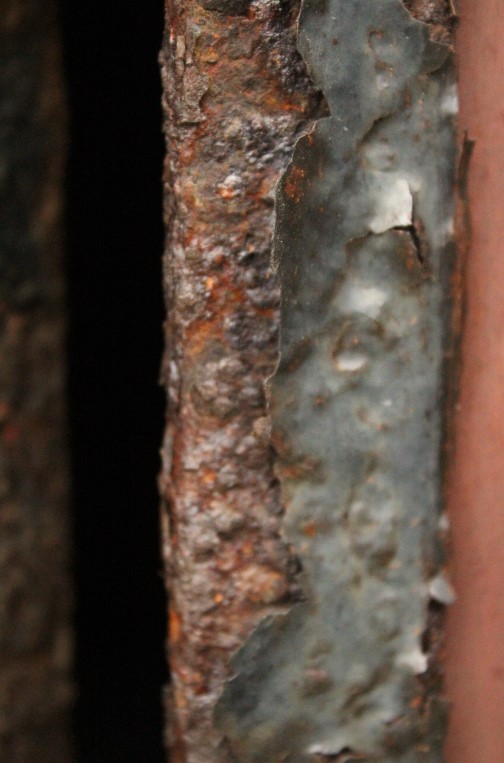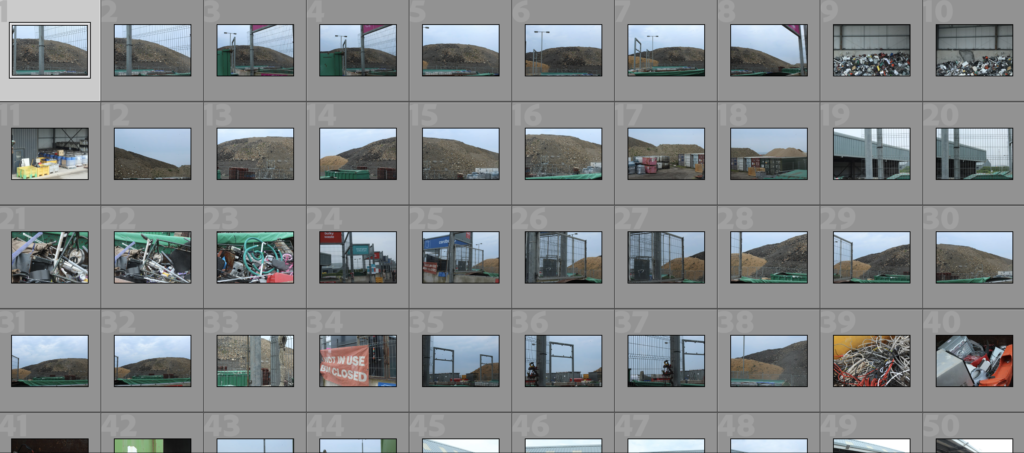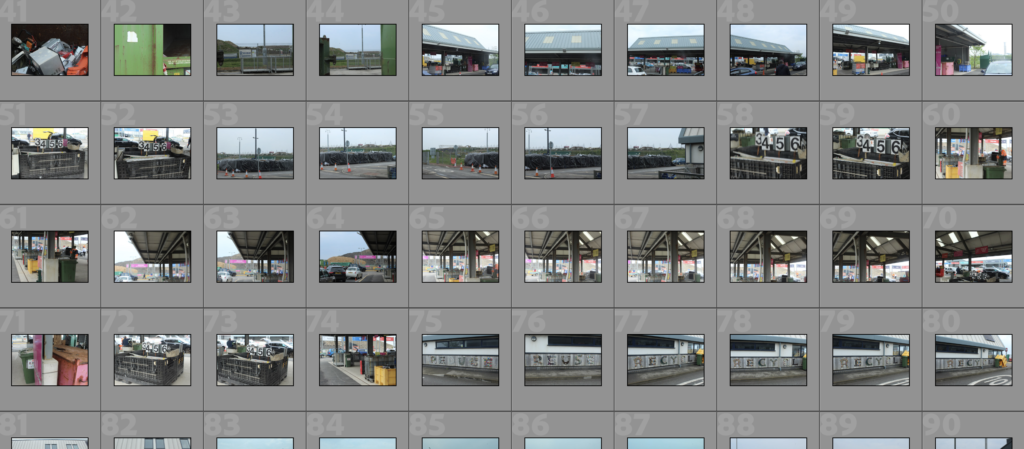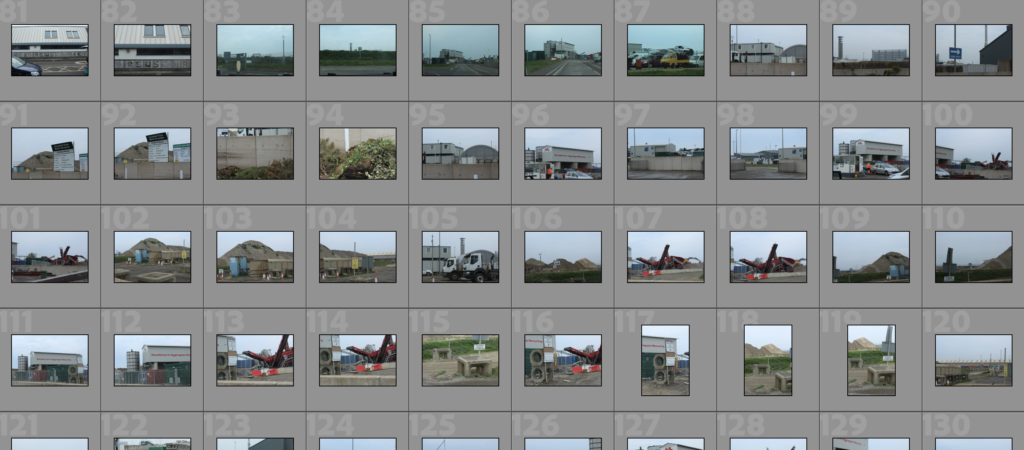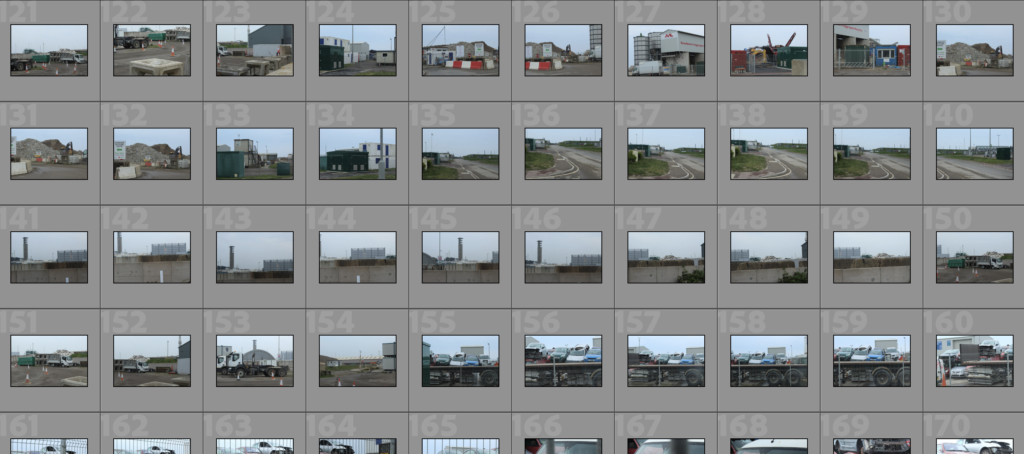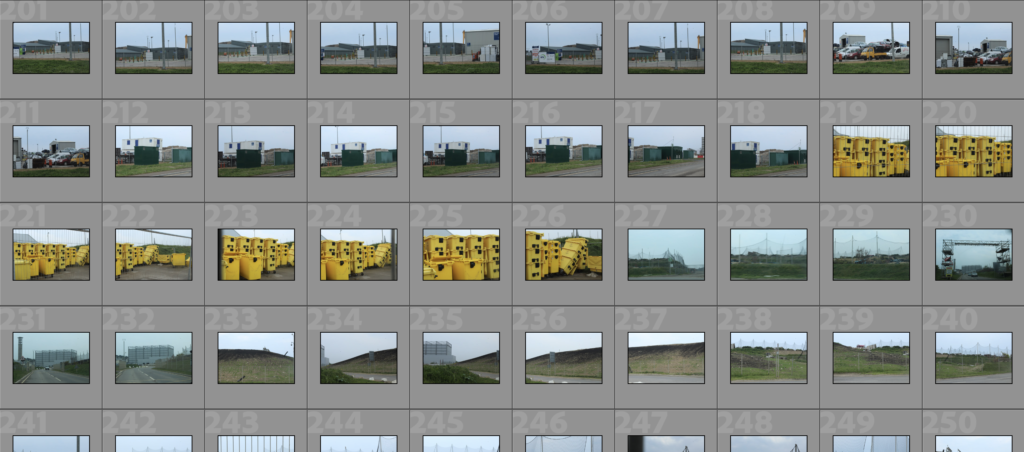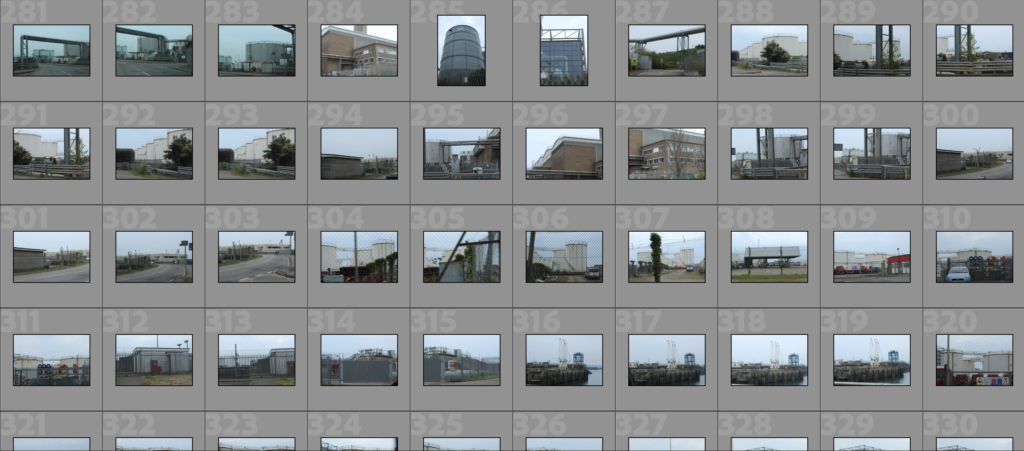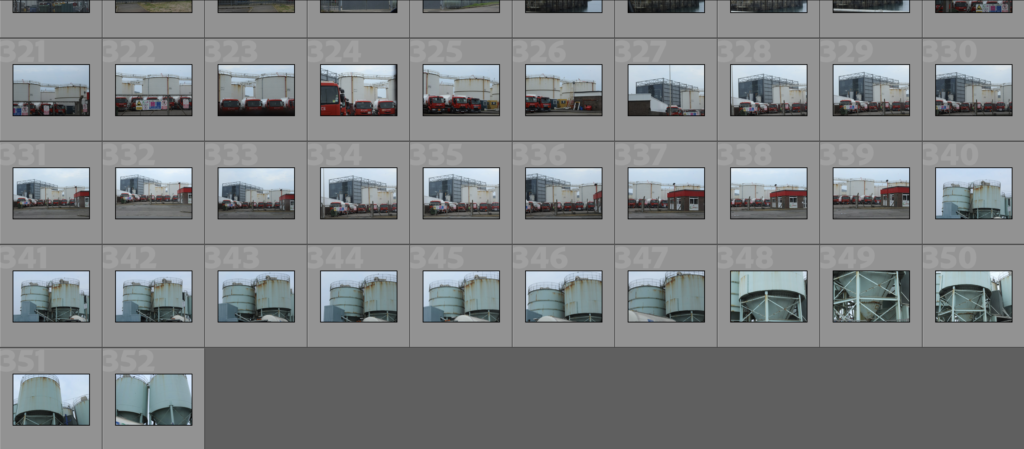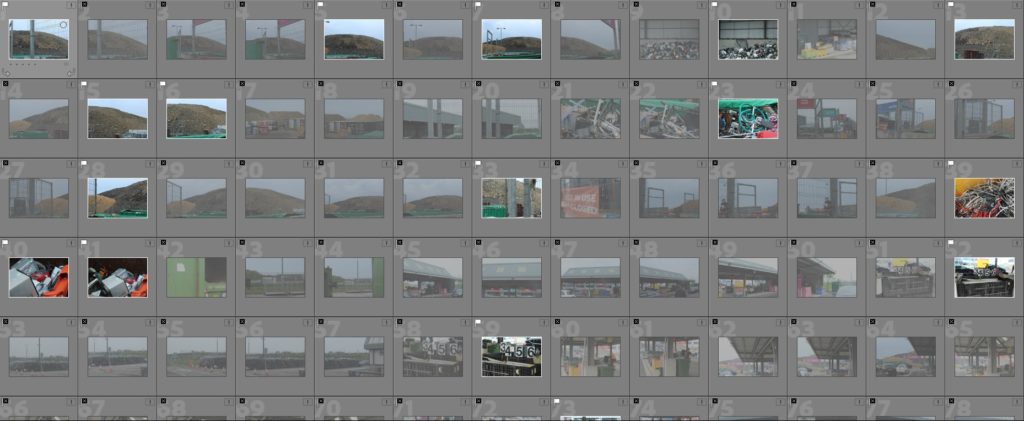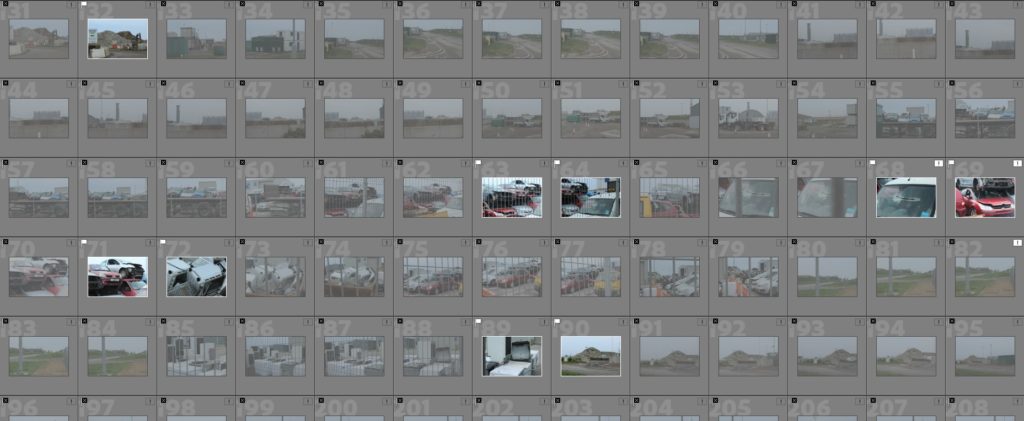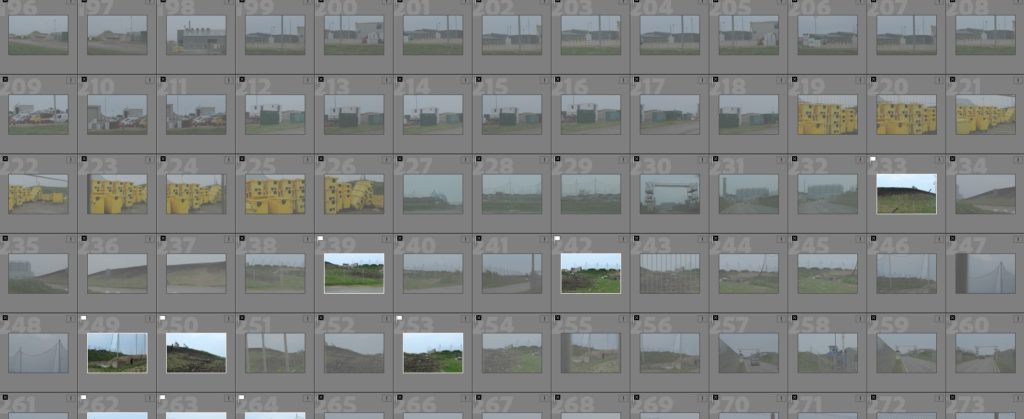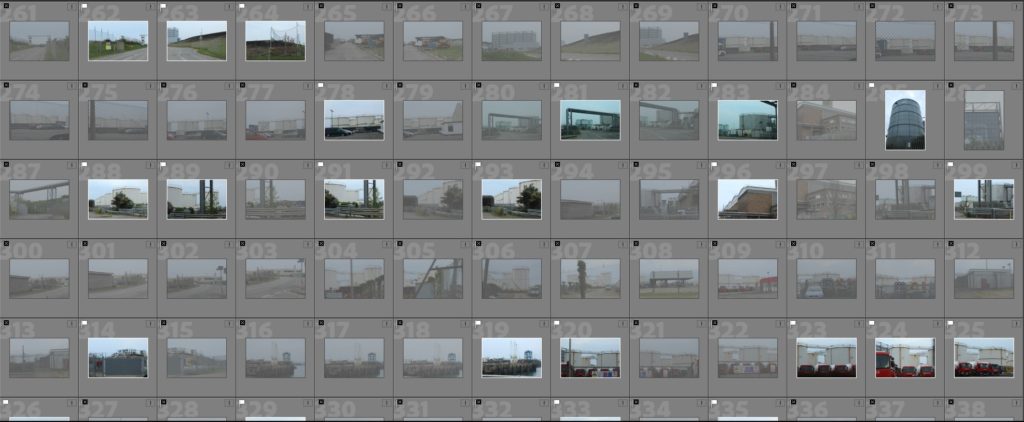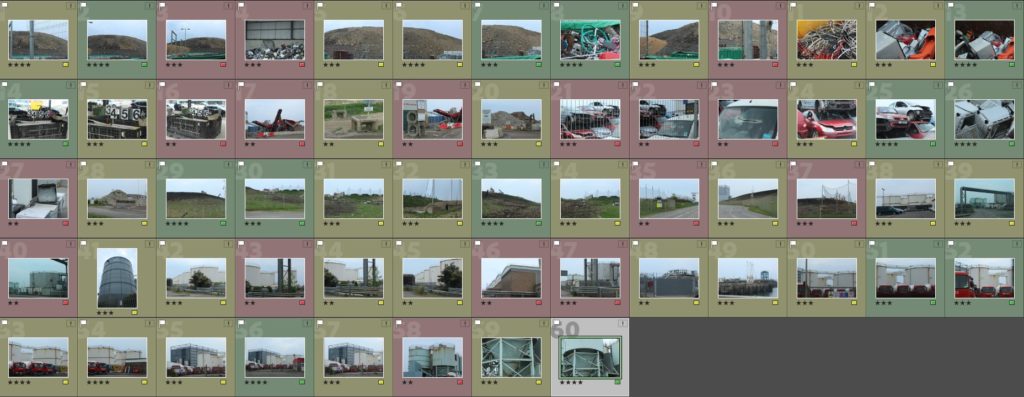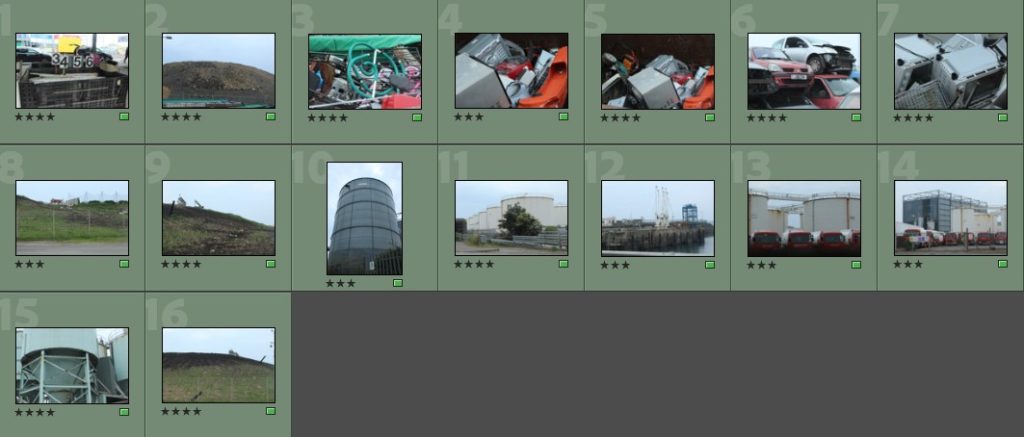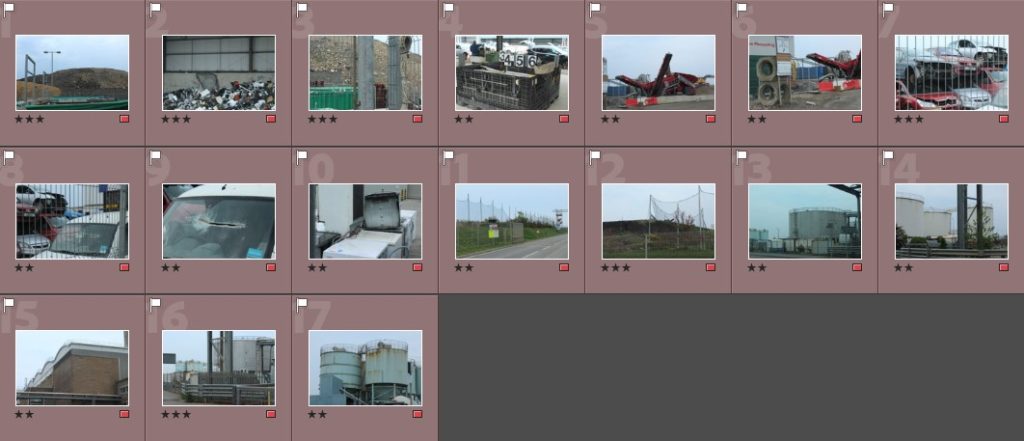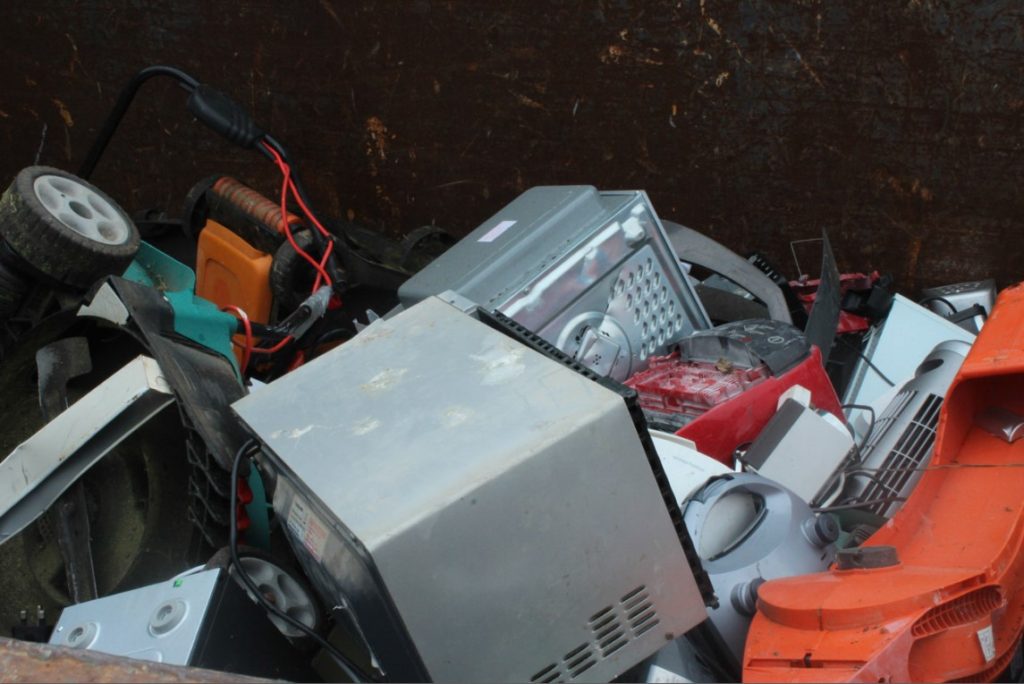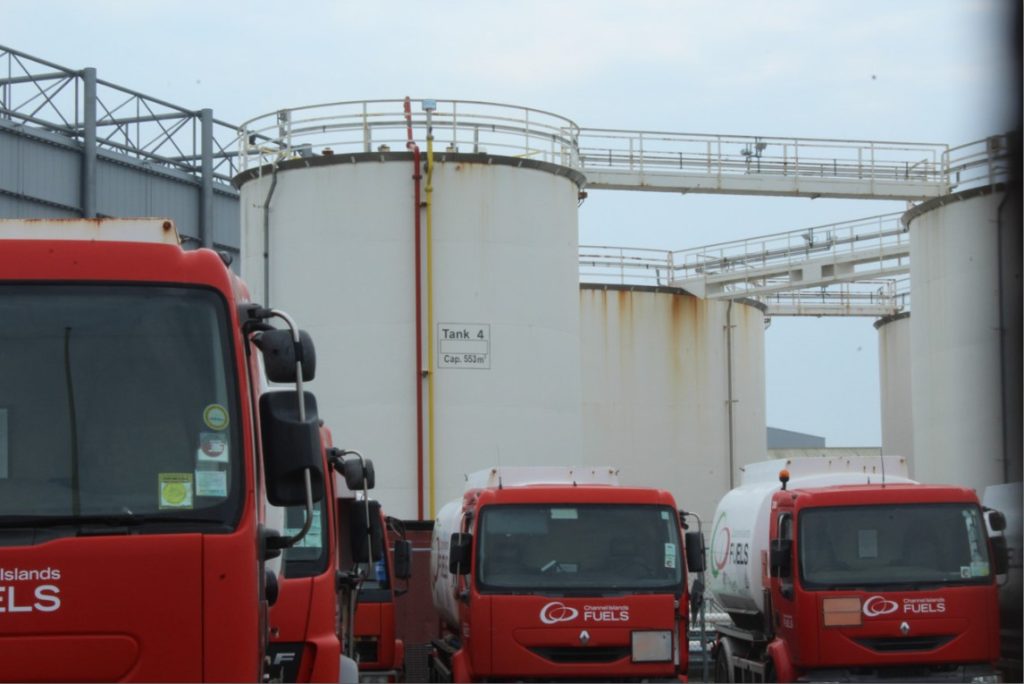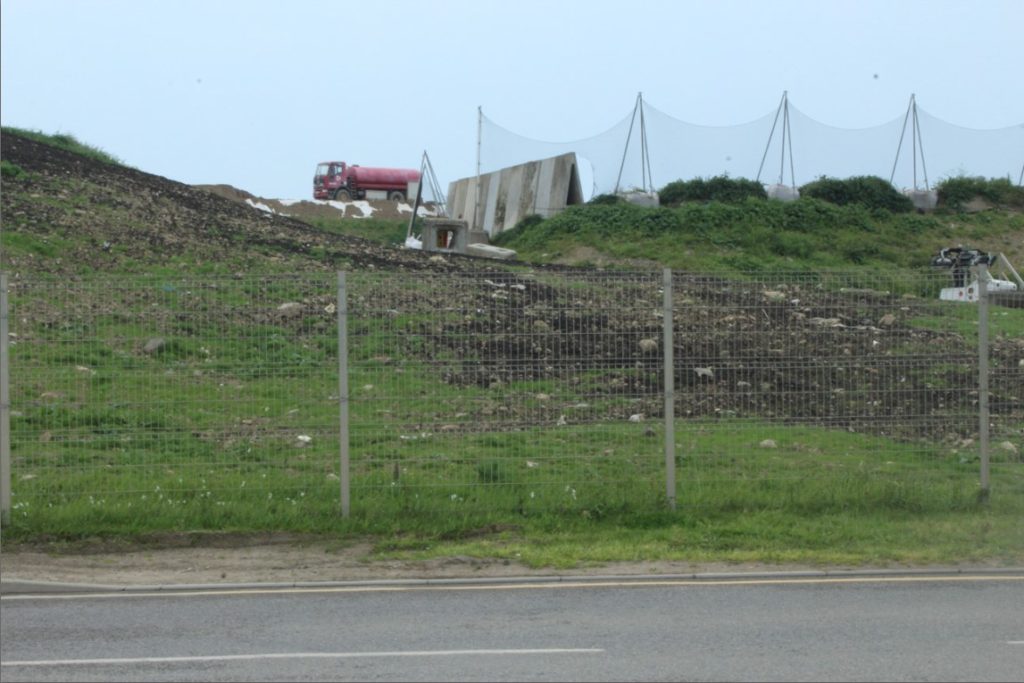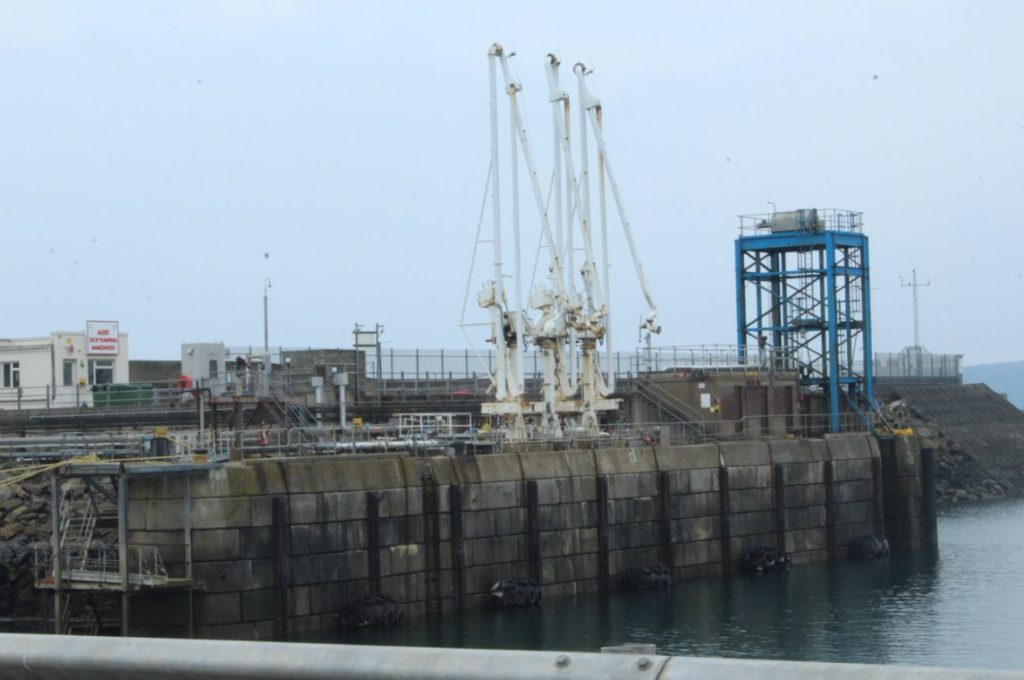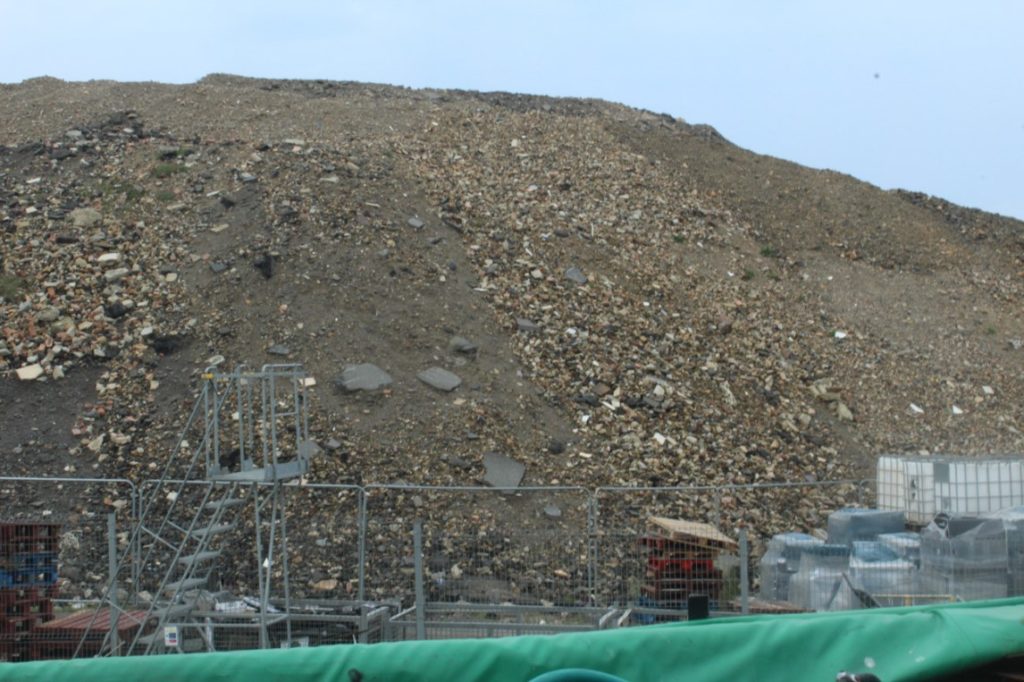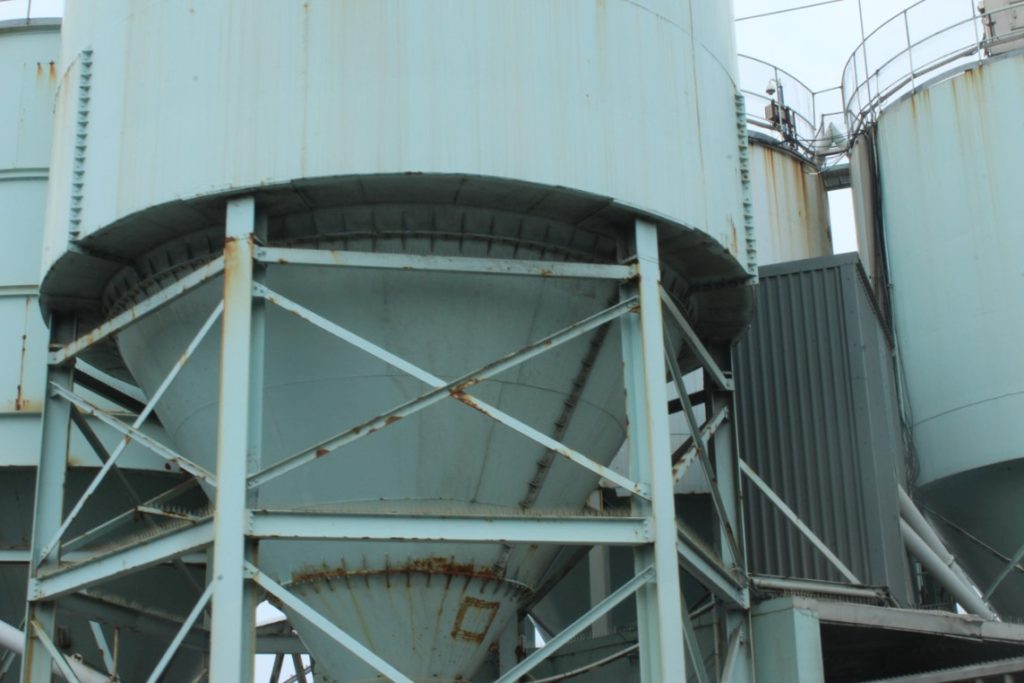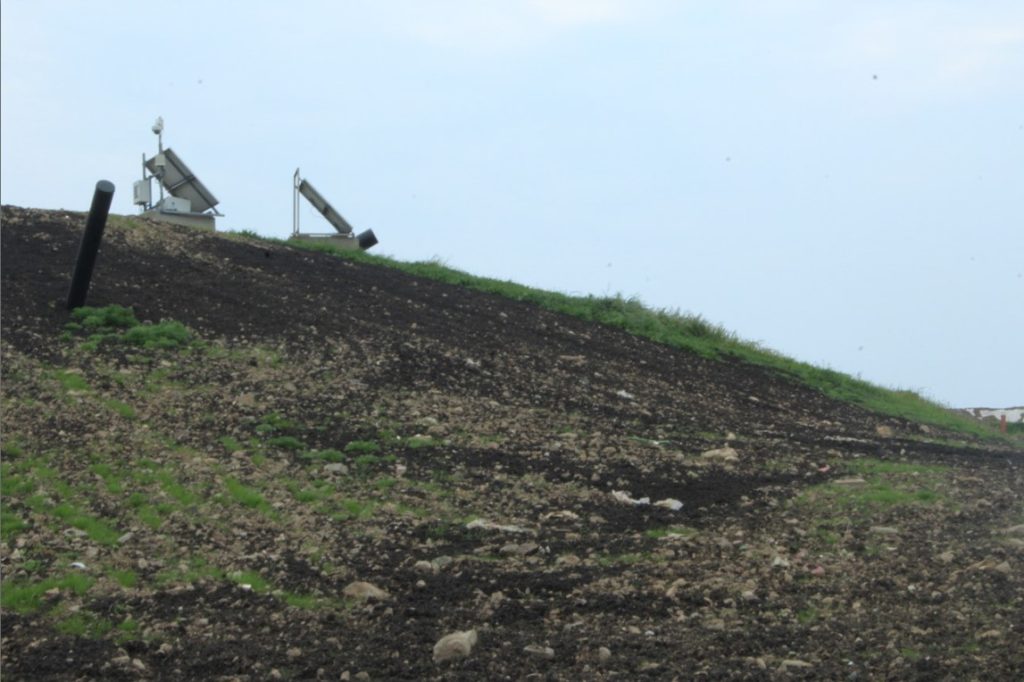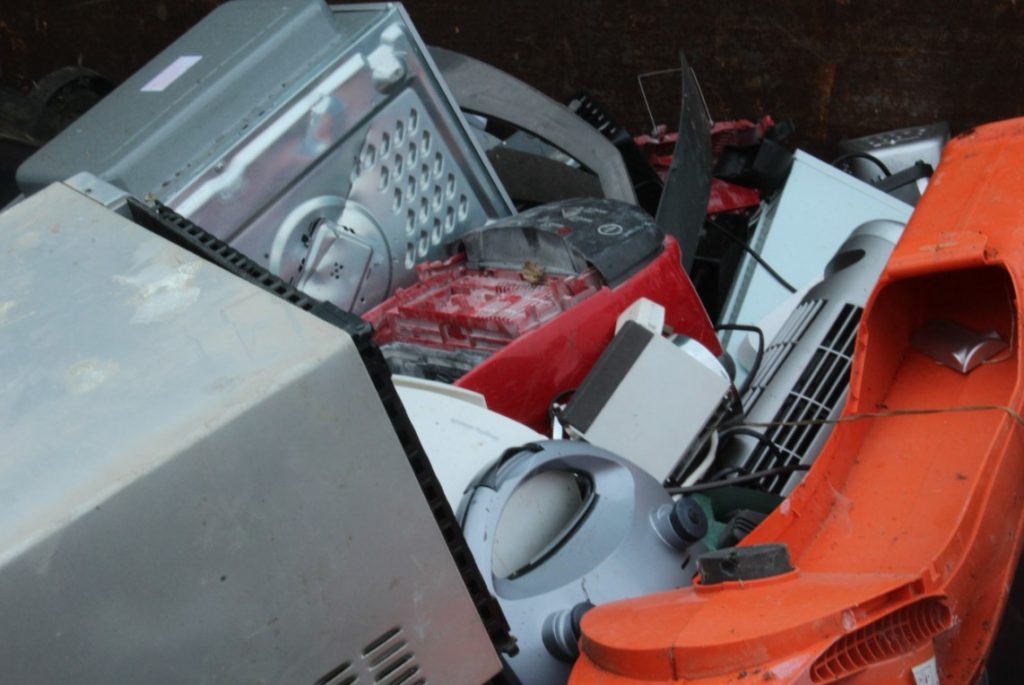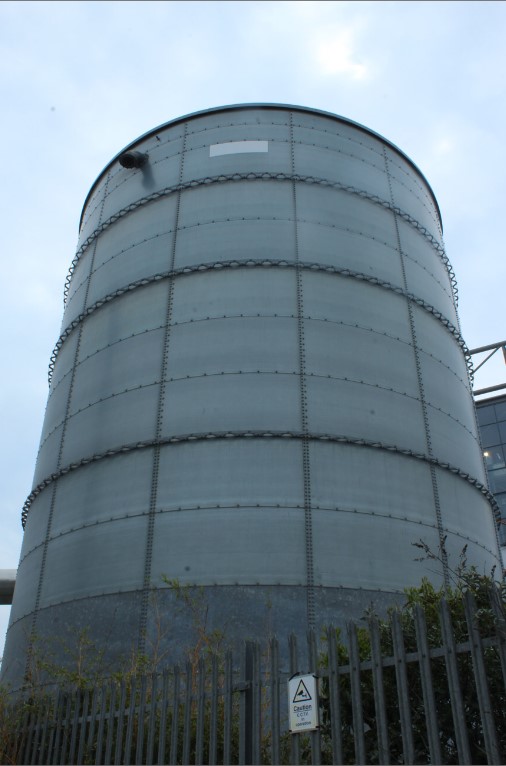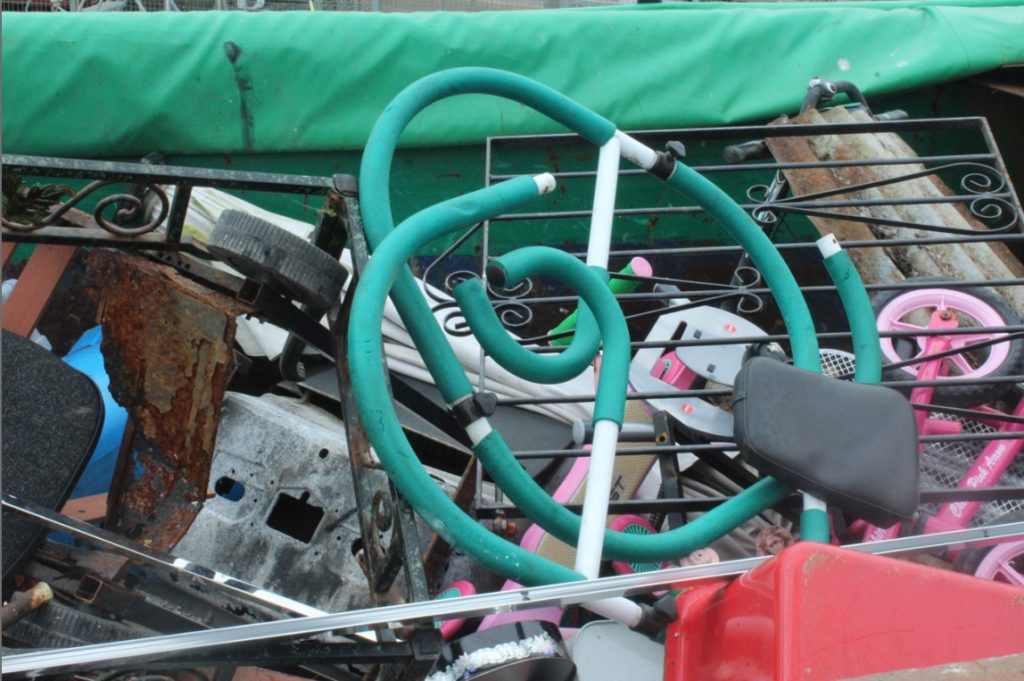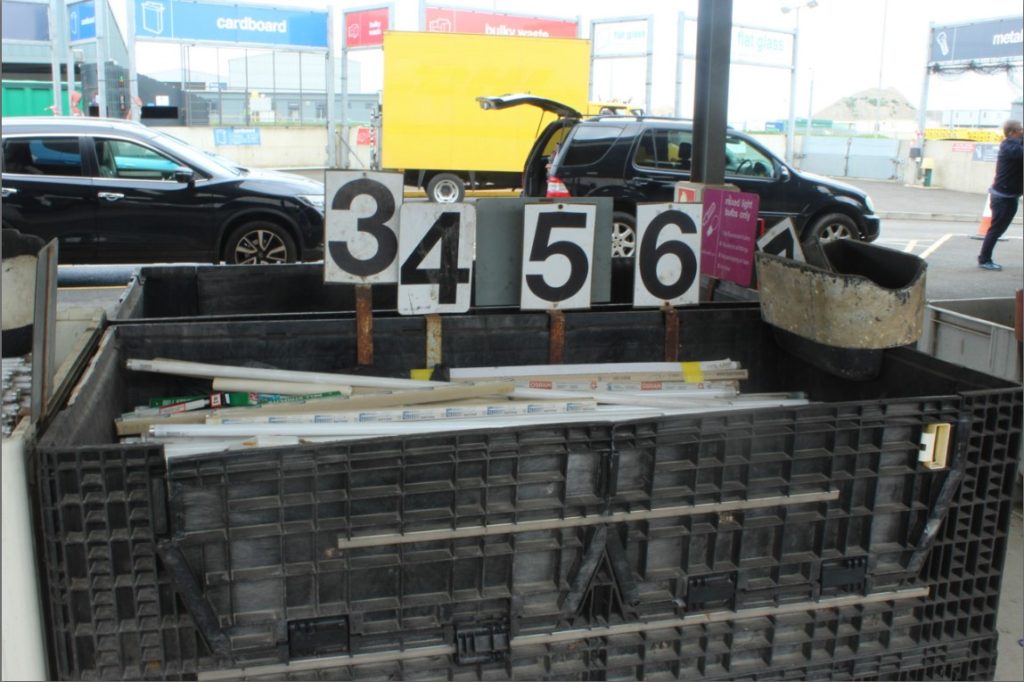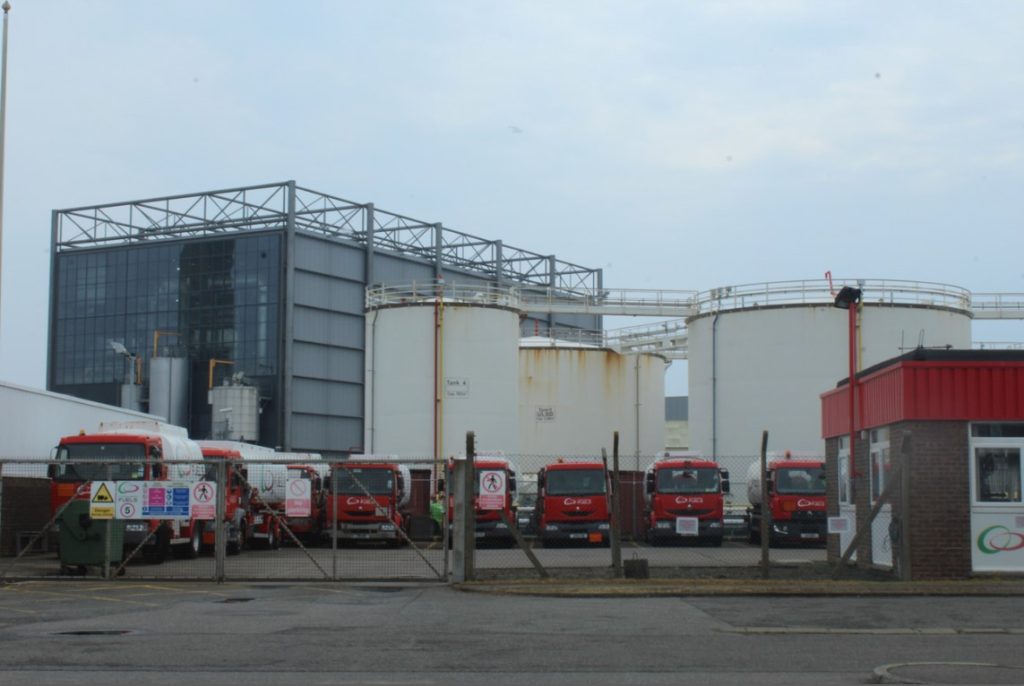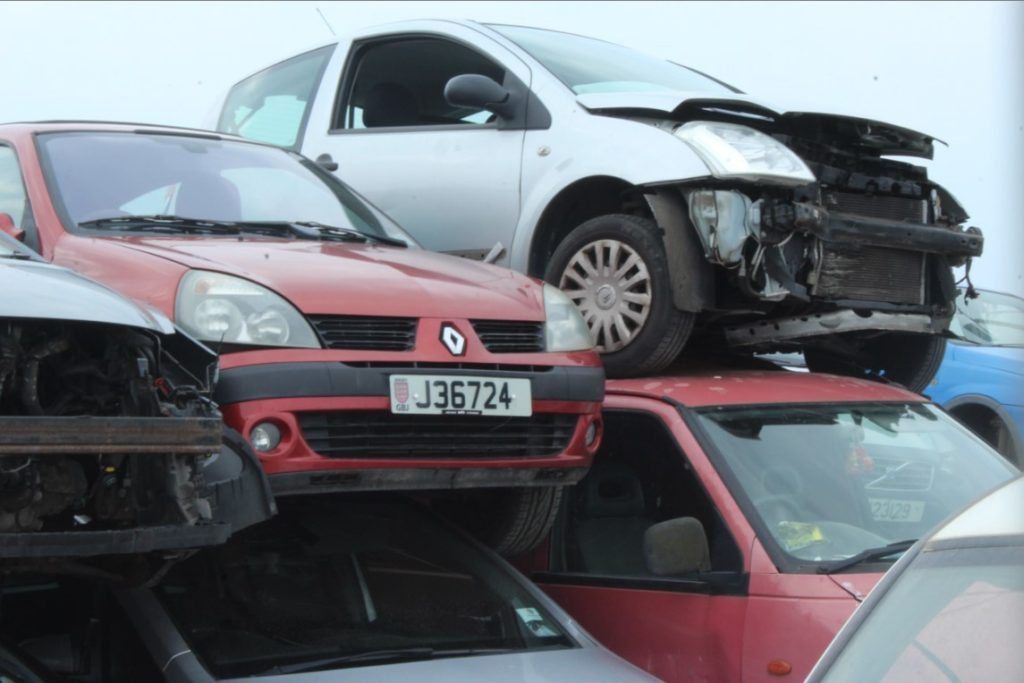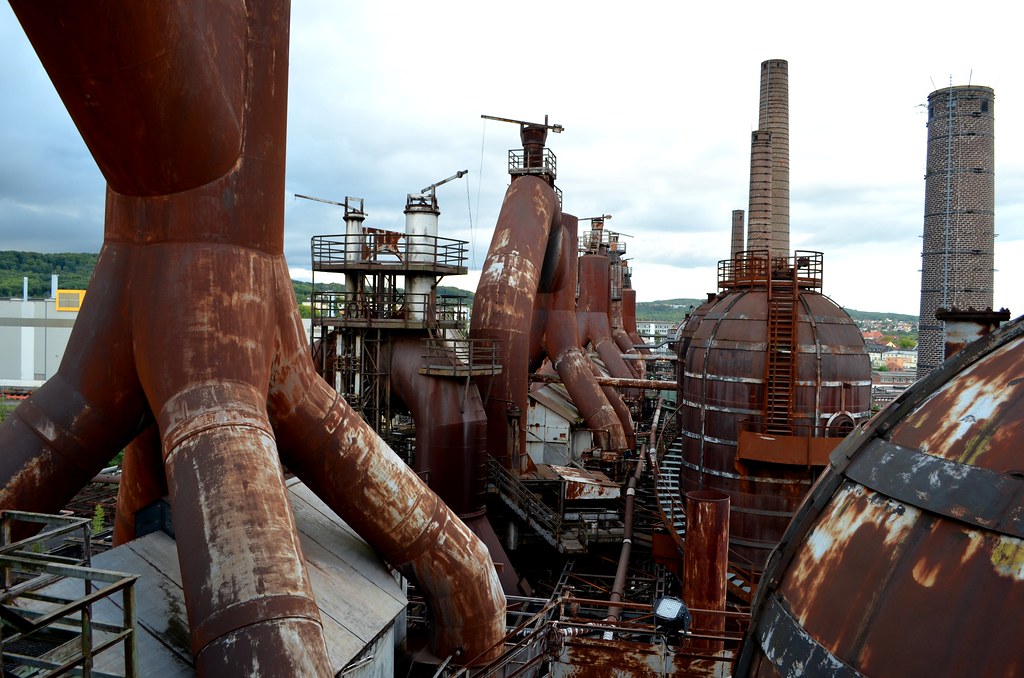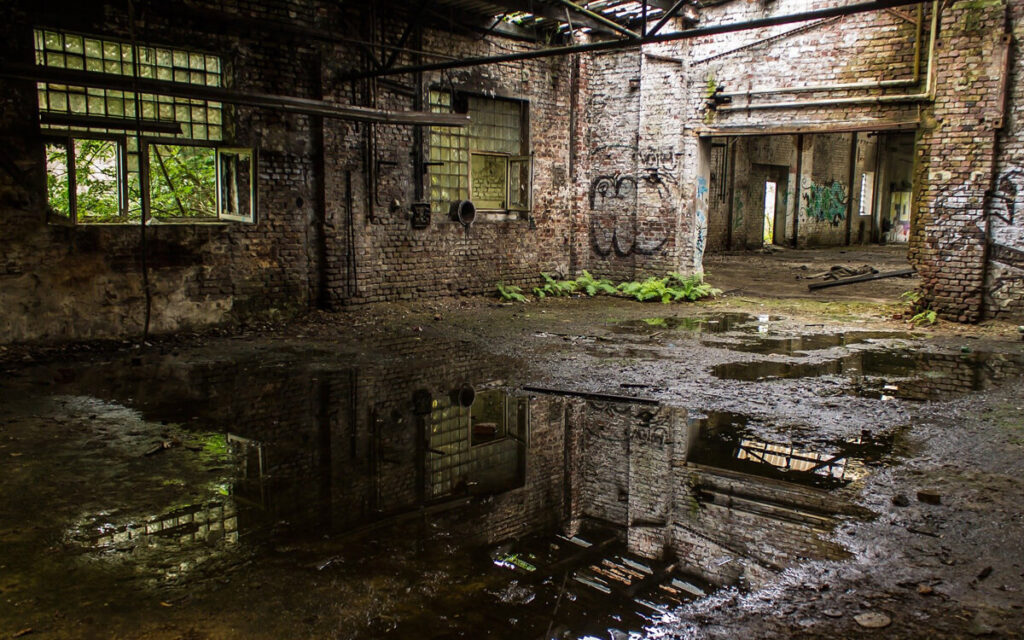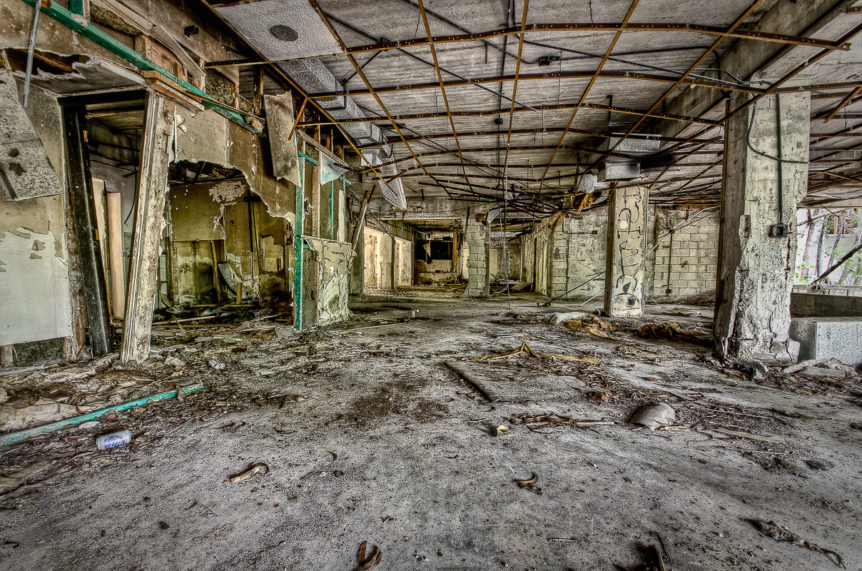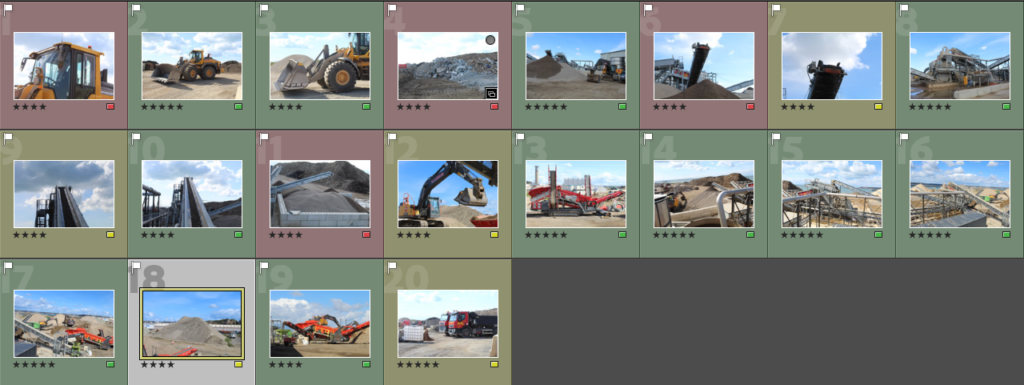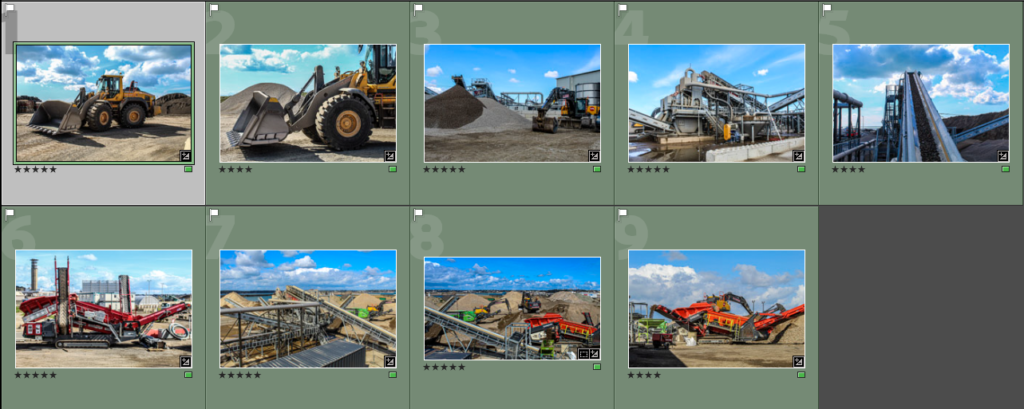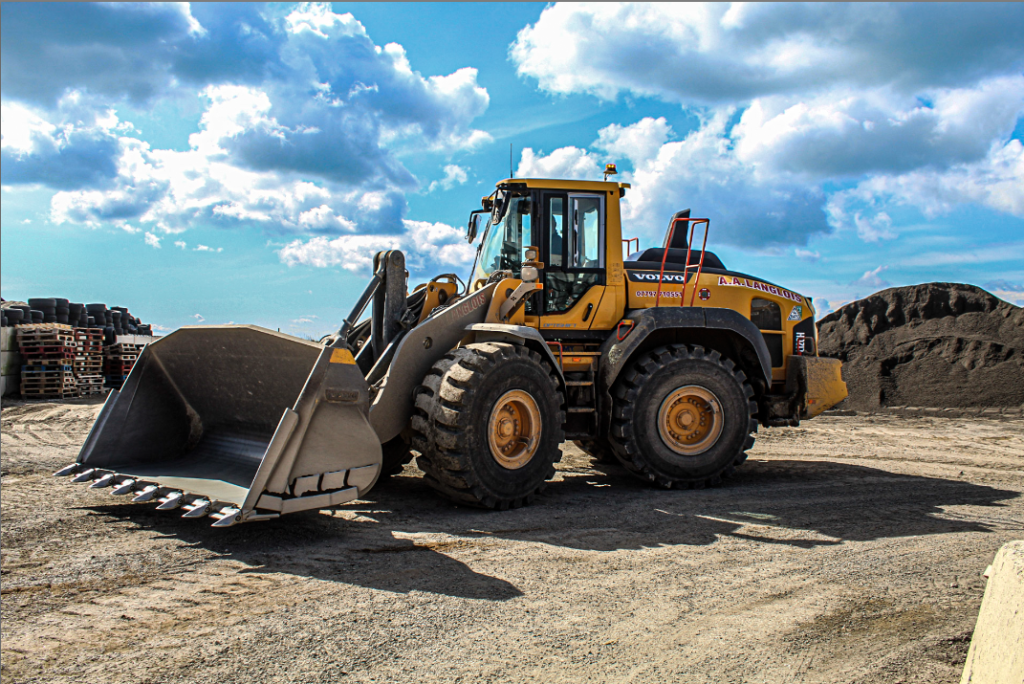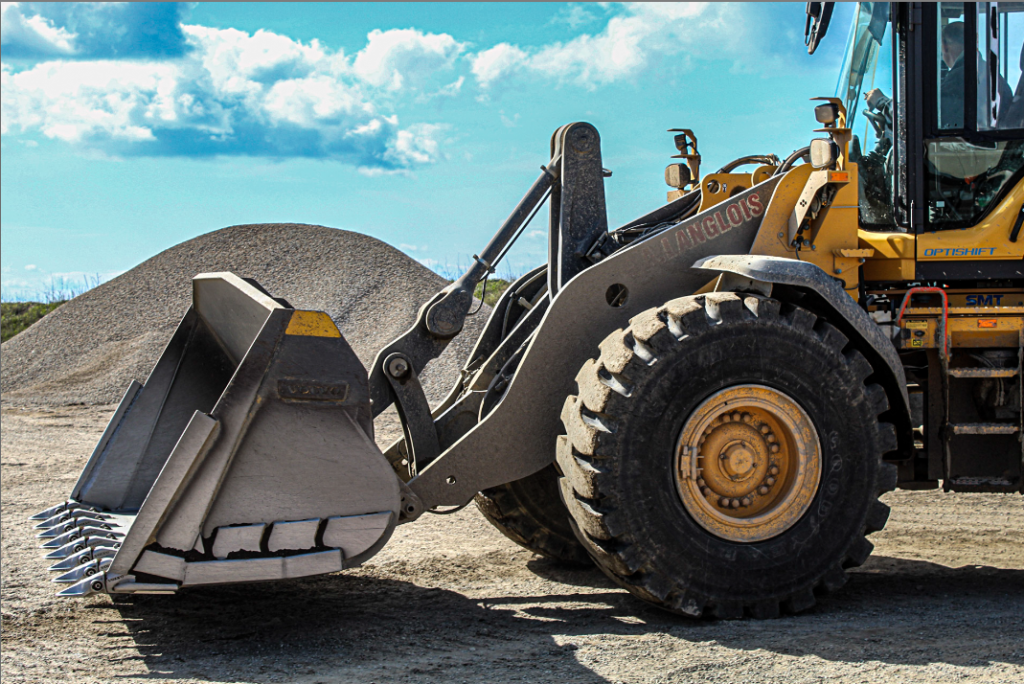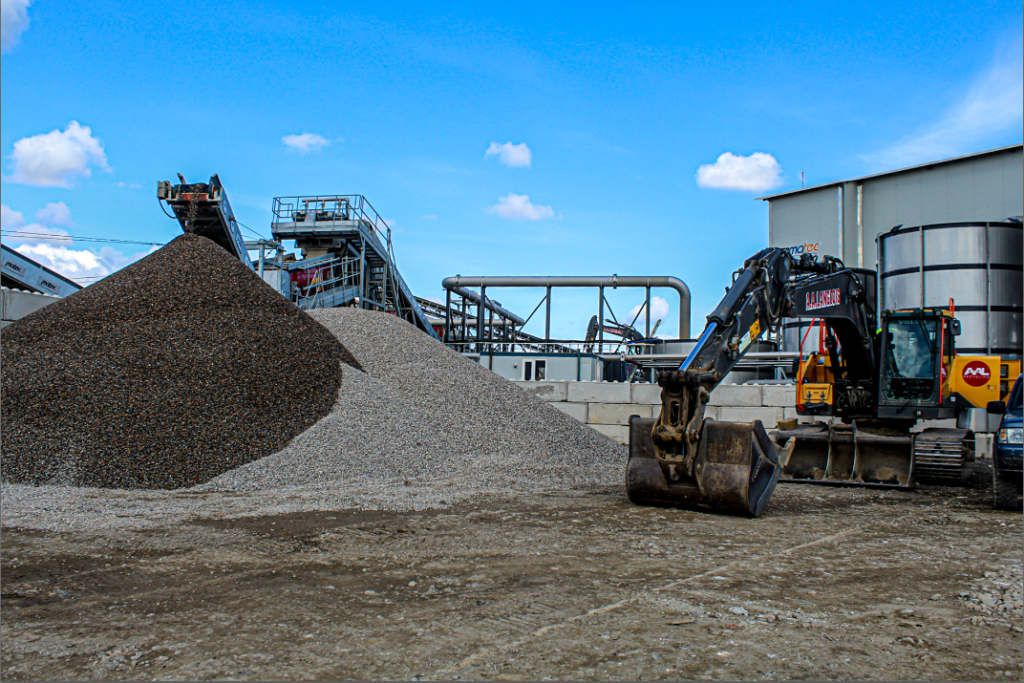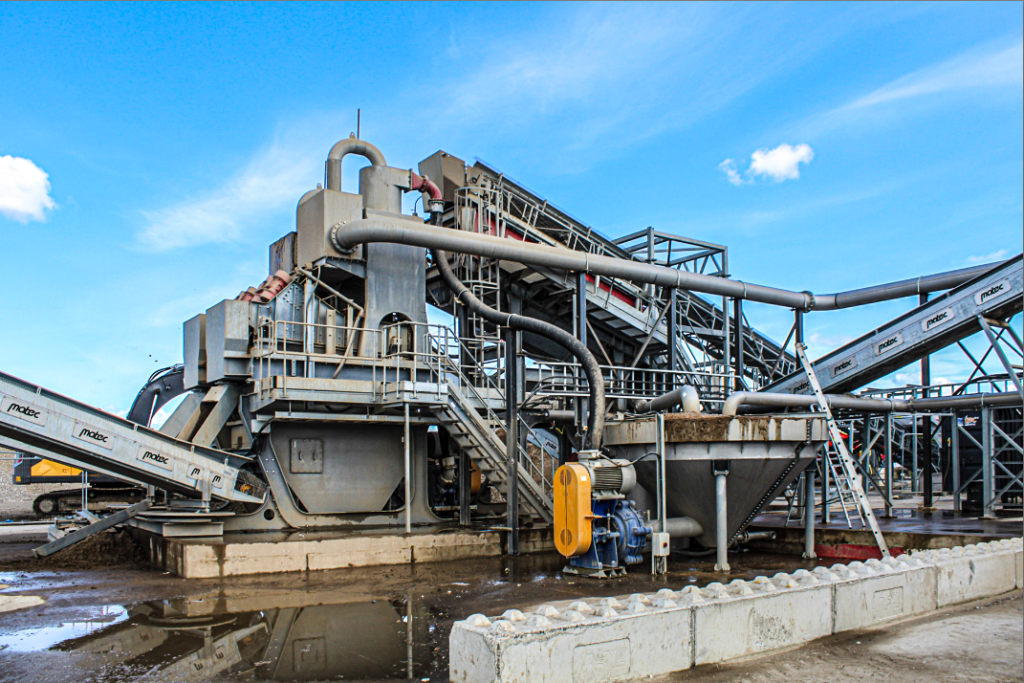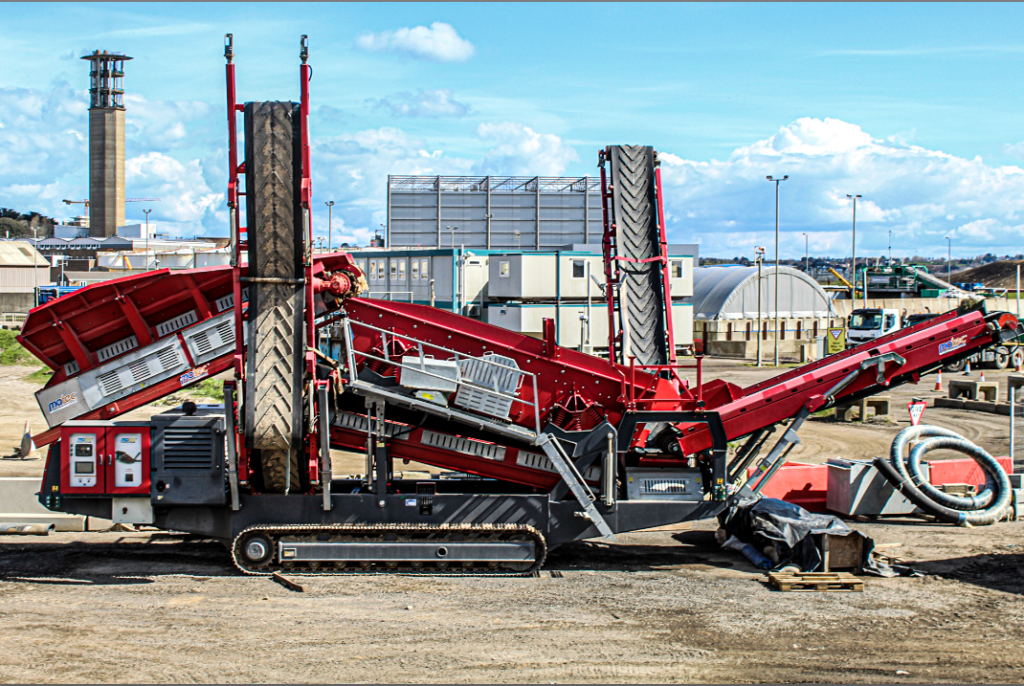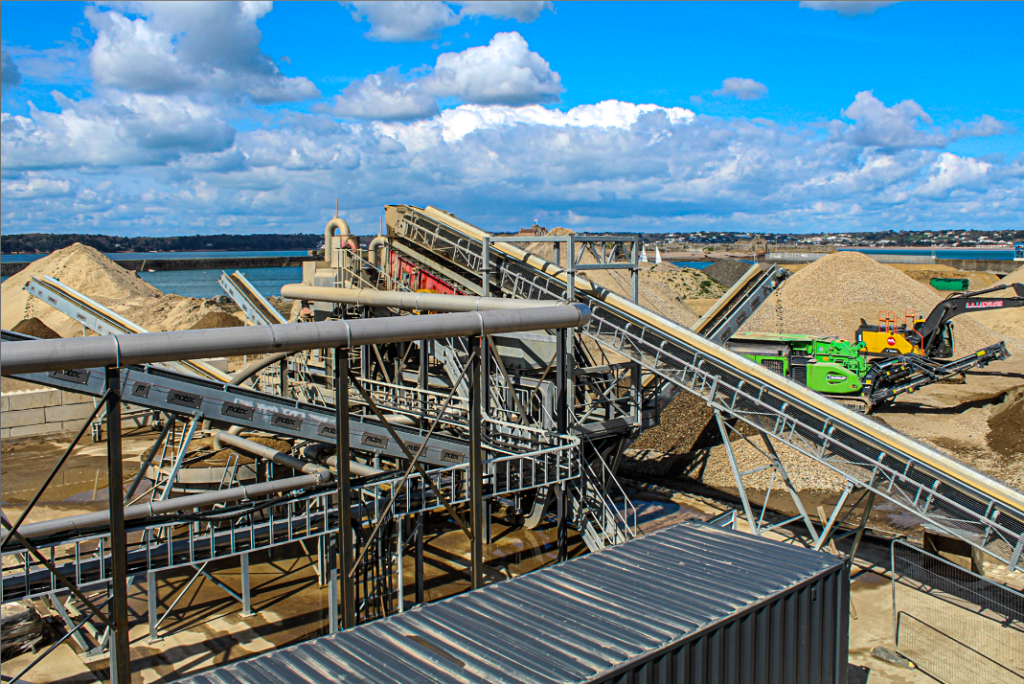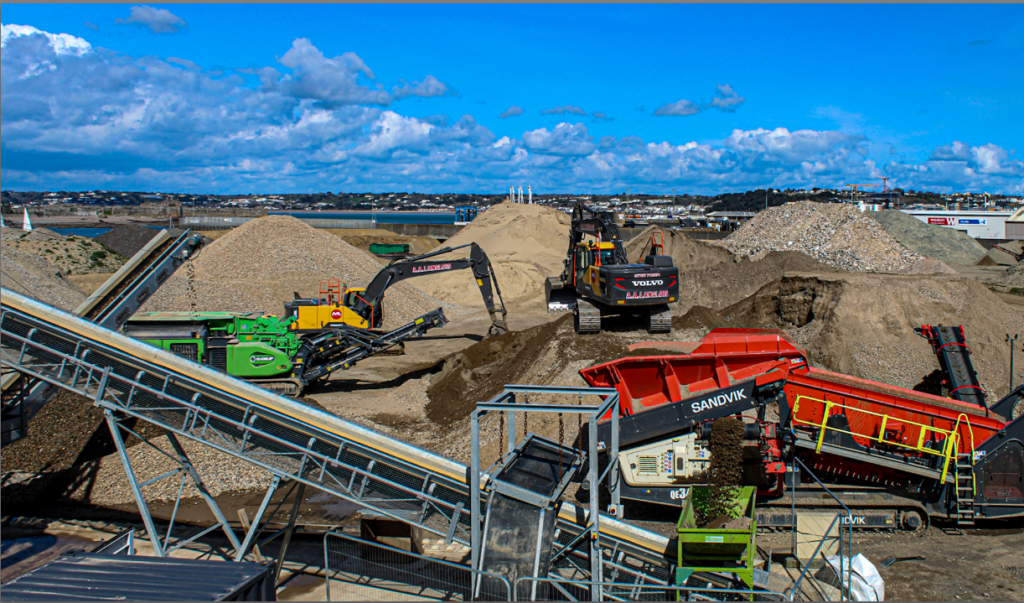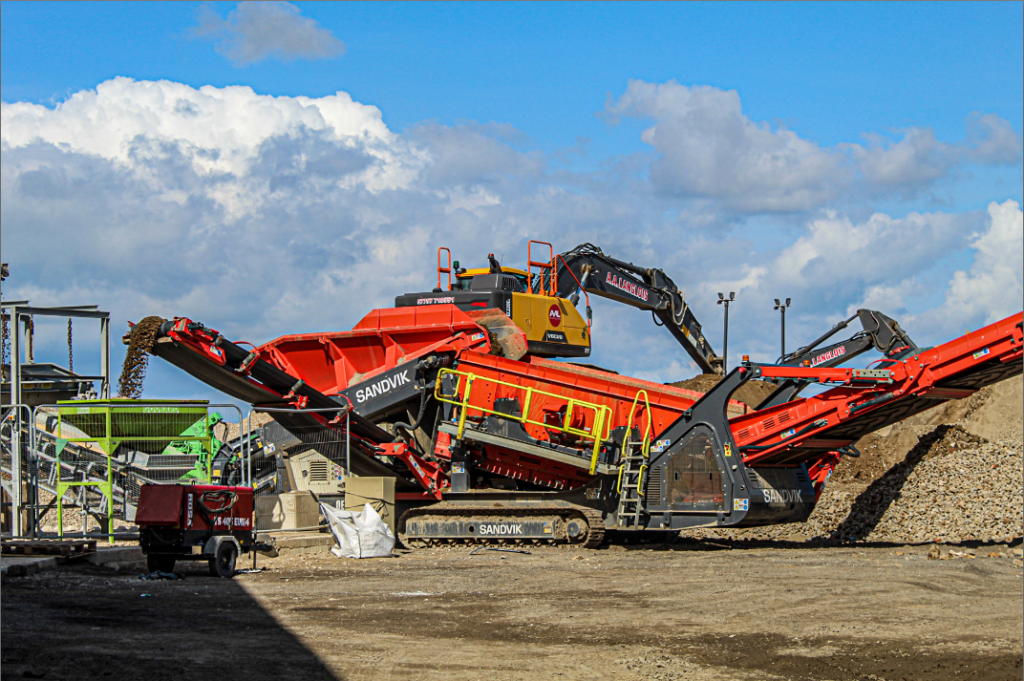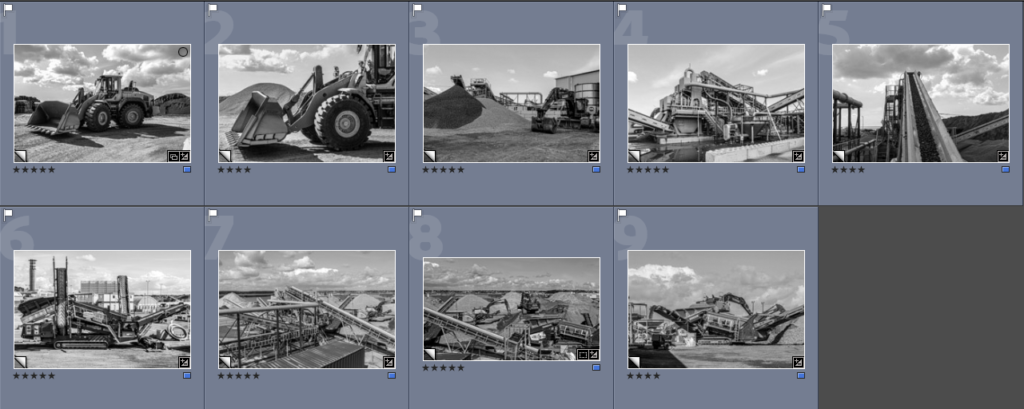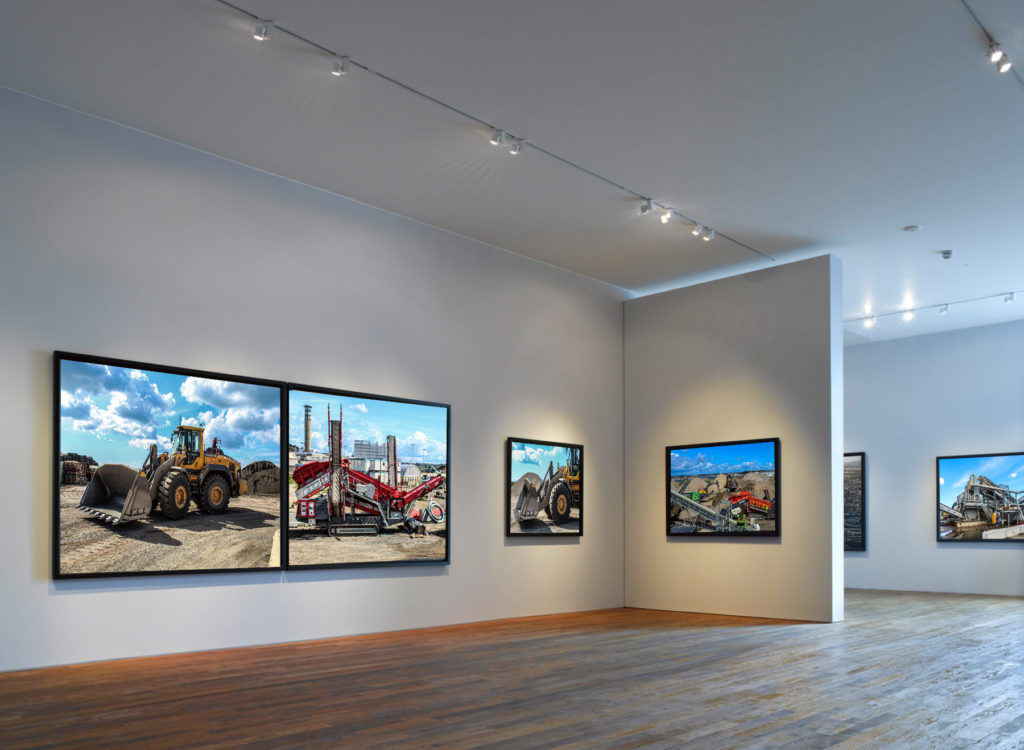Gabriele Basilico
The self-proclaimed “measurer of space” was born in Milan in 1944. He originally pursued the career of an architect, however was unsuccessful. As a photographer, he started out with landscapes, later shifting his focus to architectural photography due to his previous study of the subject. He received international fame in 1982 for his photographic report of the development of industrial areas in Milan, “Ritratti di Fabbriche, Sugarco“. His work even helped to document events of war on the Lebanese capital of Beirut. He is regarded as one of the most famous Italian photographers ever due to his great number of locations he has worked in.
Ansel Adams
Some consider him to be the grandfather of landscape photography. His work is widely known as it is some of the first of its kind. I would enjoy trying to replicate his work. He was an American landscape photographer and environmentalist known for his black-and-white images of the American West. He helped found Group f/64, an association of photographers advocating “pure” photography which favoured sharp focus and the use of the full tonal range of a photograph. He and Fred Archer developed an exacting system of image-making called the Zone System, a method of achieving a desired final print through a deeply technical understanding of how tonal range is recorded and developed during exposure, negative development, and printing. The resulting clarity and depth of such images characterized his photography. My only planned reference to him thus far will be to use his method of manipulating the sky. He used a technique to make the sky appear much darker than what was authentic. I like this effect as it adds a depth of mystery to the images.
Frank Gohlke
Frank Gohlke is an American landscape photographer. His work is included in numerous permanent collections, including those of Museum of Modern Art, New York; the Metropolitan Museum of Art; and the Art Institute of Chicago. During a career spanning nearly five decades, Gohlke has photographed grain elevators in the American midwest; the aftermath of a 1979 tornado in his hometown of Wichita Falls, Texas; changes in the land around Mount St. Helens during the decade following its 1980 eruption; agriculture in central France; and the wild apple forests of Kazakhstan. Due to these varied areas of speciality, I believe that Gohlke is a suitable and interesting Artist reference who could help influence some of my work.
https://www.howardgreenberg.com/artists/frank-gohlke
Tomás Cambas
Tomás Cambas was born in Buenos Aires on August 17, 1989.
He is a graduate of the Colegio Nacional de Buenos Aires. He studied photography at the David Beniluz School. He conducted a work clinic with Eduardo Gil, Juan Travnik, Santiago Porter and Alberto Goldenstein. He was selected for the 2014, 2015 and 2017 editions of the National Fund for the Arts “Francisco Ayerza” awards, for the “Itaú Cultural de Artes Visuales” award in 2016, and for the “Arte x Arte” award at the 2018. He was also selected in the same year for the Luz del Norte award. In 2019 he was selected for the UNNE Award for Visual Arts. Currently, he studies Plastic Arts at the University of Buenos Aires and attends a construction clinic with Walter Barrios.He lives and works in Buenos Aires. Personally, I find Cambas’ “The Square Kingdom” collection the most interesting, due to the colour variations and contrast. His use of simple, yet intriguing areas to photograph will most definitely be an influence to my imagery.
https://www.riseart.com/artist/39938/tomas-cambas
Image Analysis
Adams
This style of imagery has a very strong impact, a result of the strong angles and contrasting colours, even though the image is black and white. There is a visible clash between the dark sky and the white snow, a feature of photographs I will try to replicate. The scale of this image is also executed very well.
Cambas
The use of colour here is very interesting. The subtle dark maroon and black are perfectly sided by the hint of green spray paint, resulting in a powerful photograph I am hoping to include in my work.
Basilico
The wide-angled lens used to take this photograph has provided a different meaning to how I see this image overall. On the left there is what looks to be a paved road which has been moderately looked after, but on the other side there seems to e a back alley that has not been touched by humans whatsoever in years. As a result of this, the bushes are overgrown and the road now contains potholes. A contrast between two very opposite sides.
Gohlke
This image shows a small village in the middle of a desert with an open sky overhead. There are huge railroad tracks striking through the middle of the image, which is clearly where the artist wants our attention to be drawn. Other than this, the rest of the image is rather empty.


